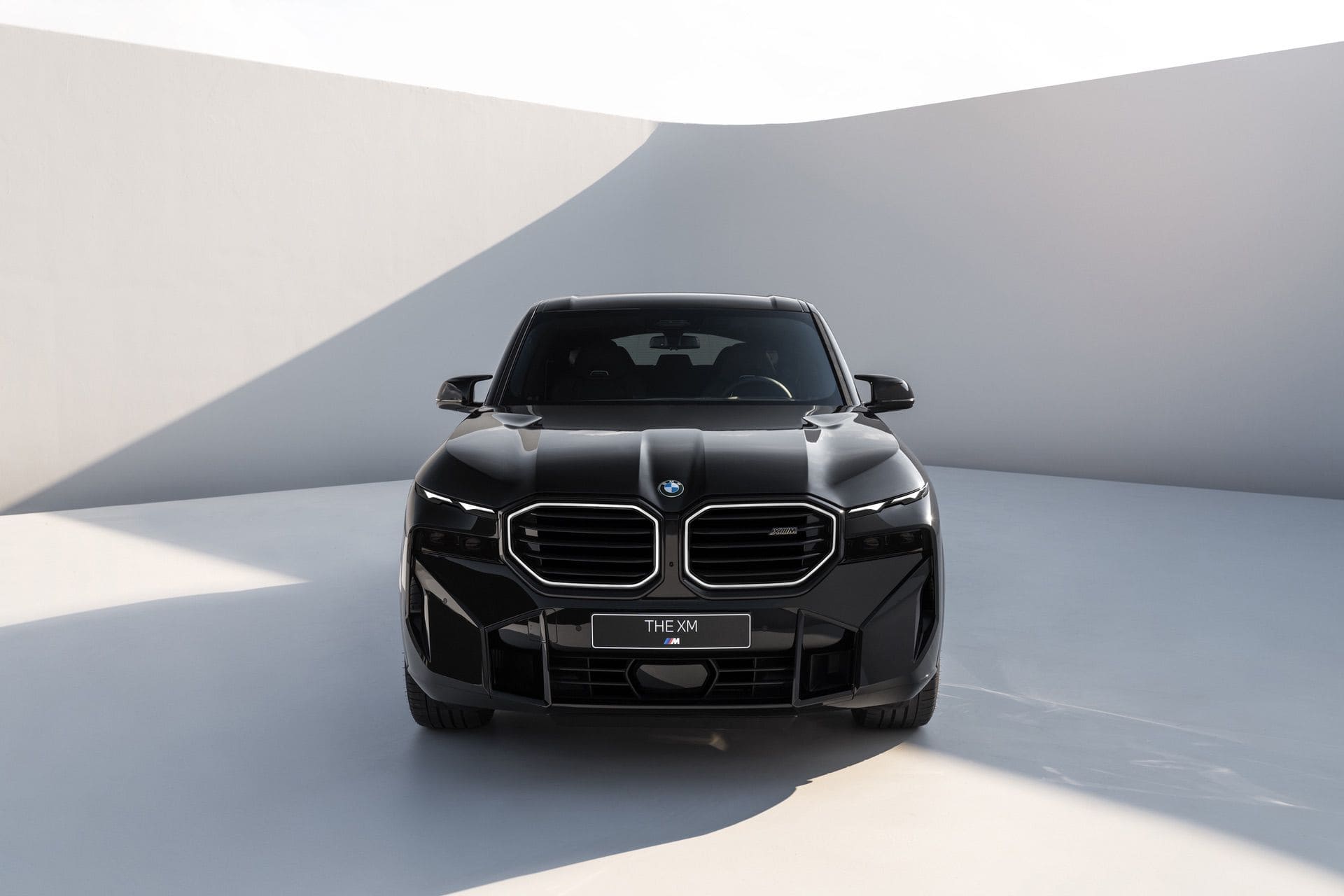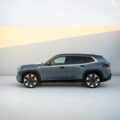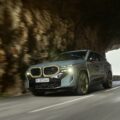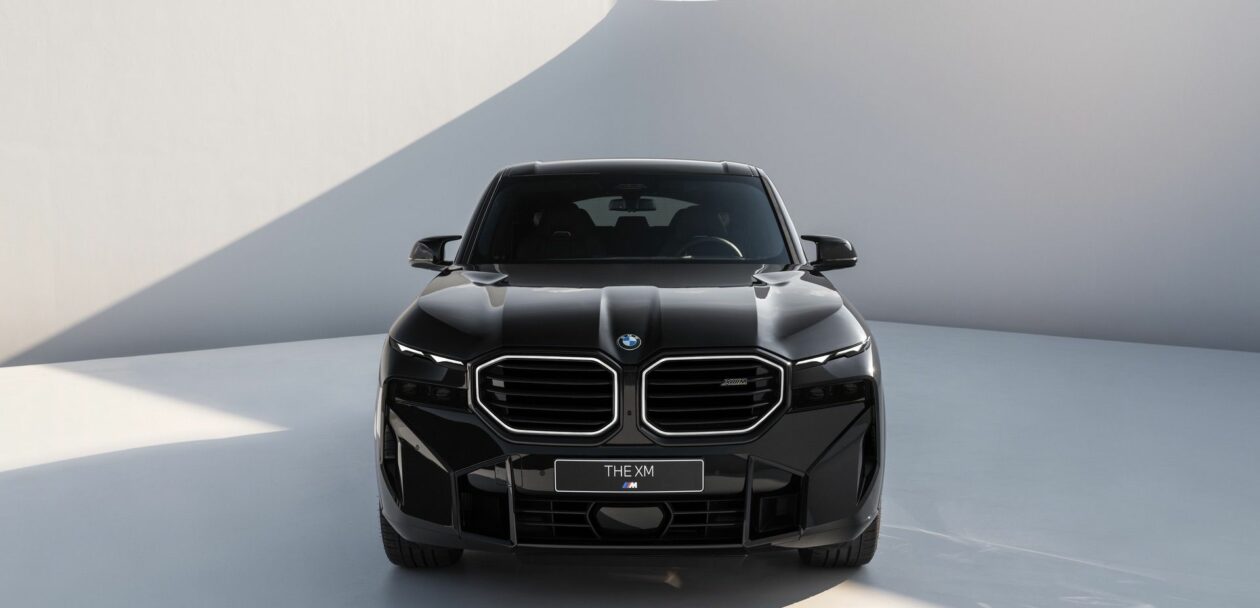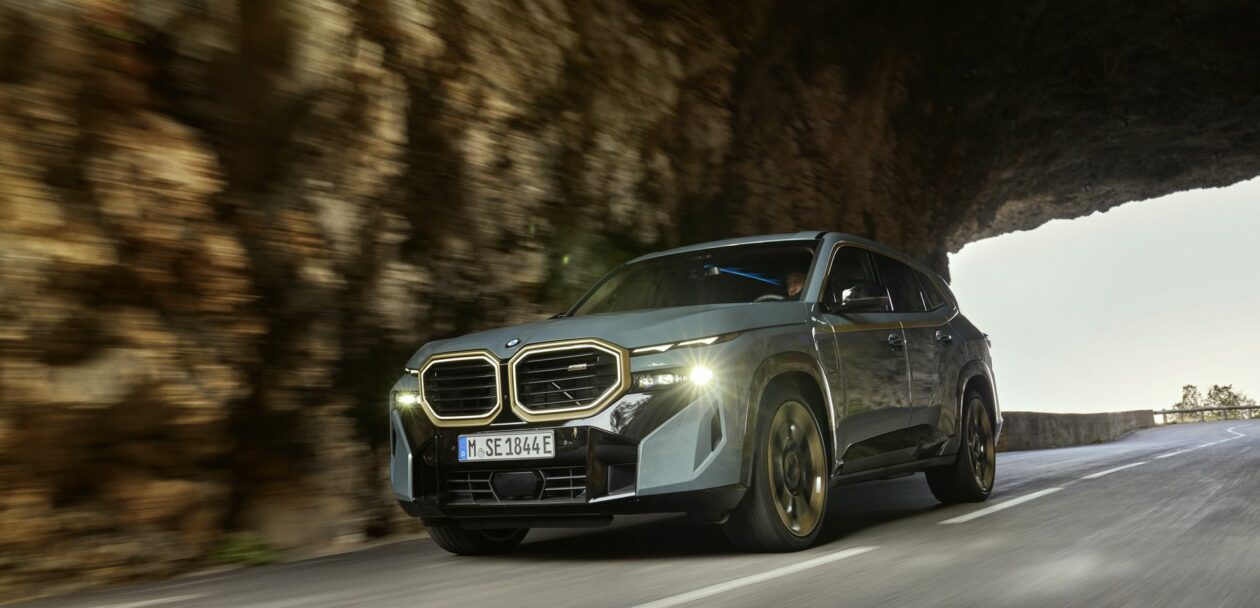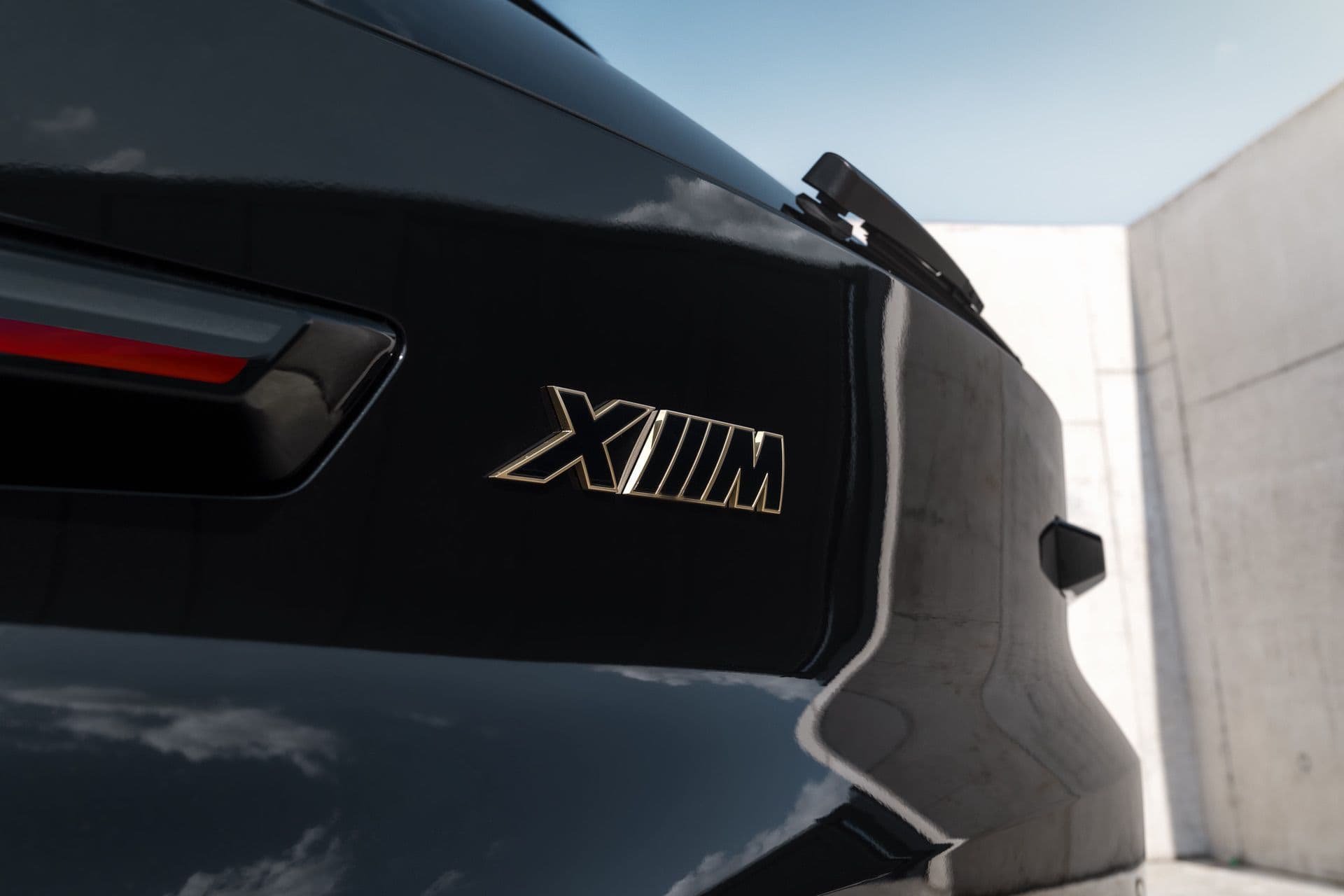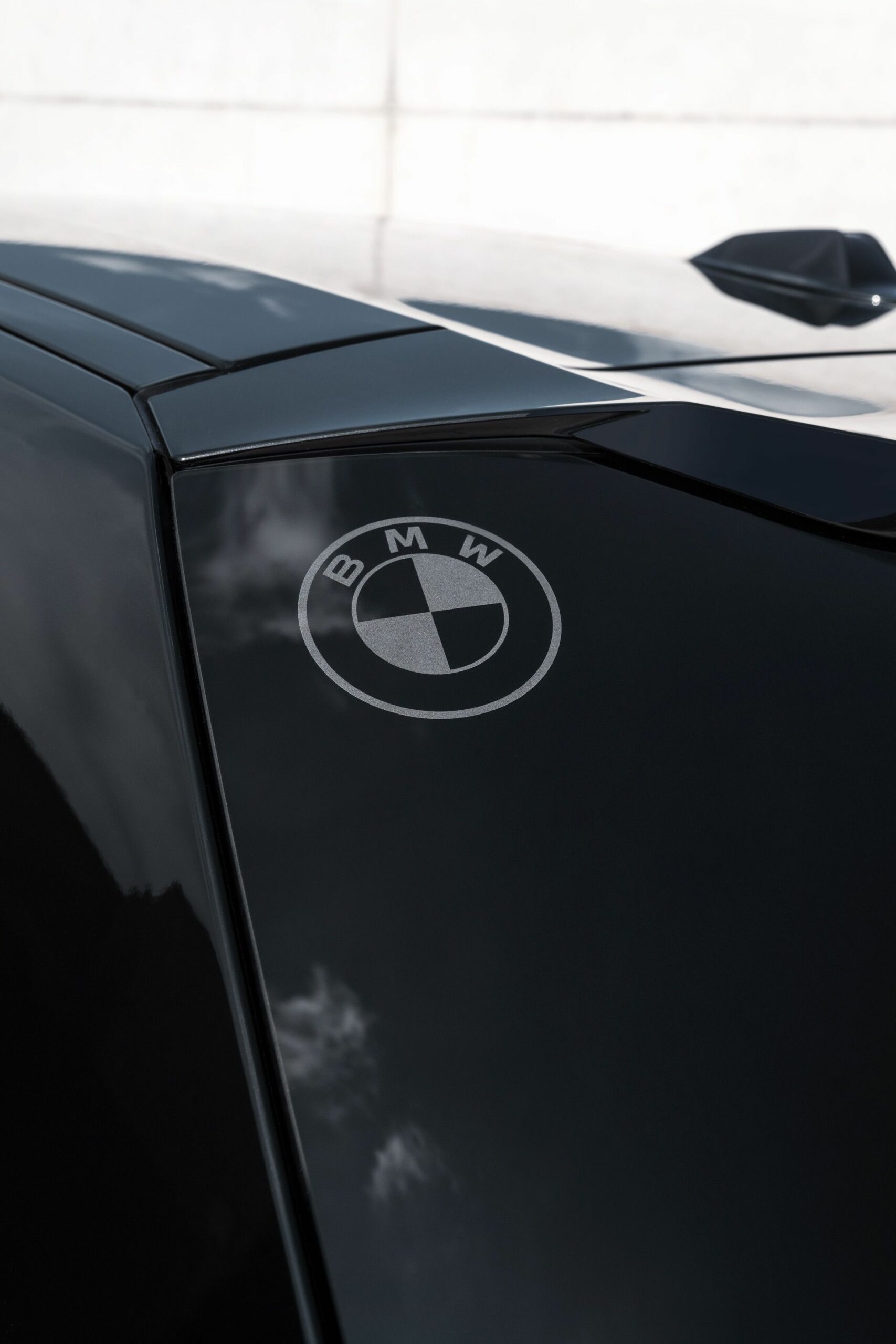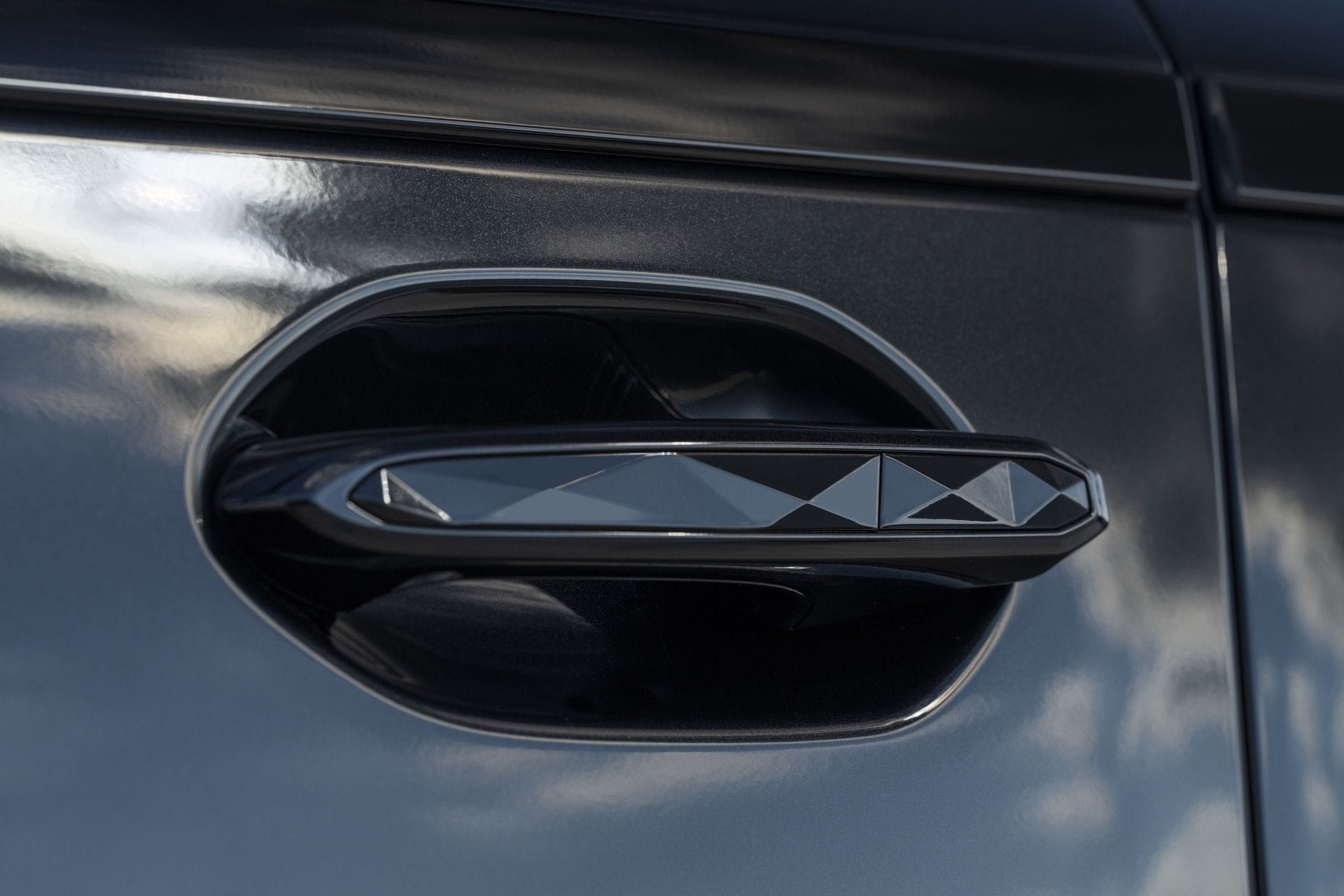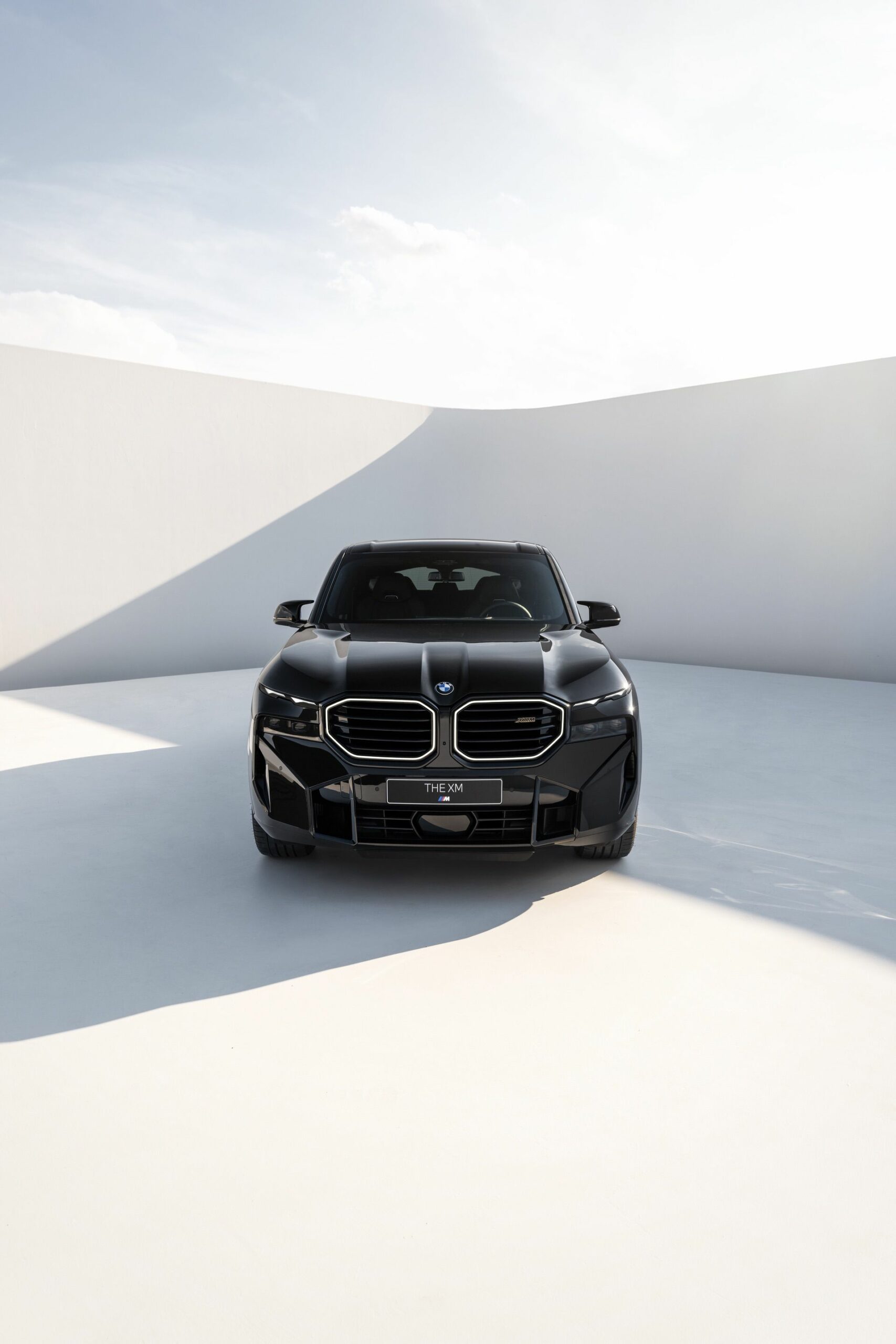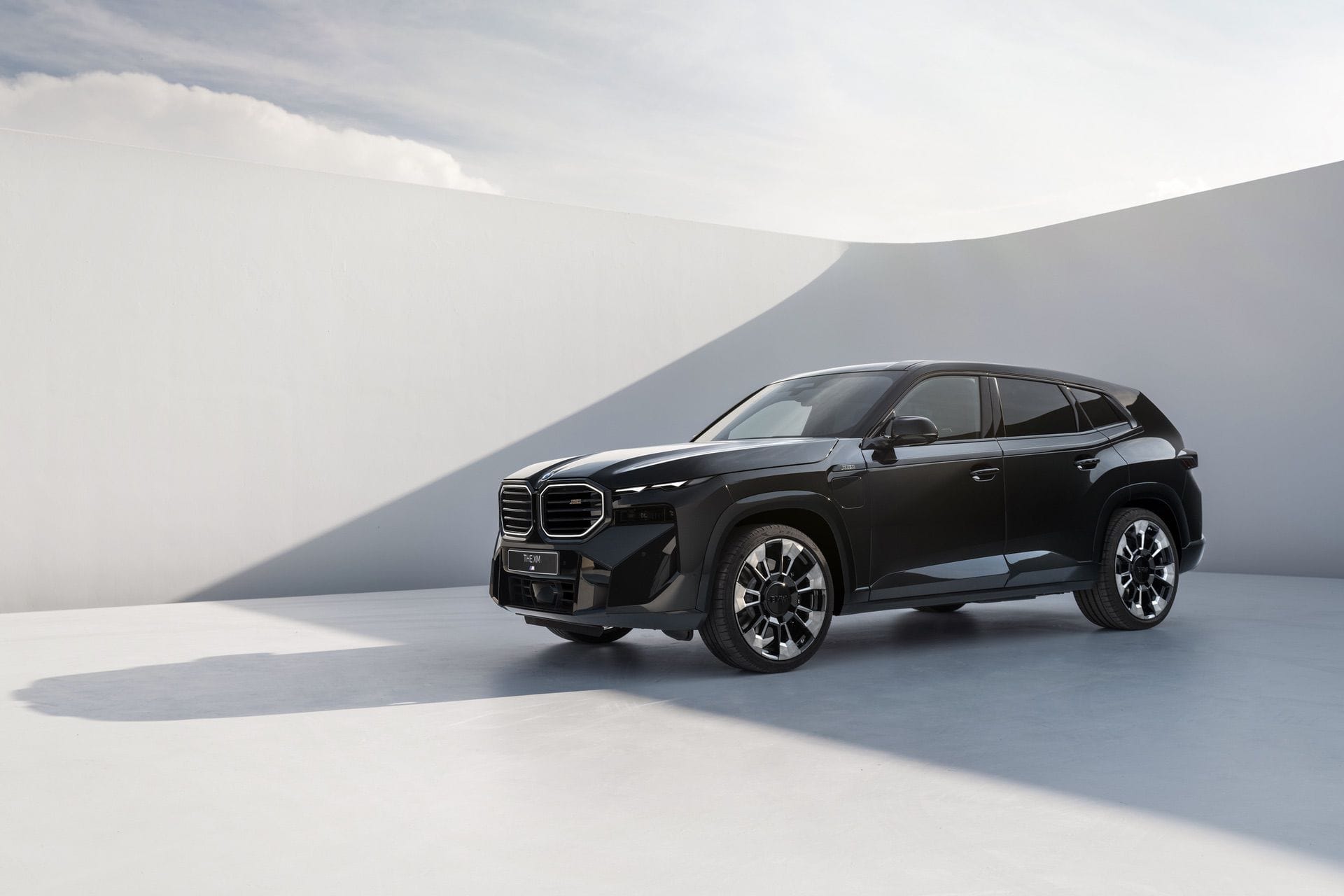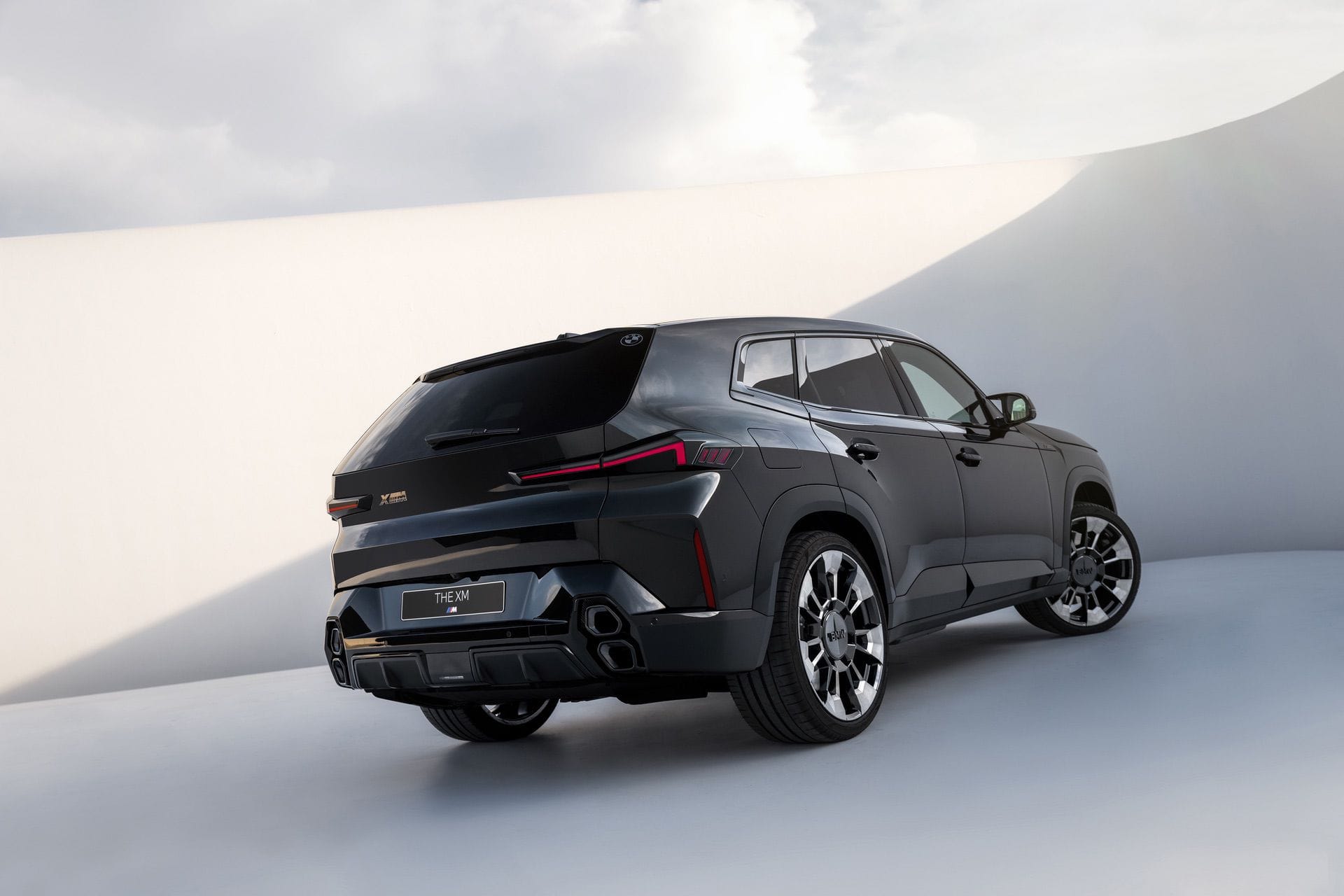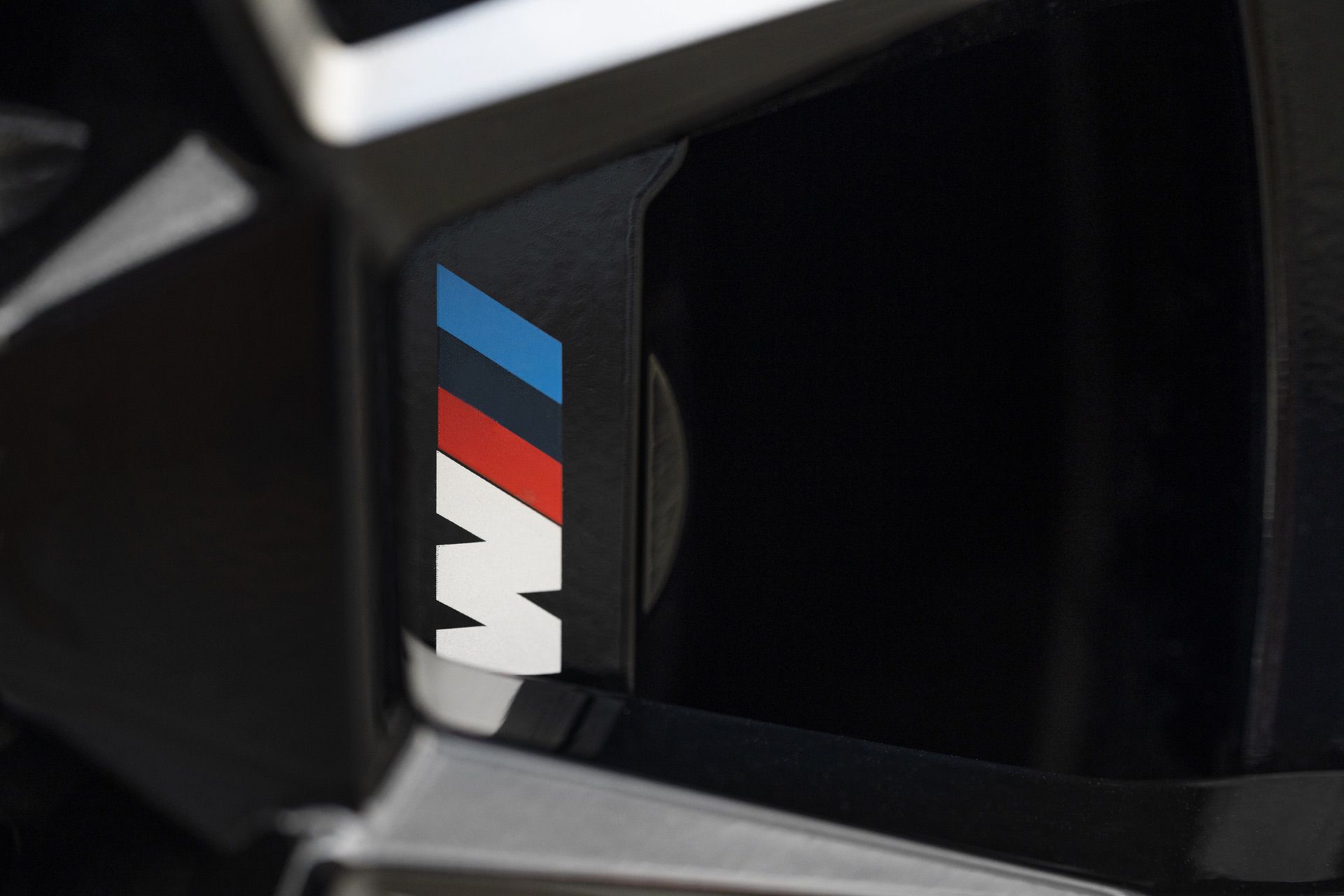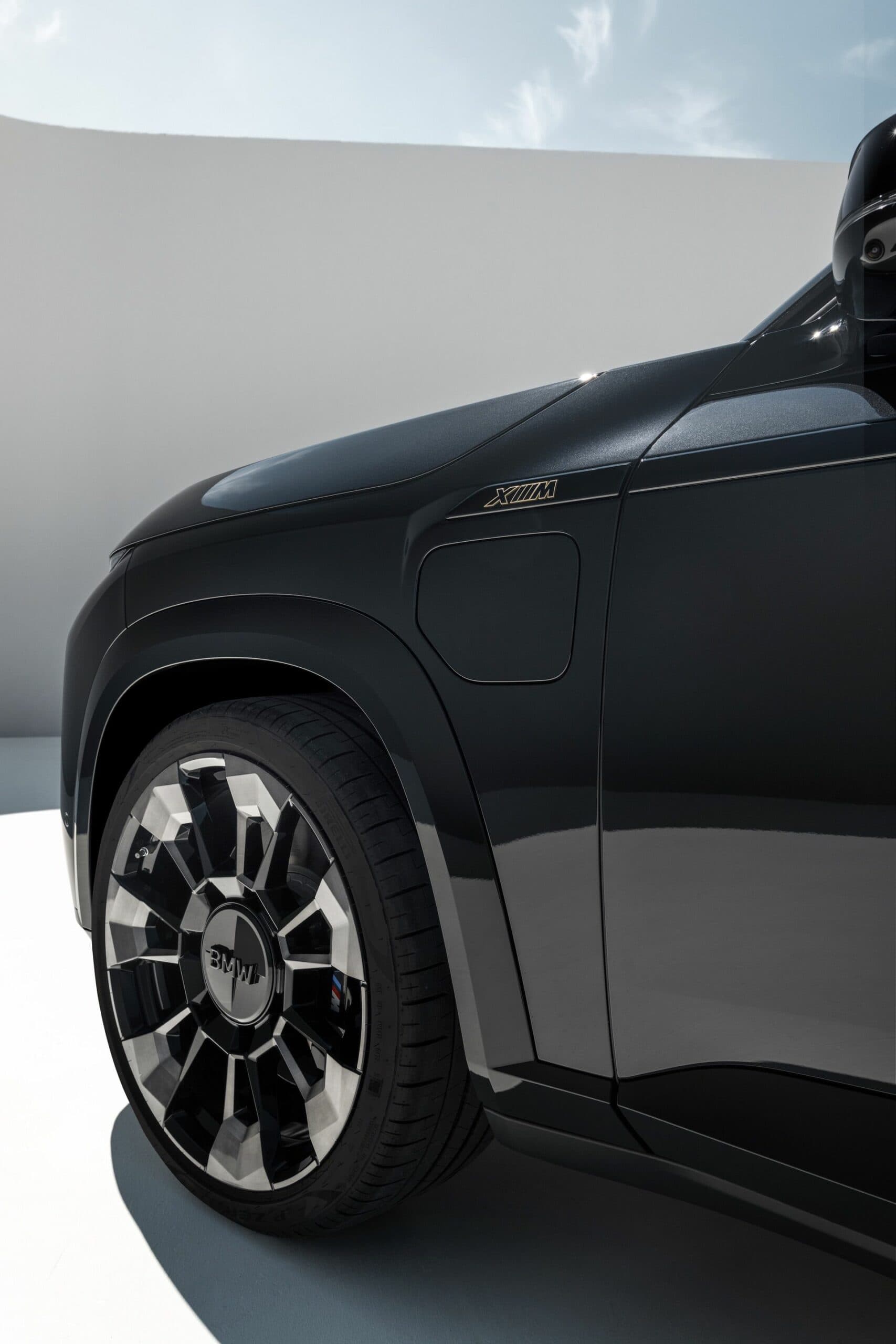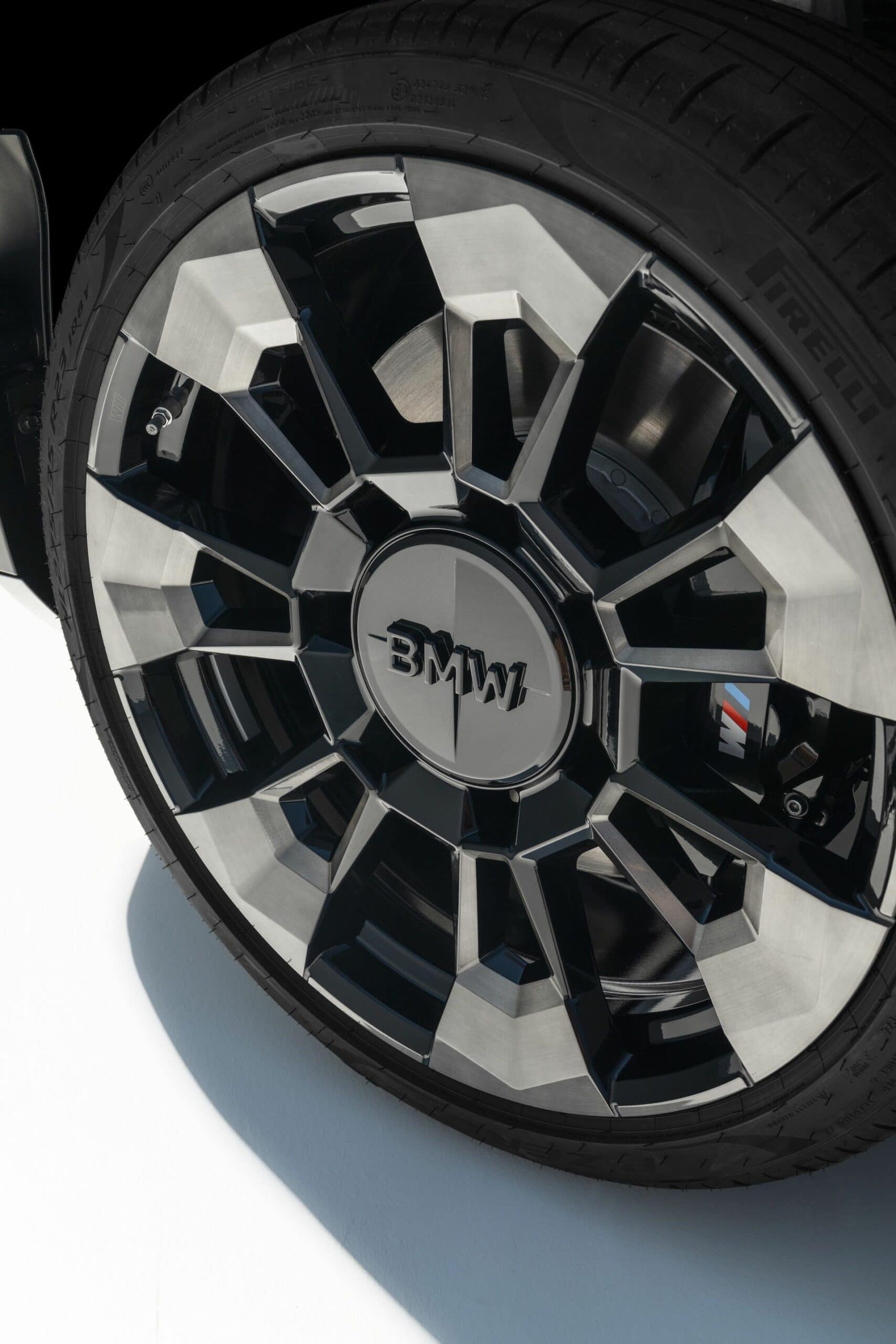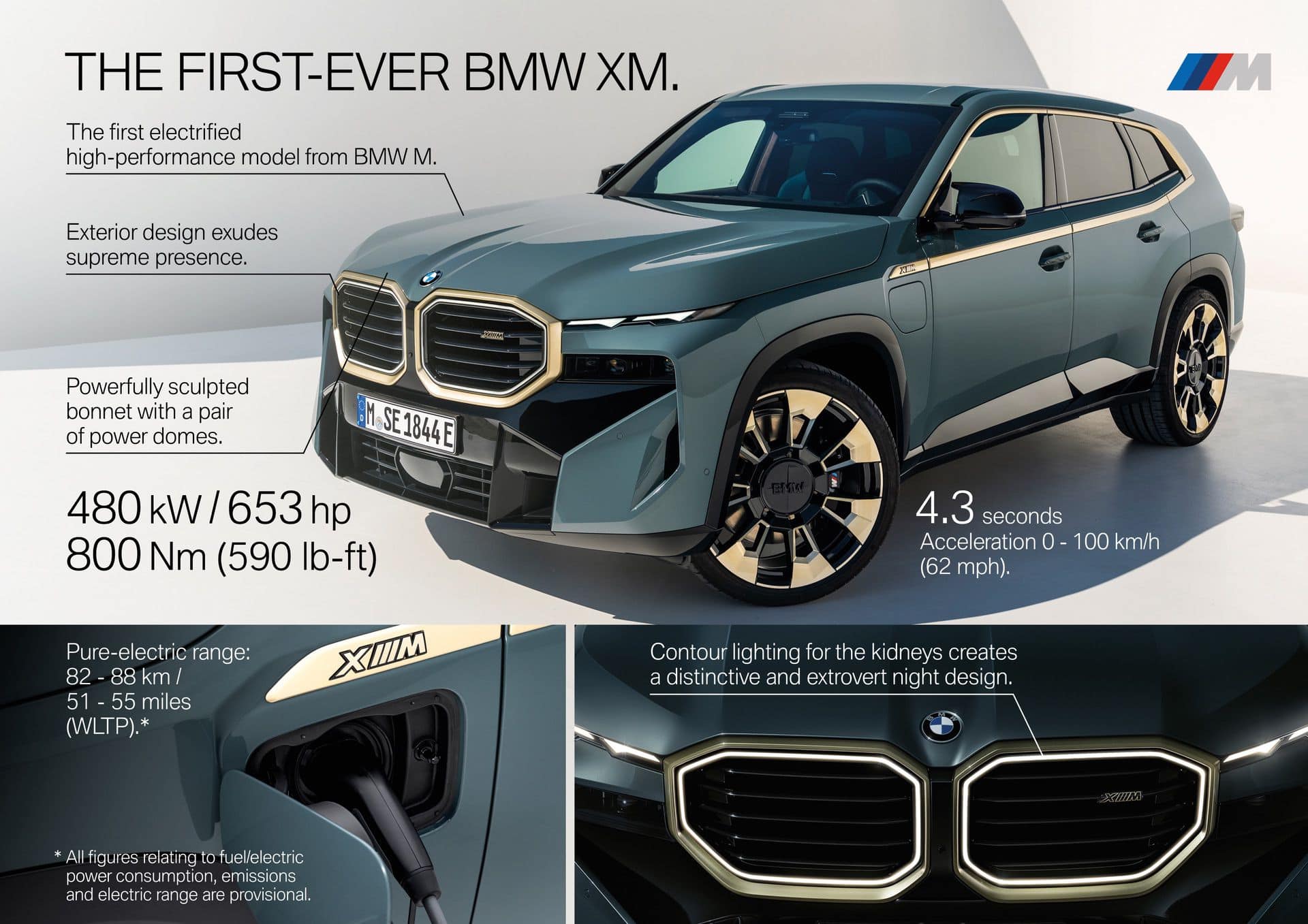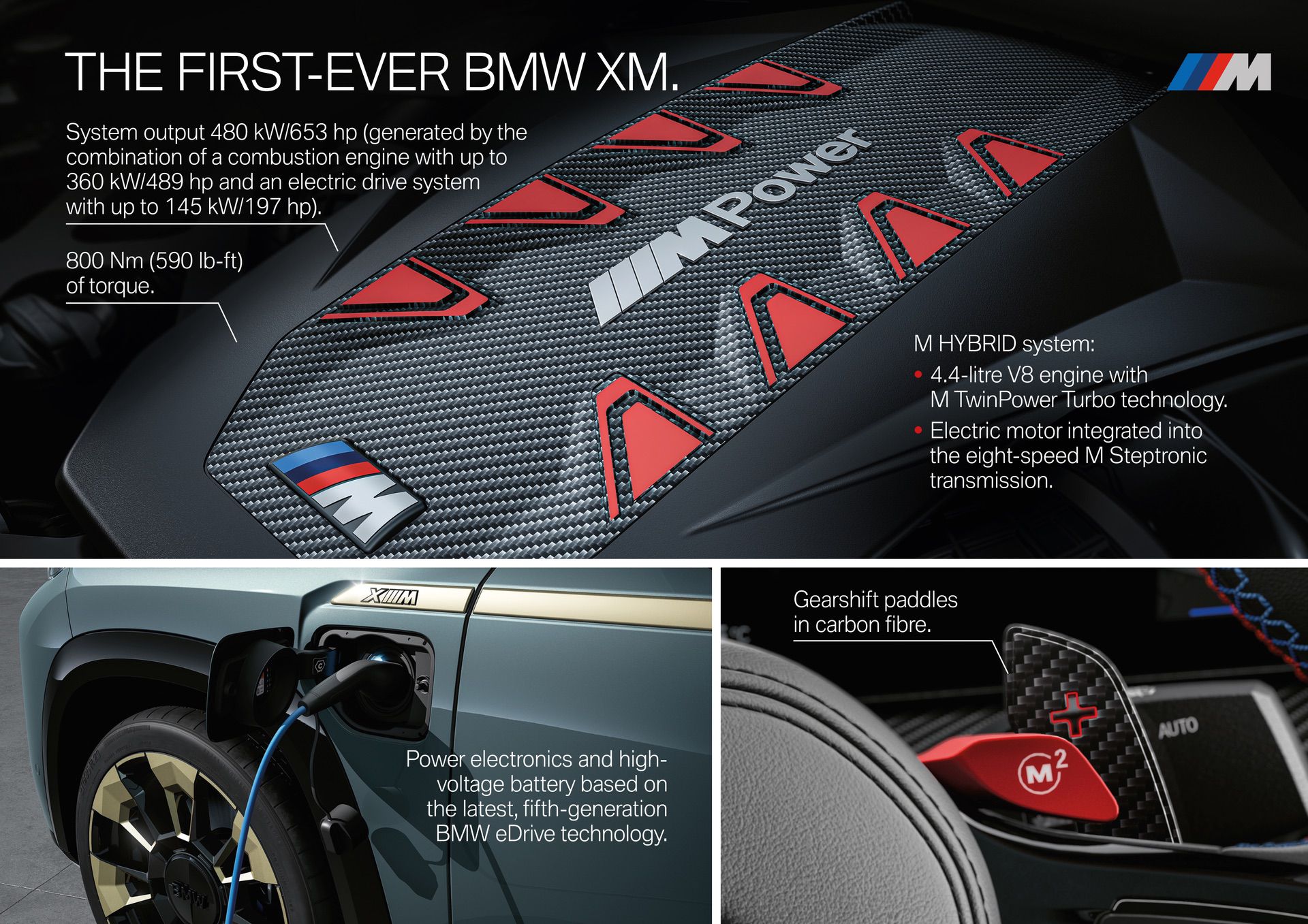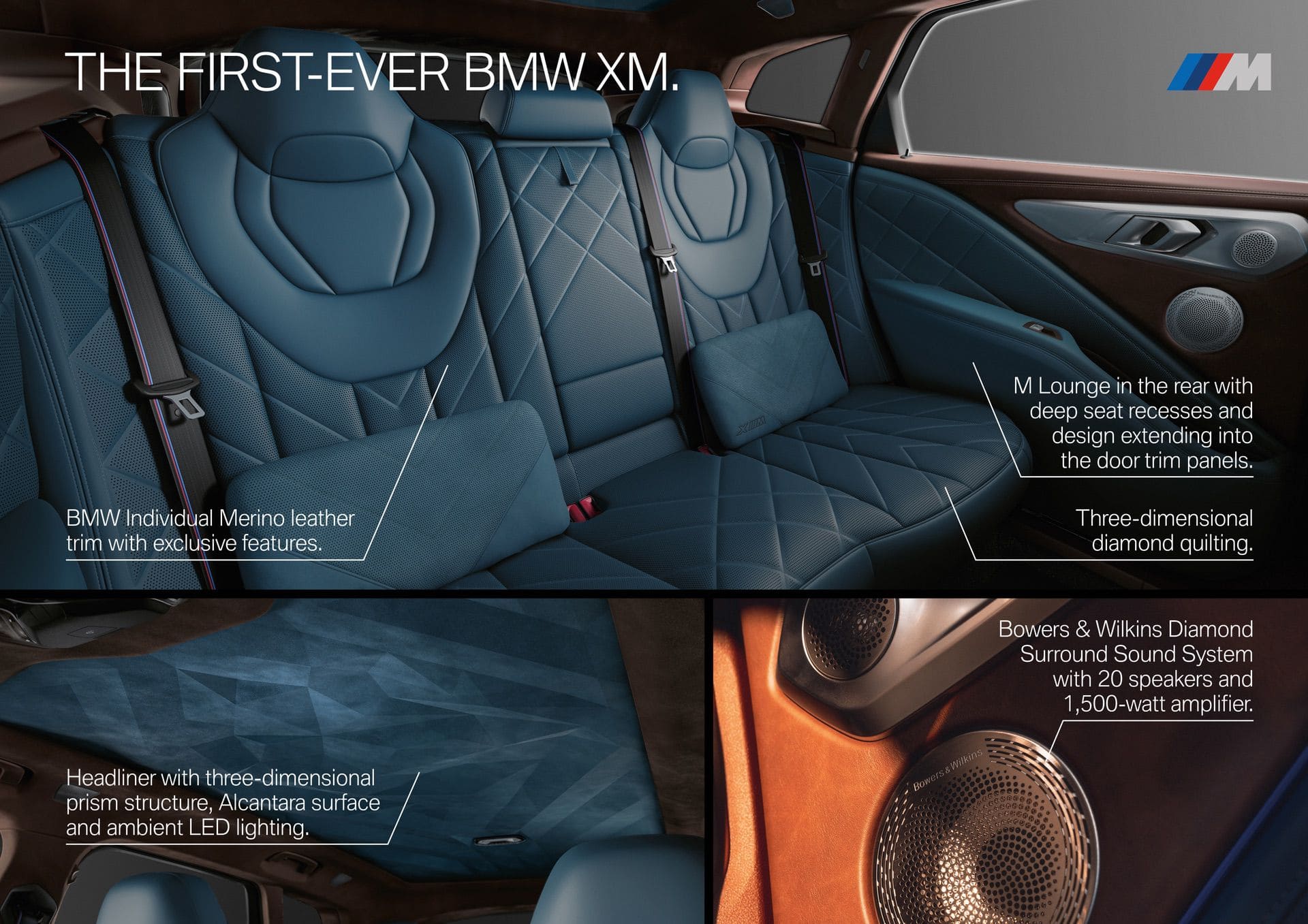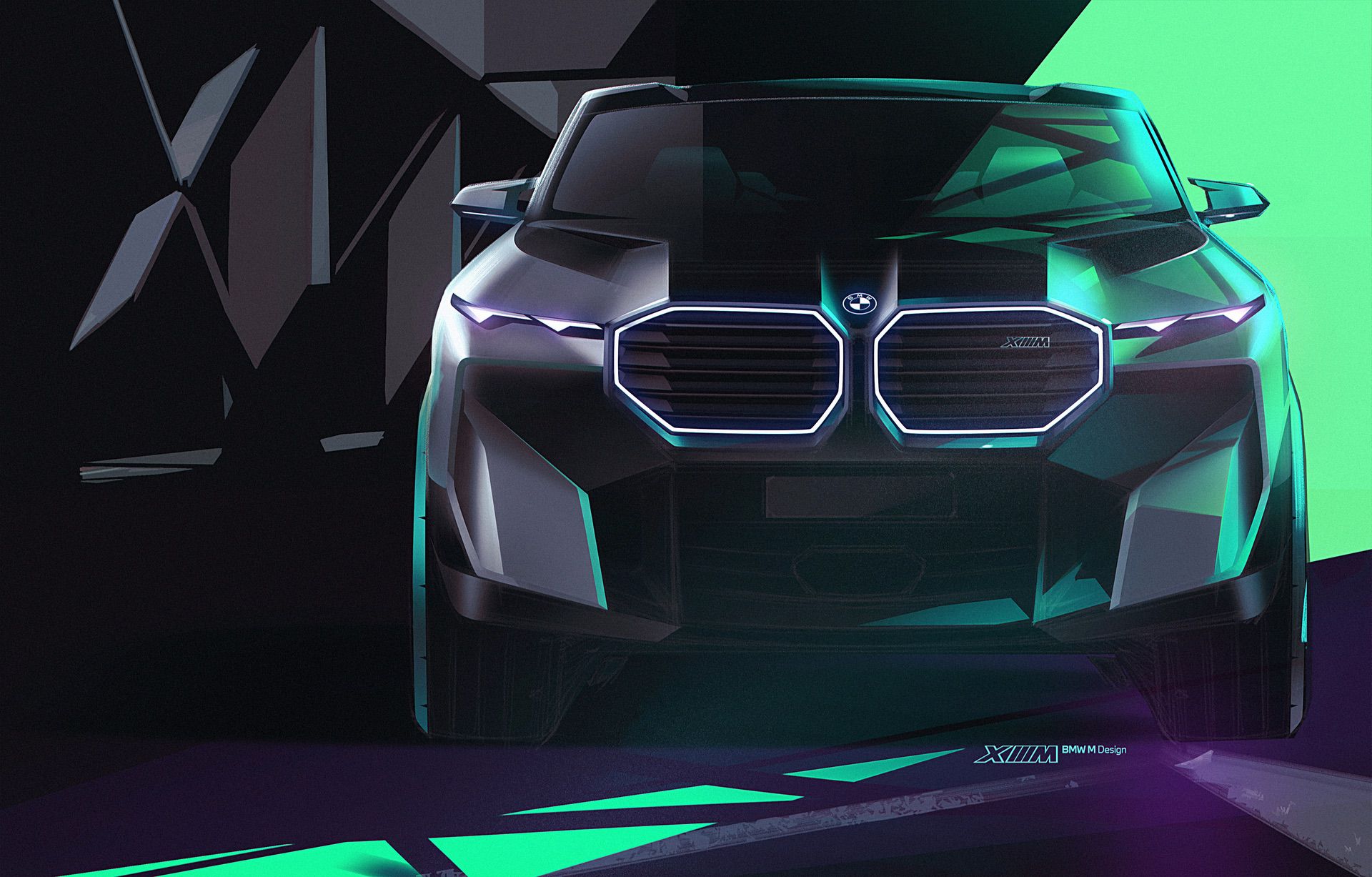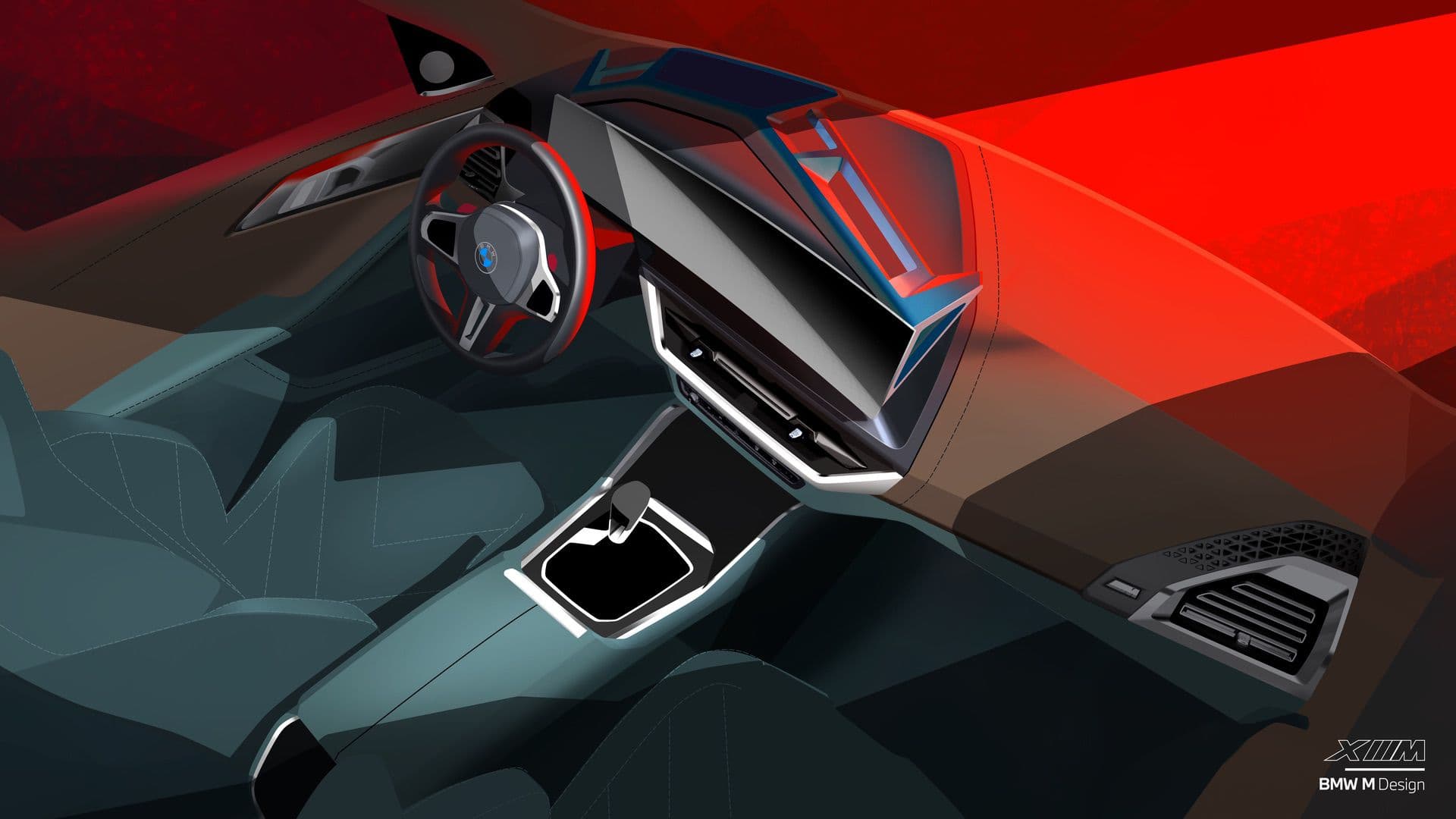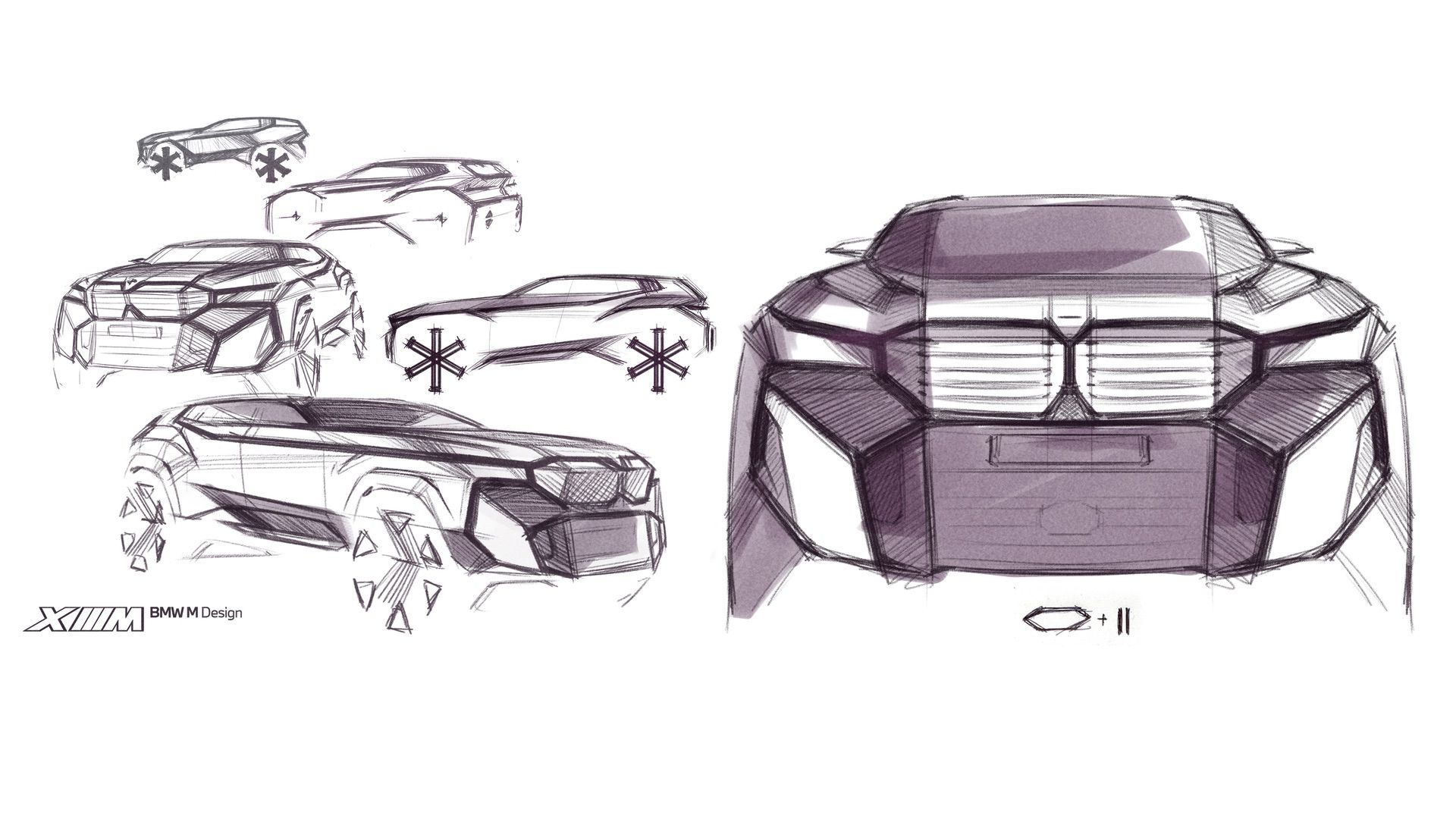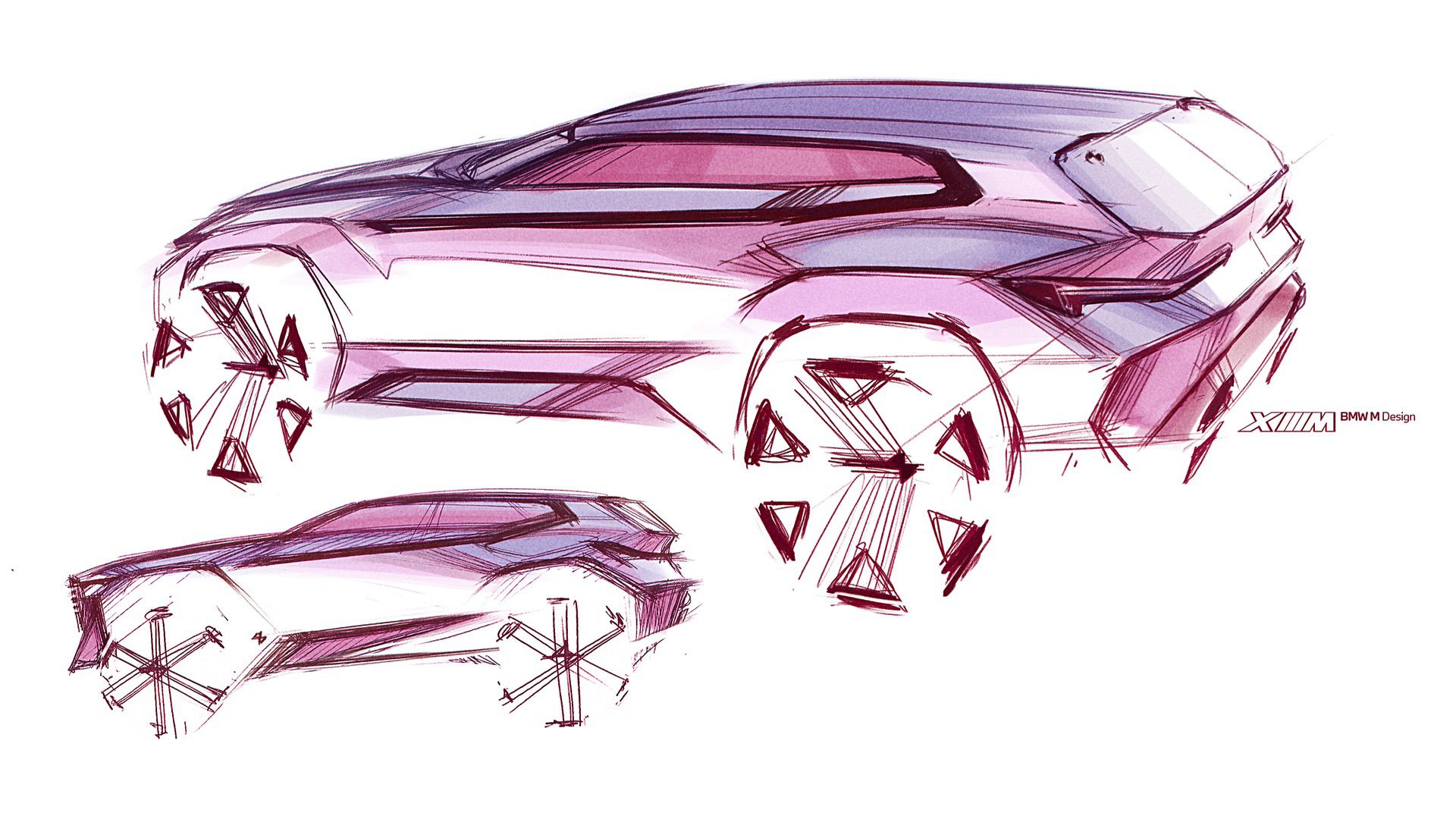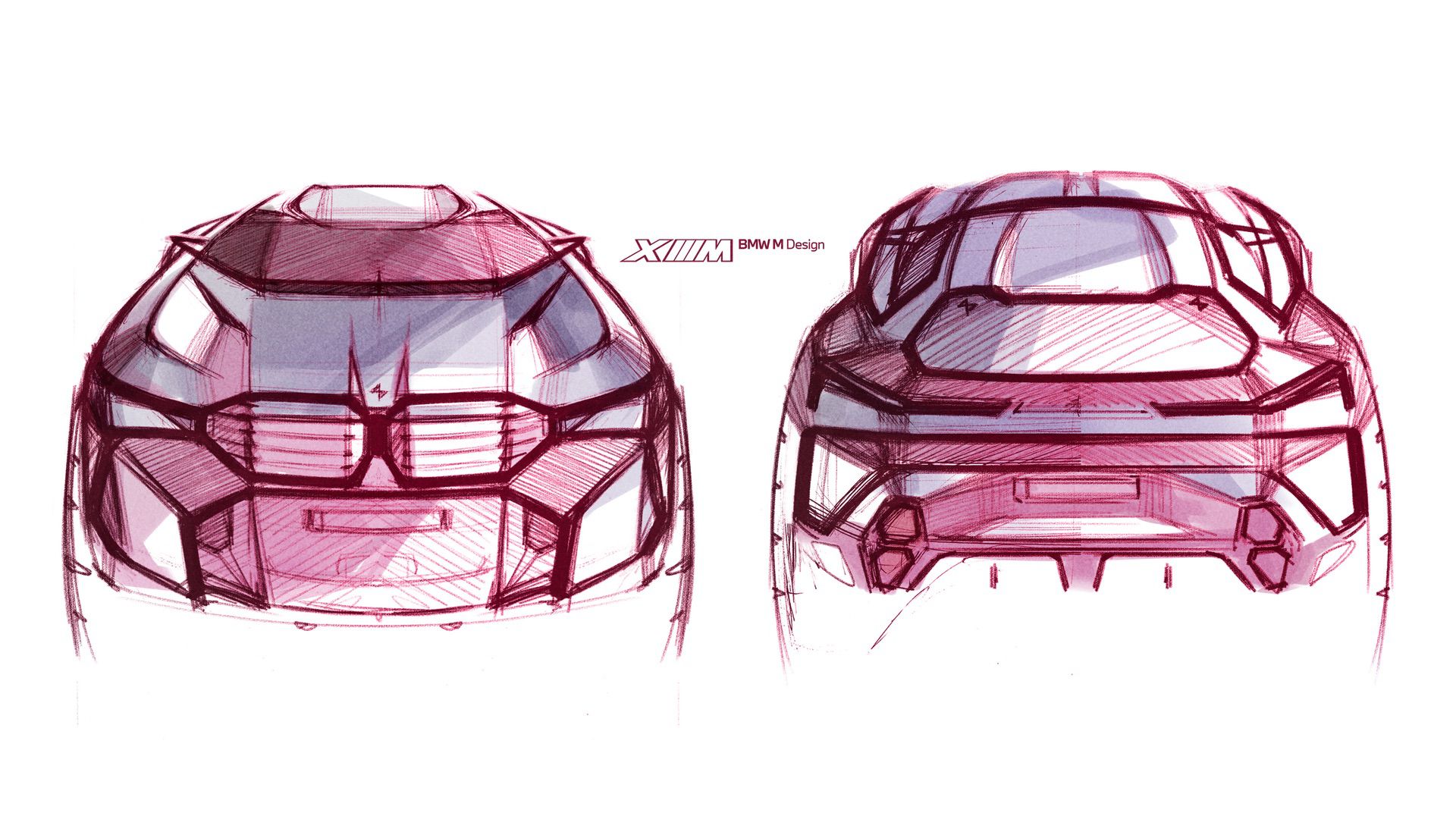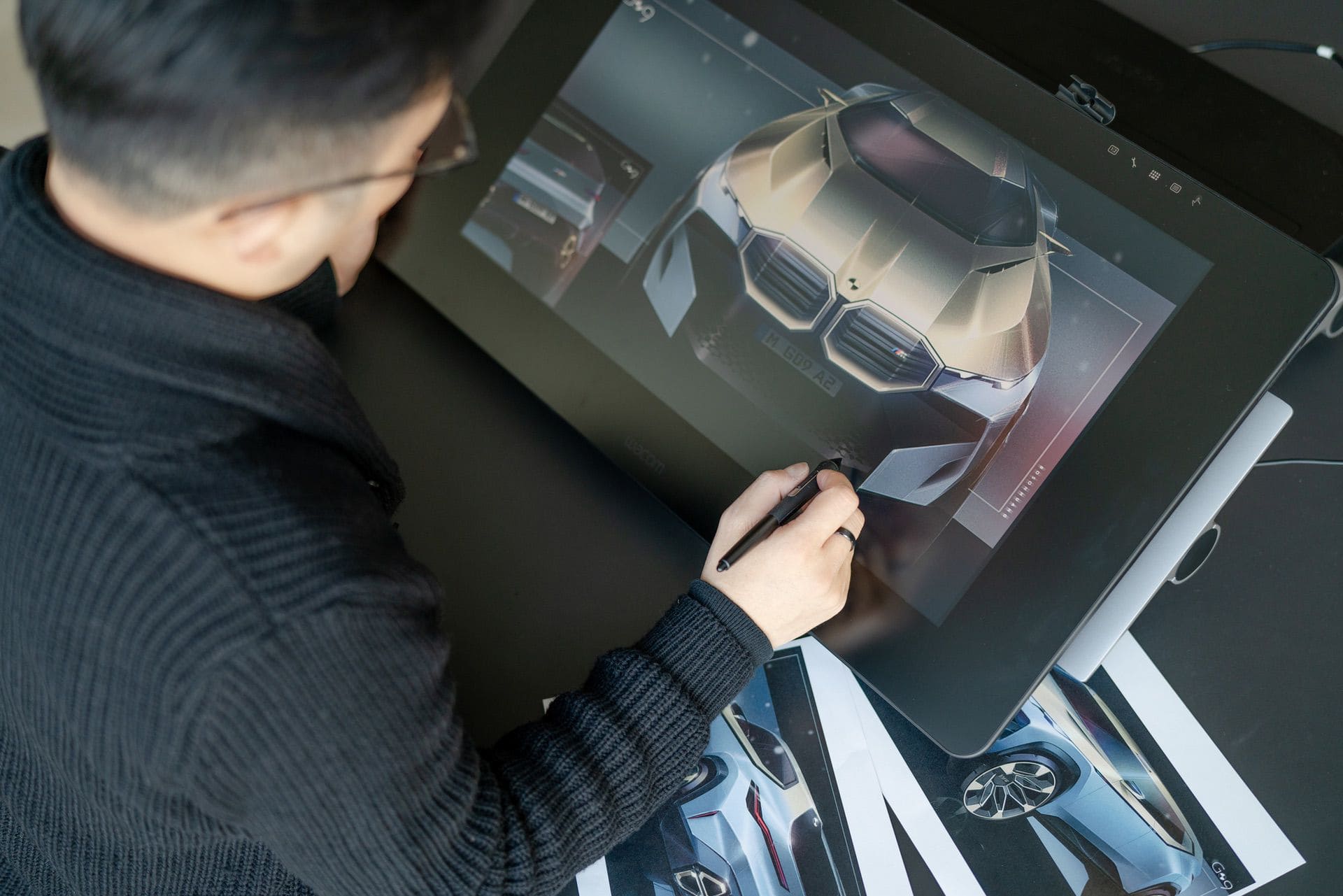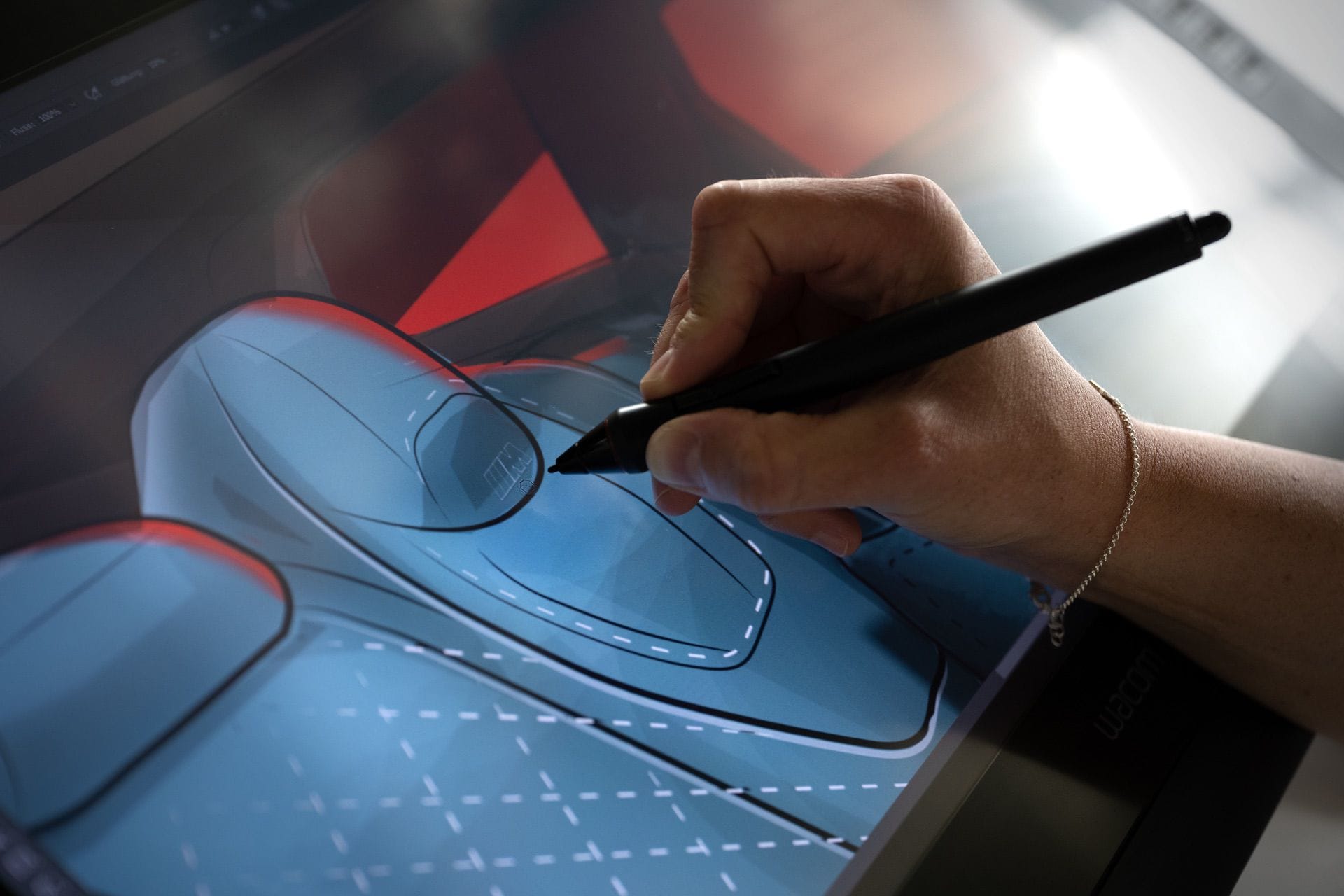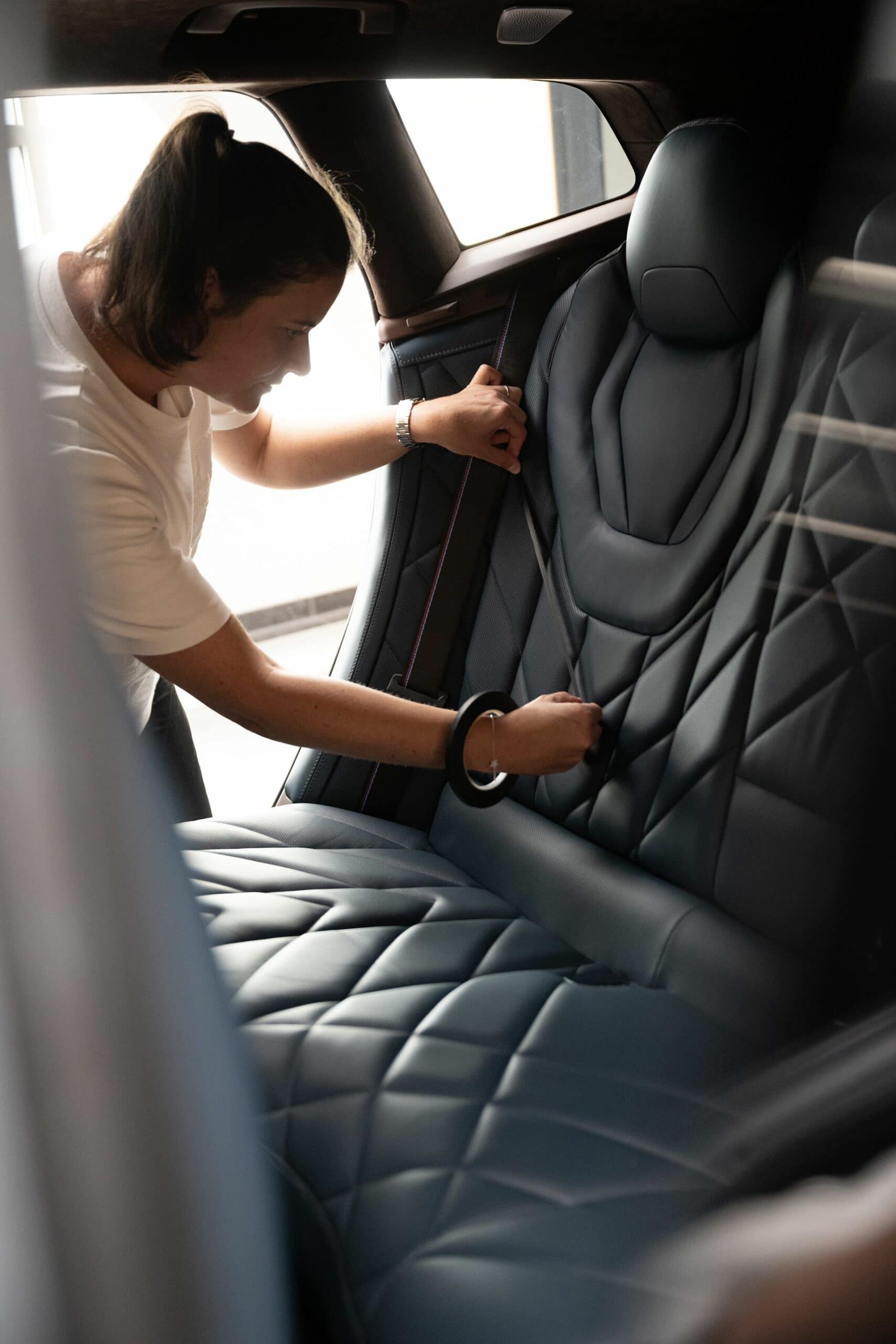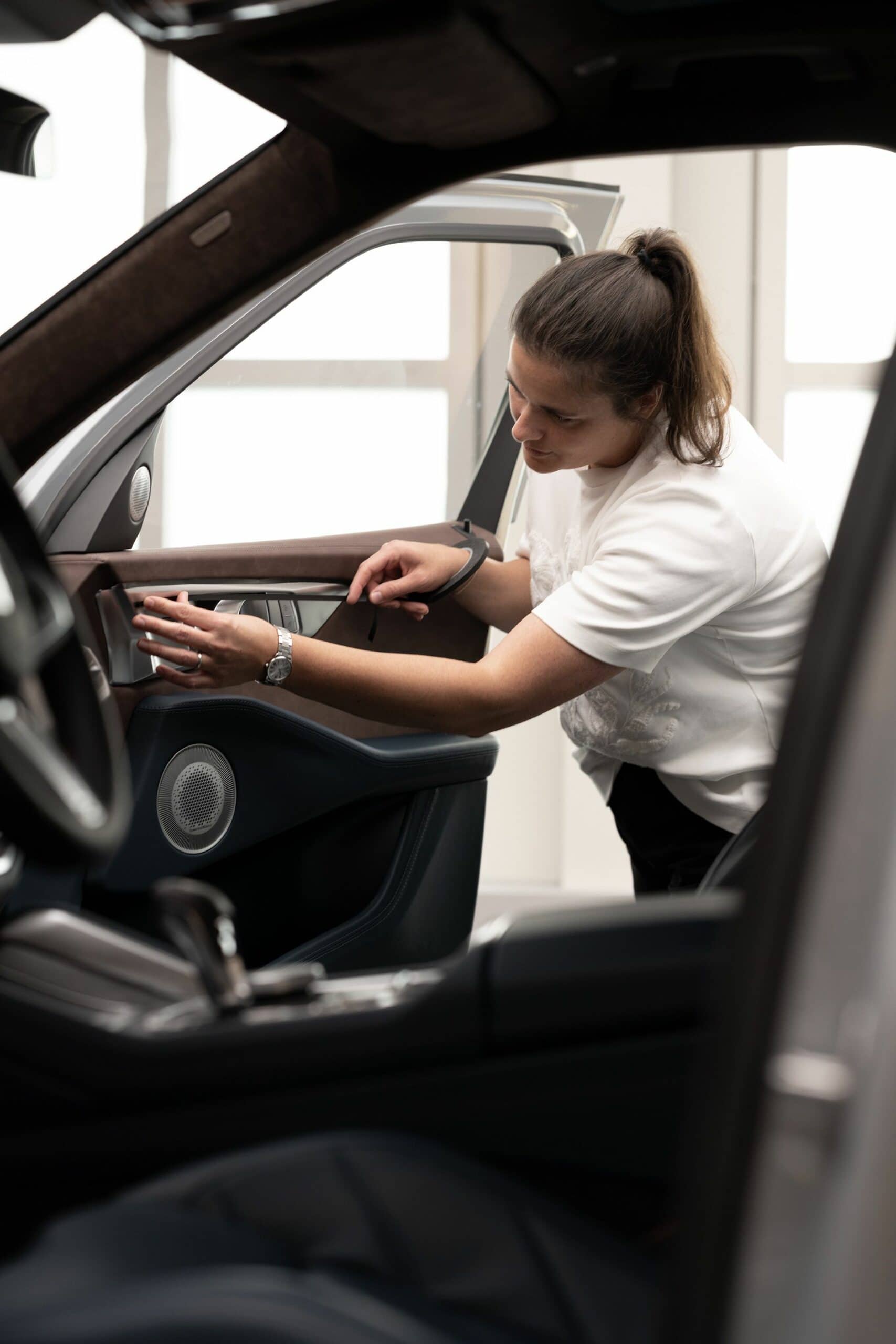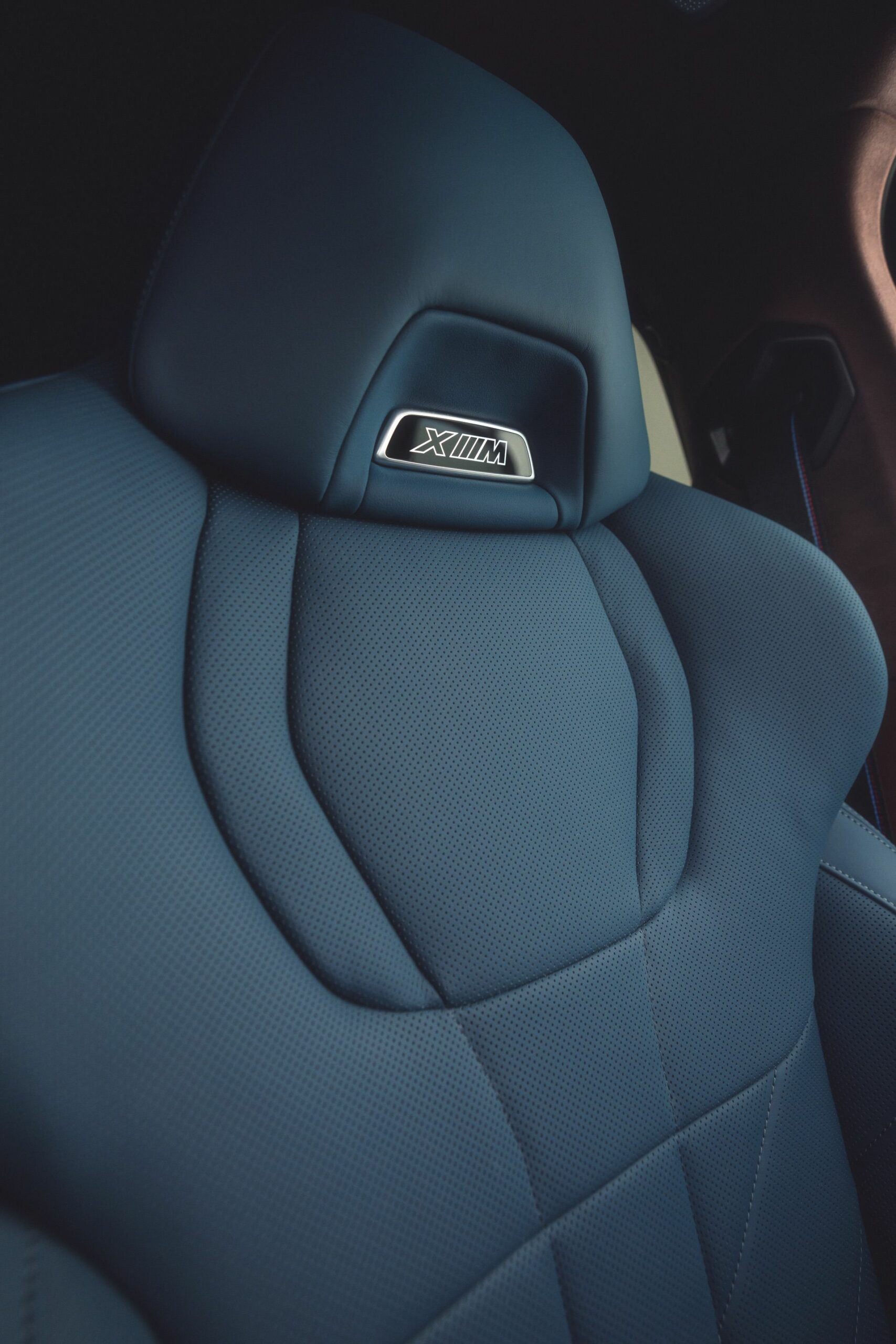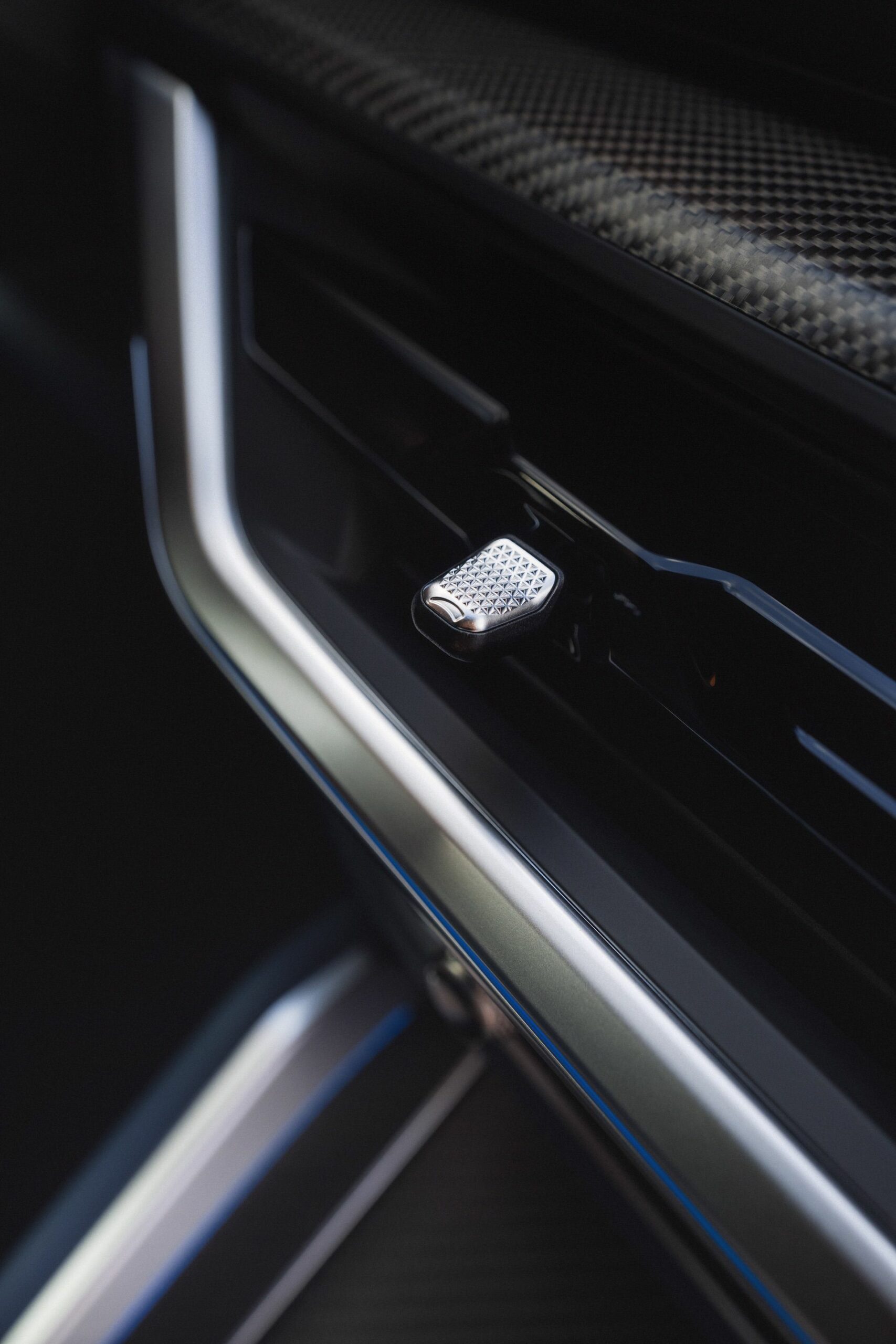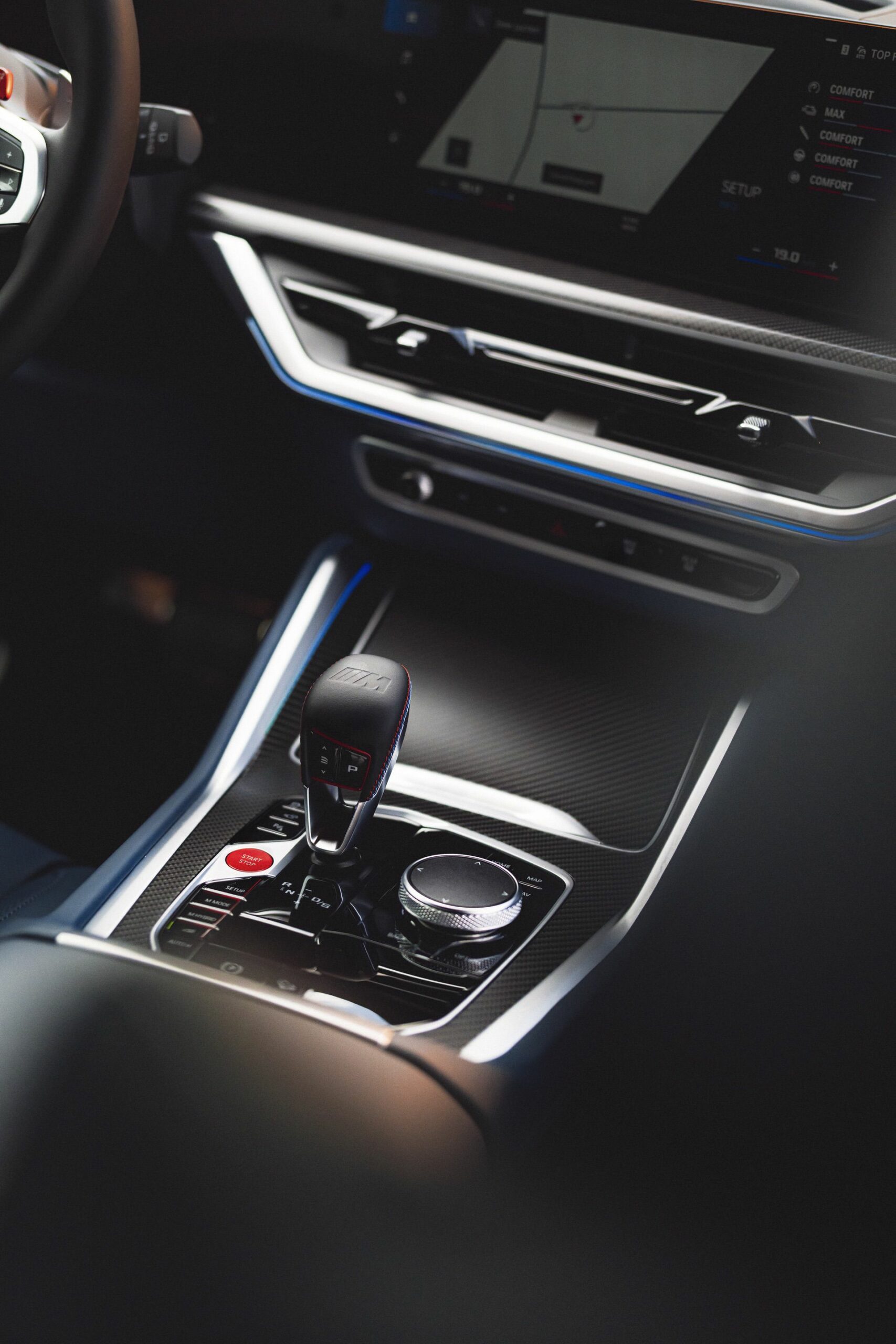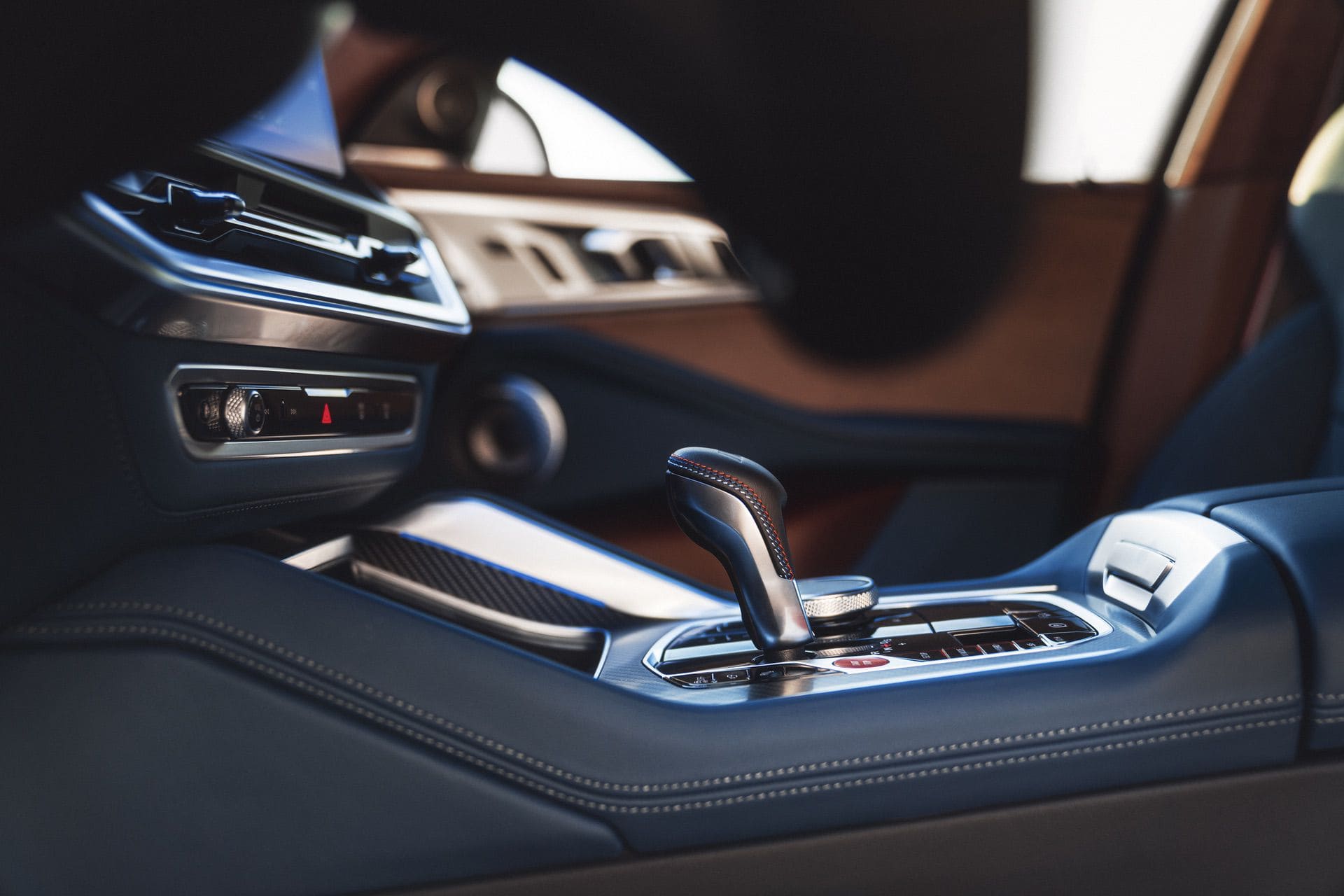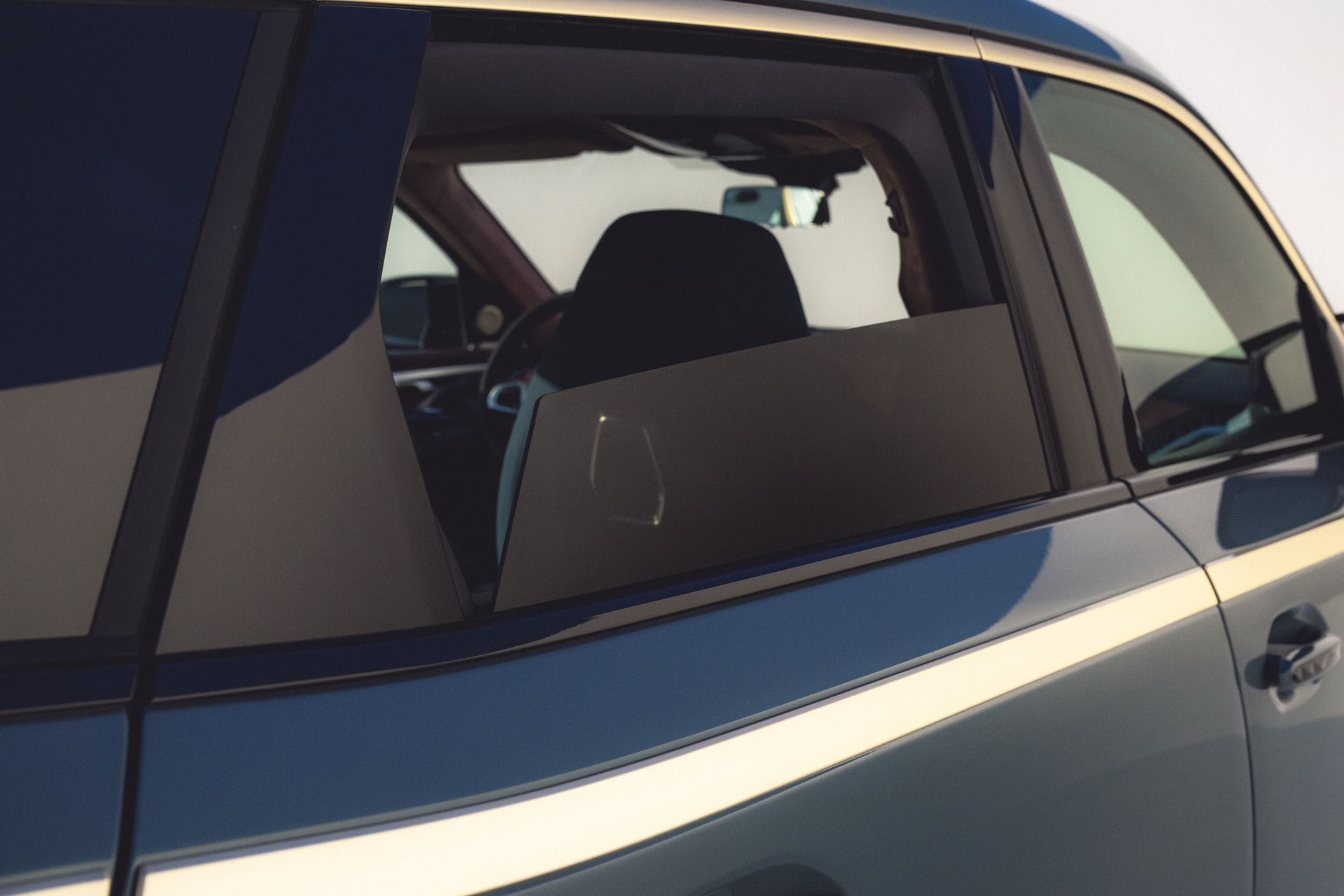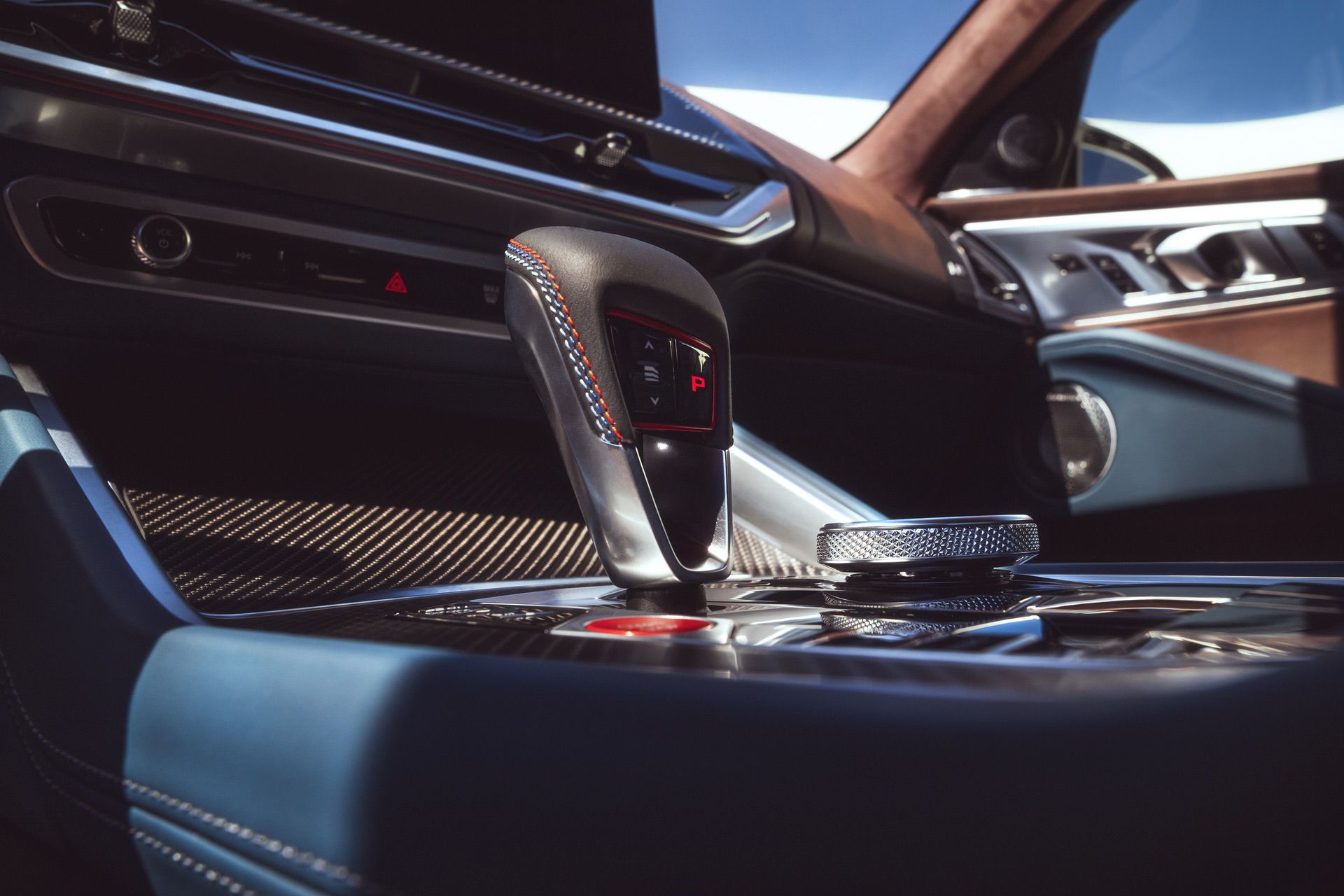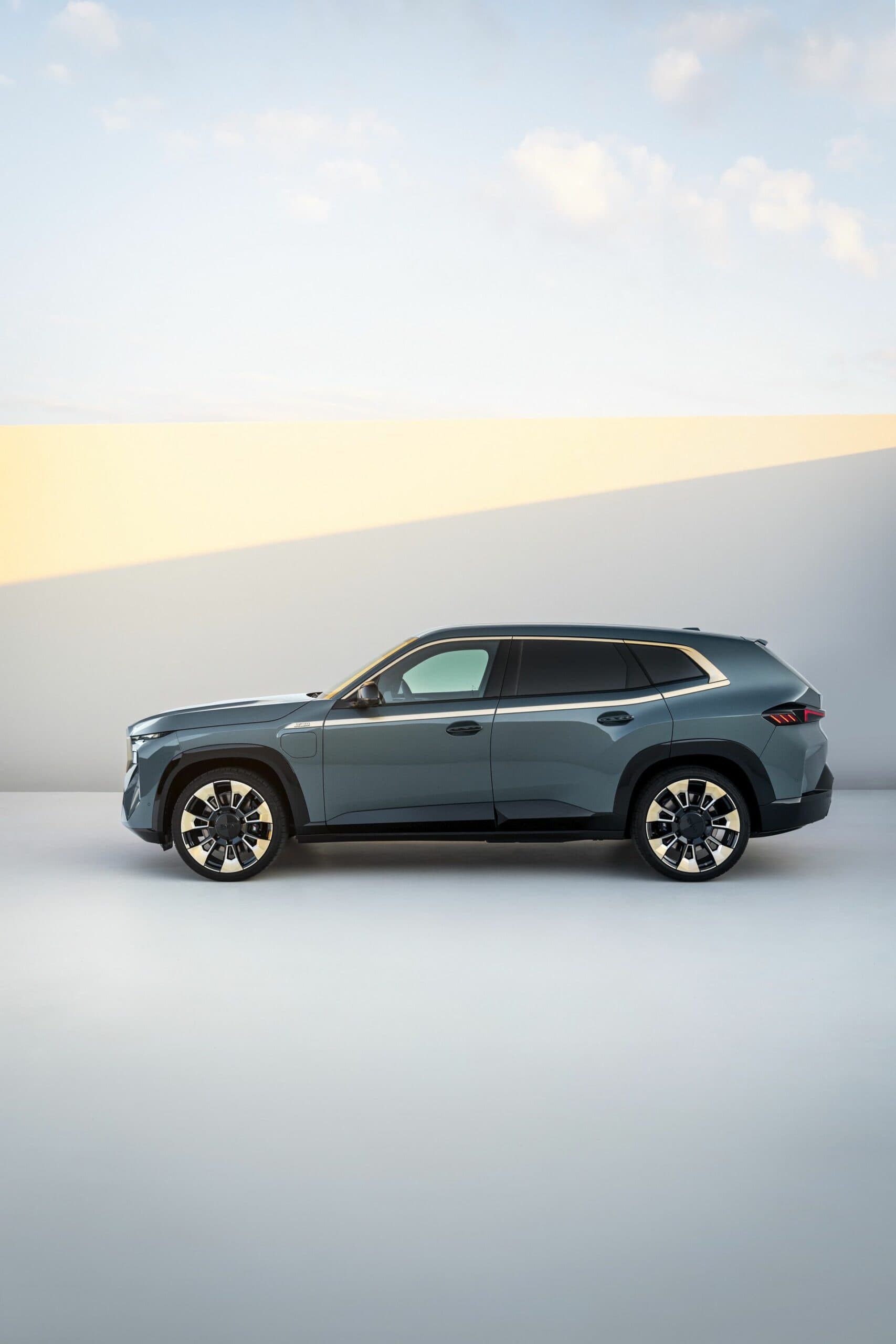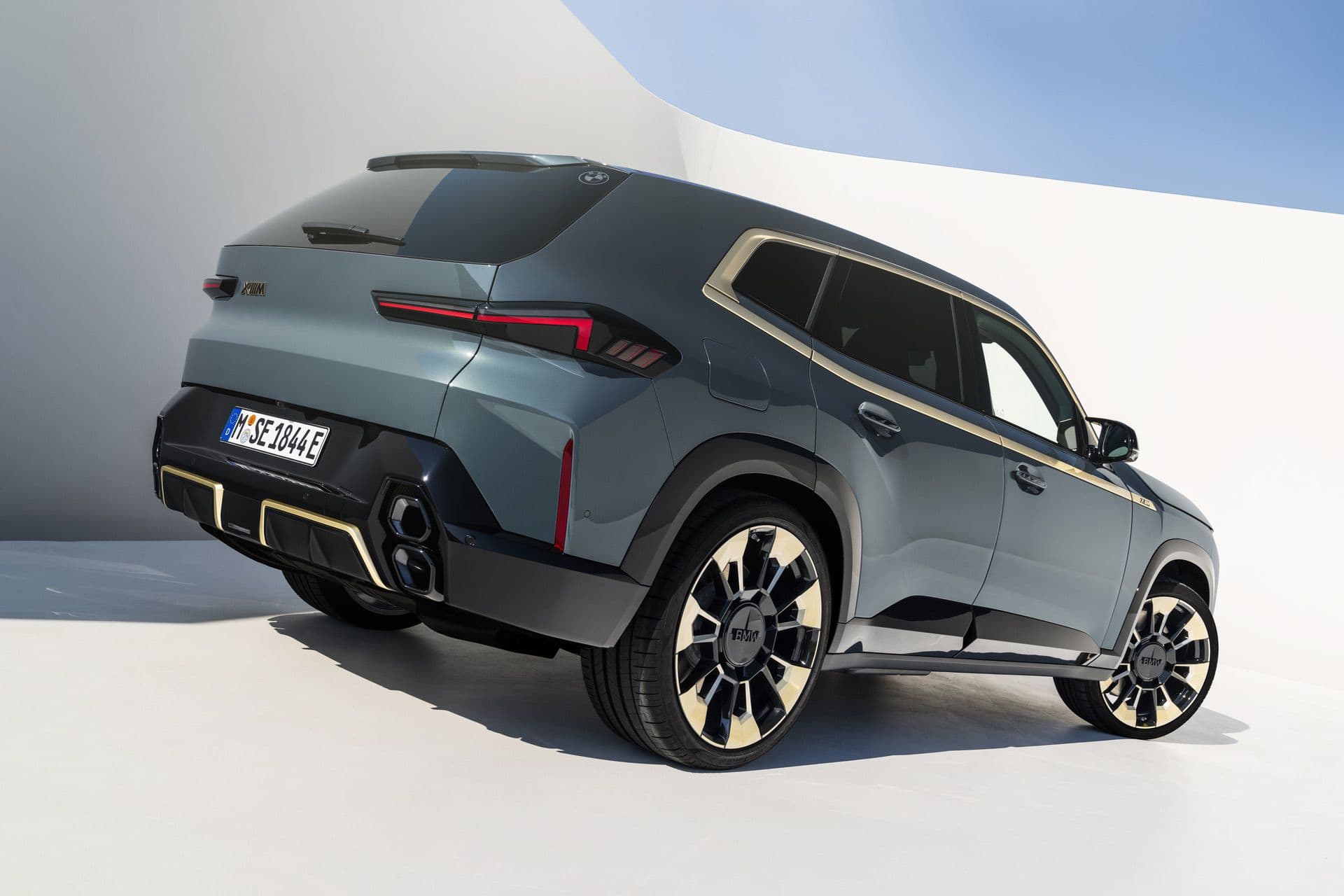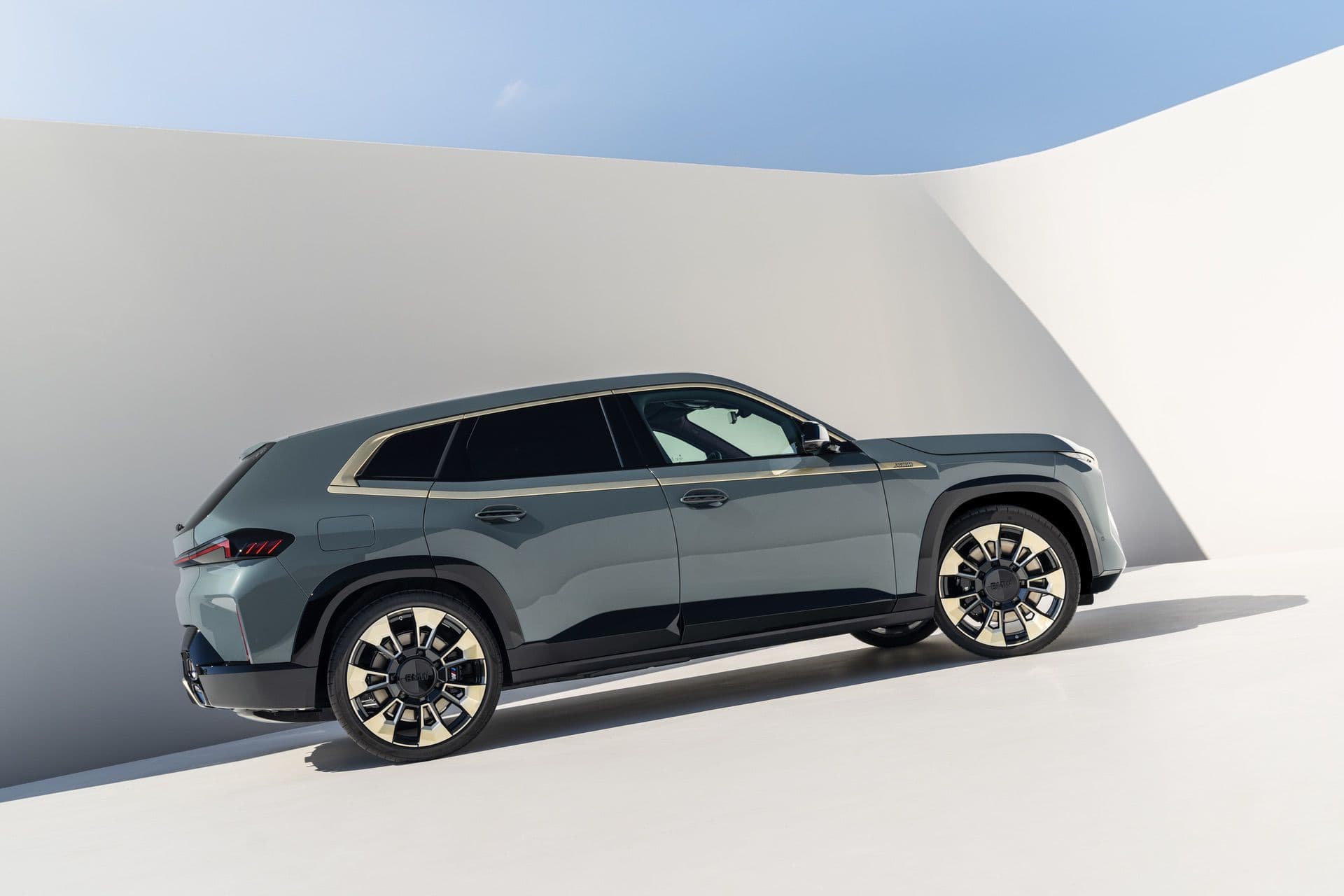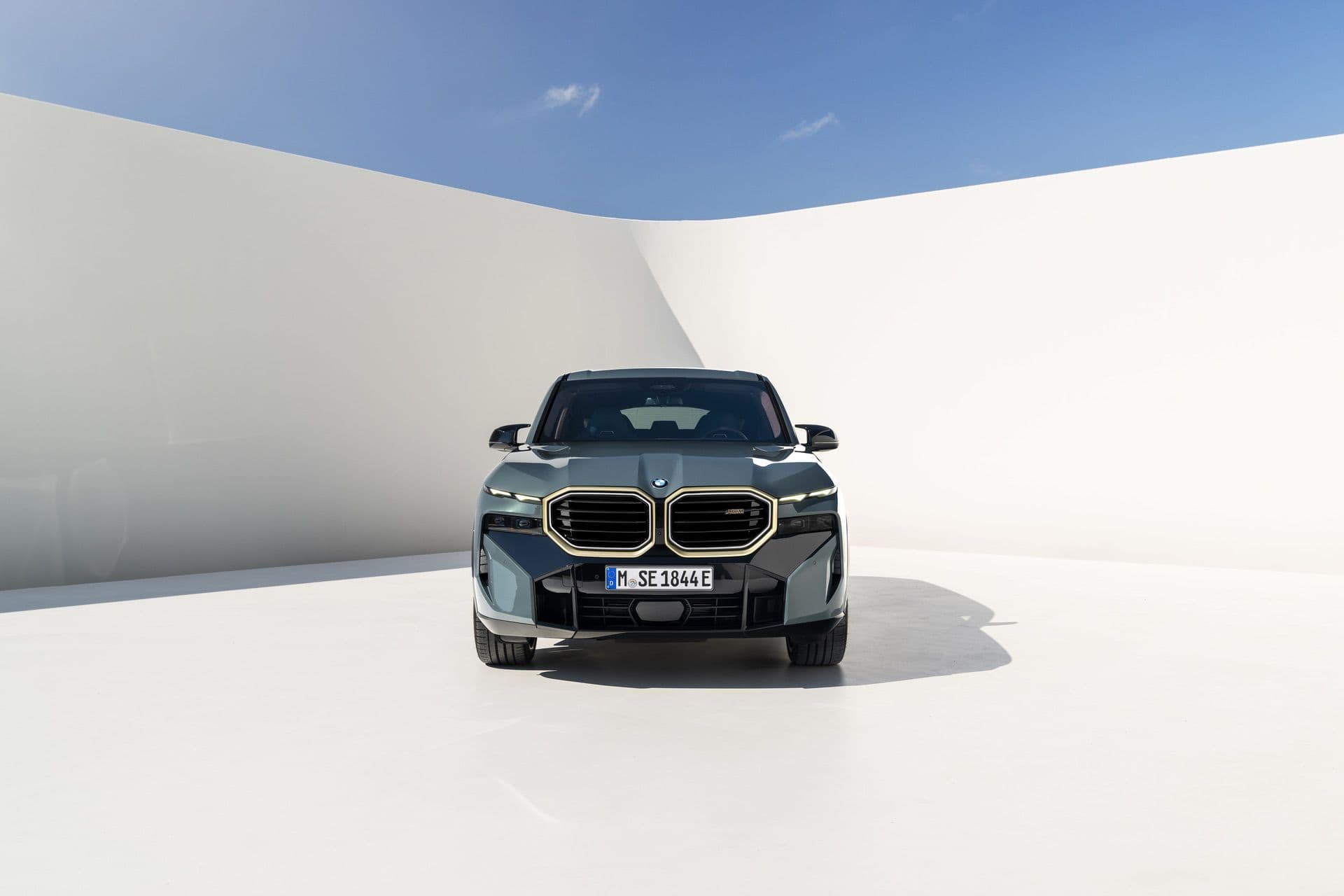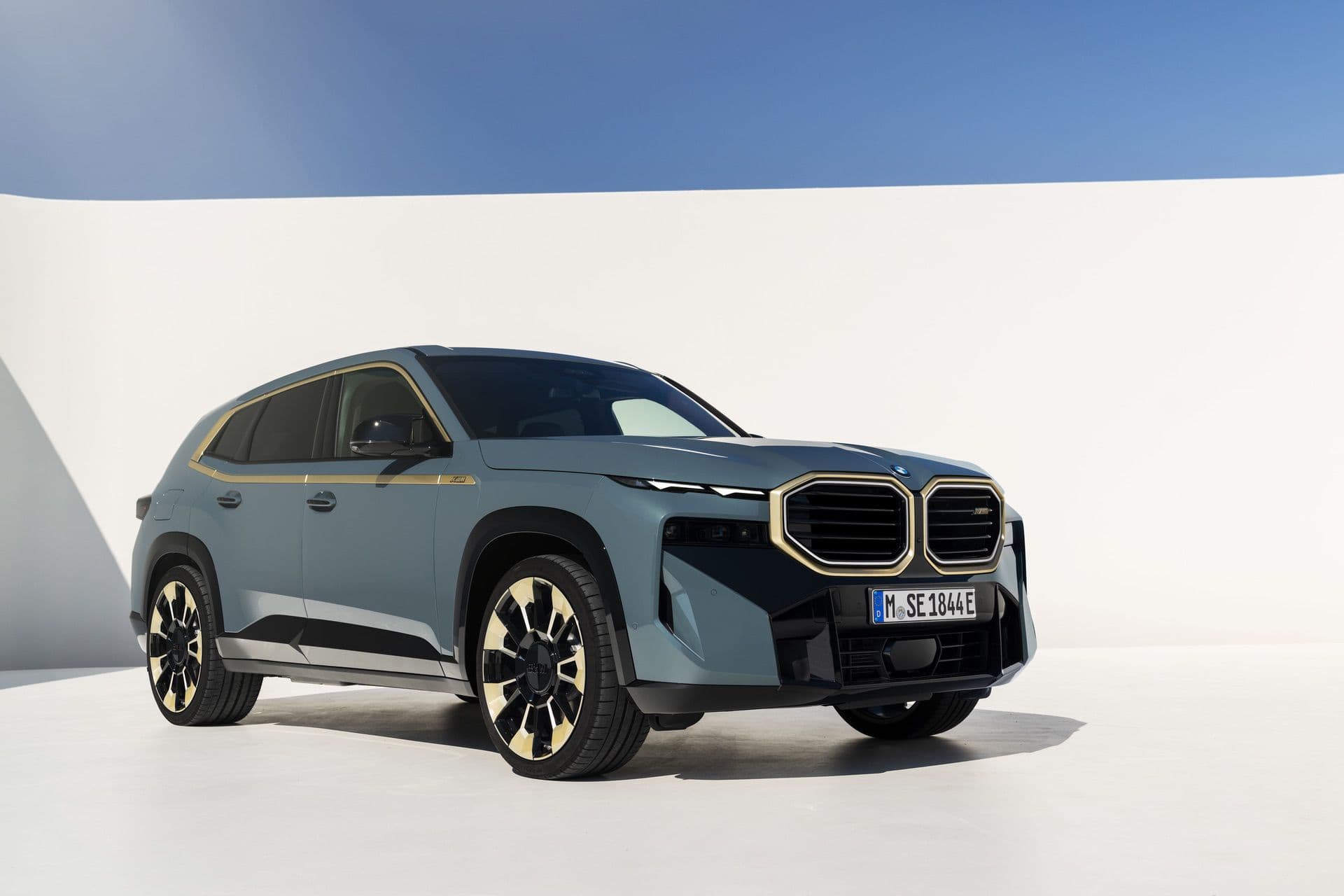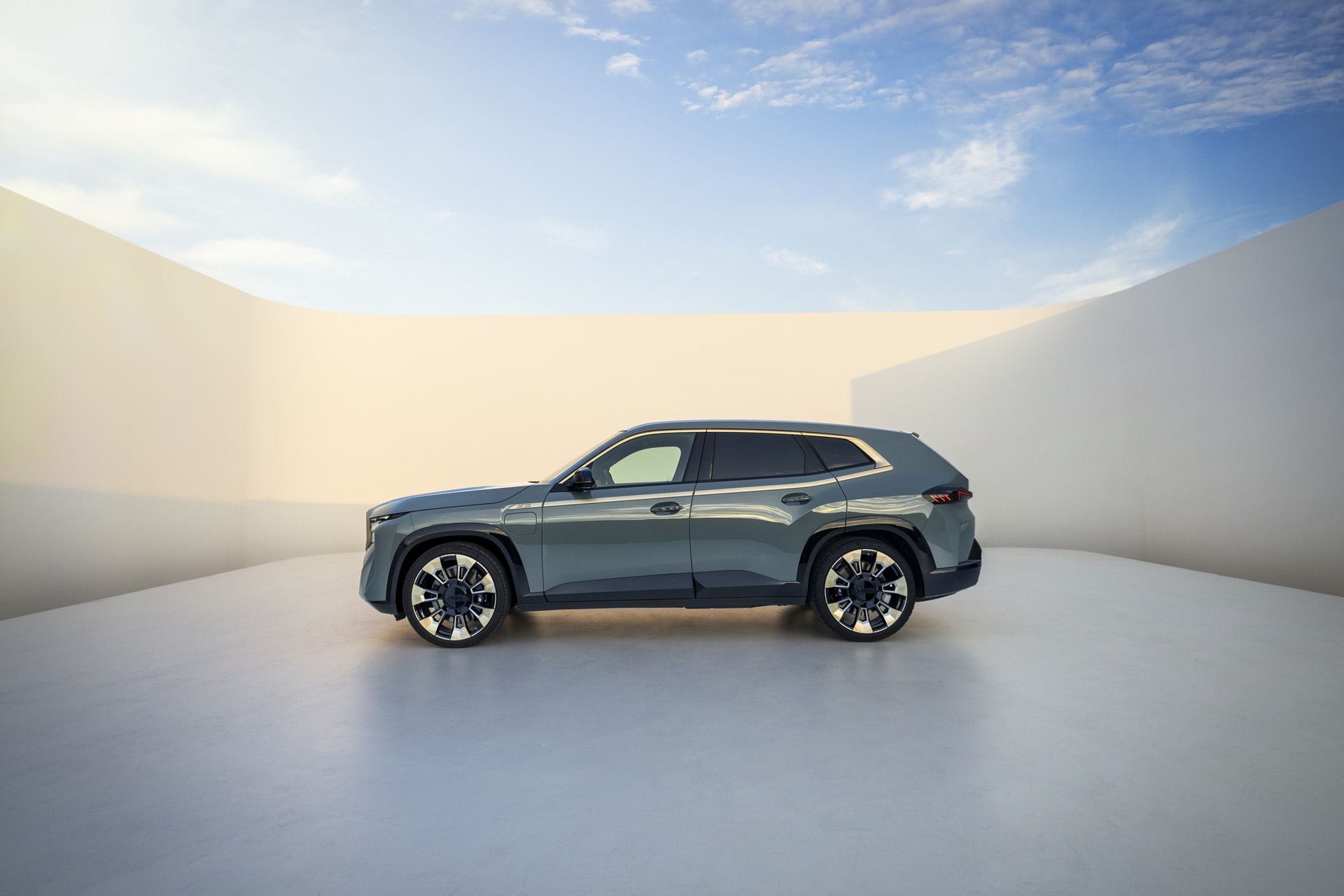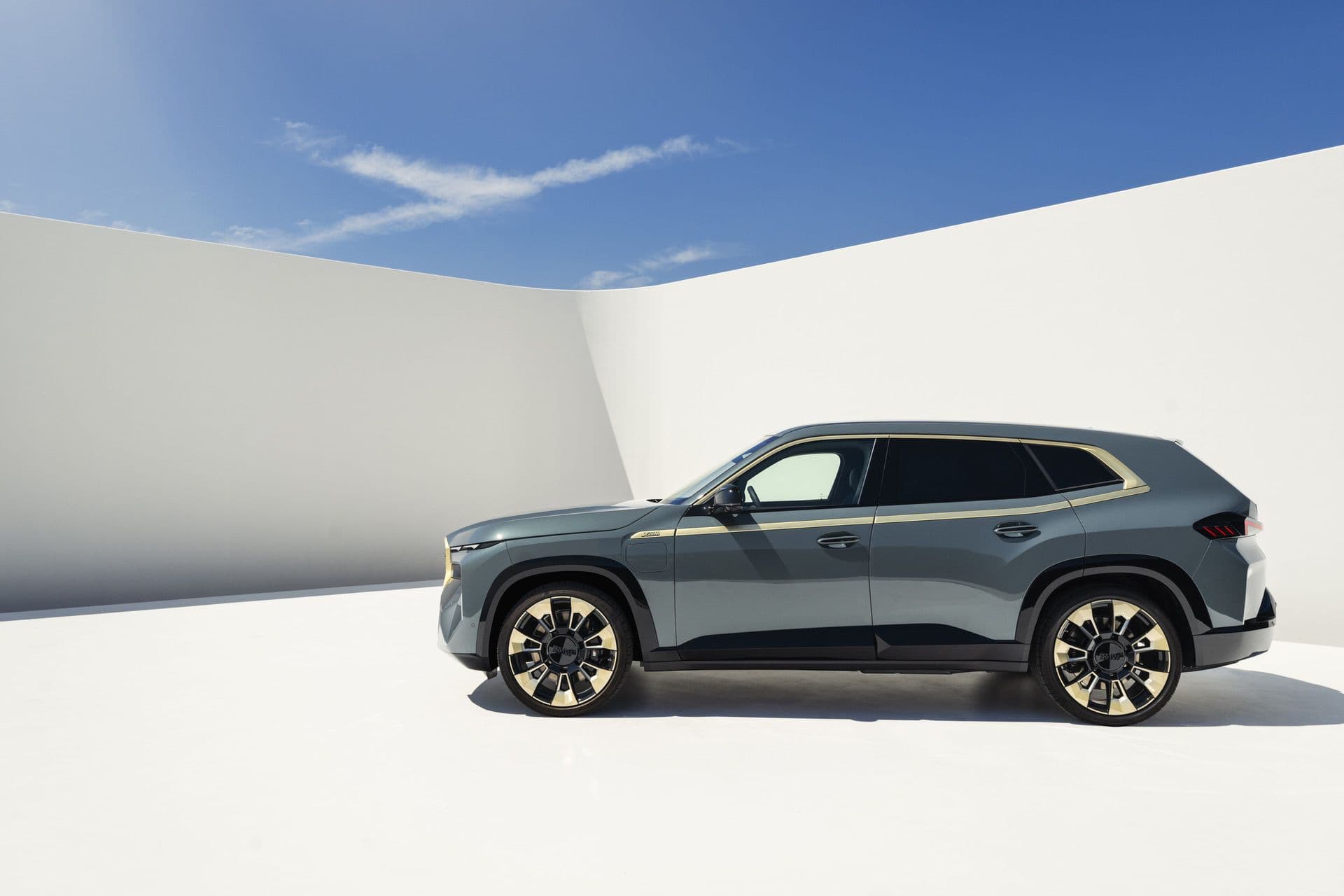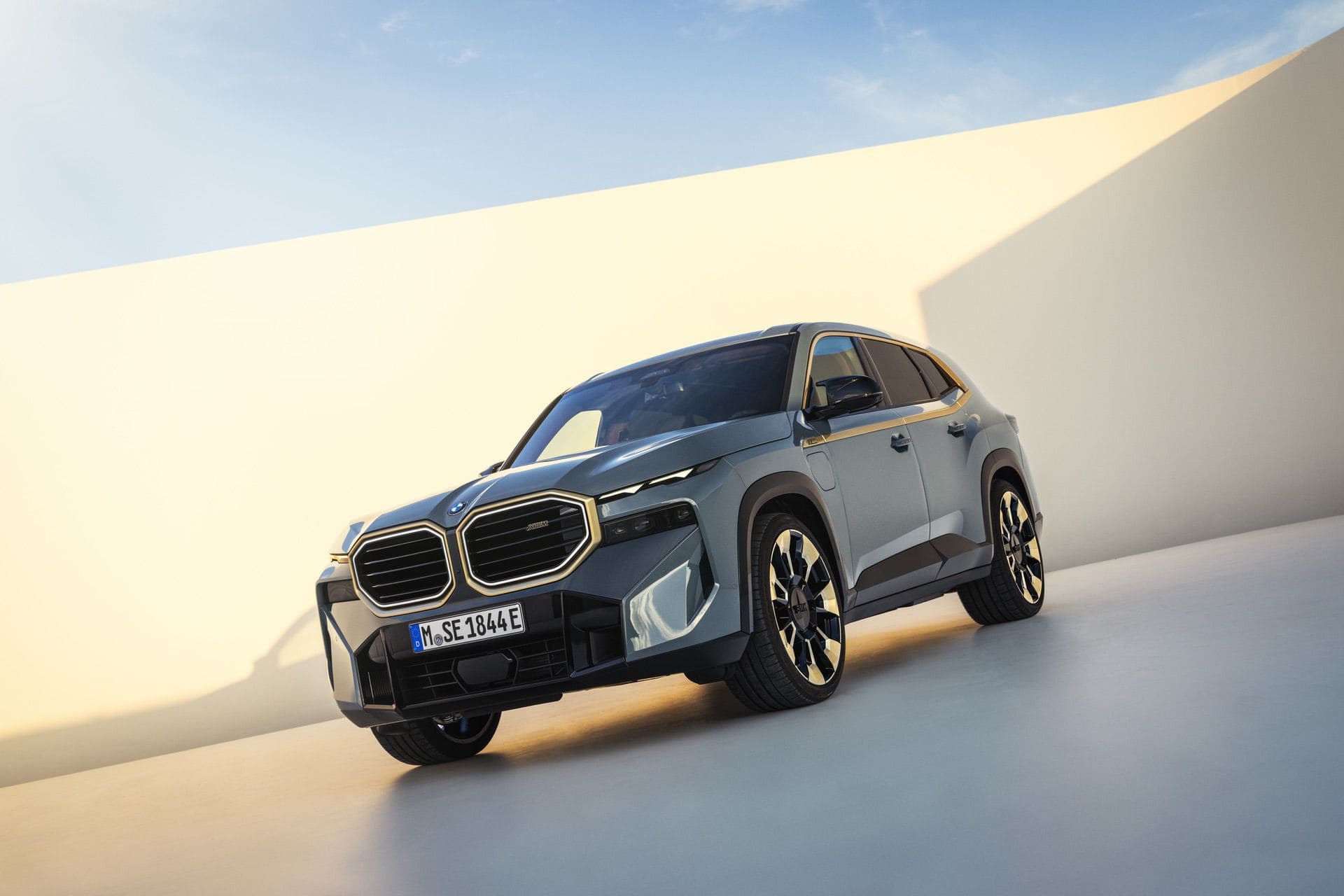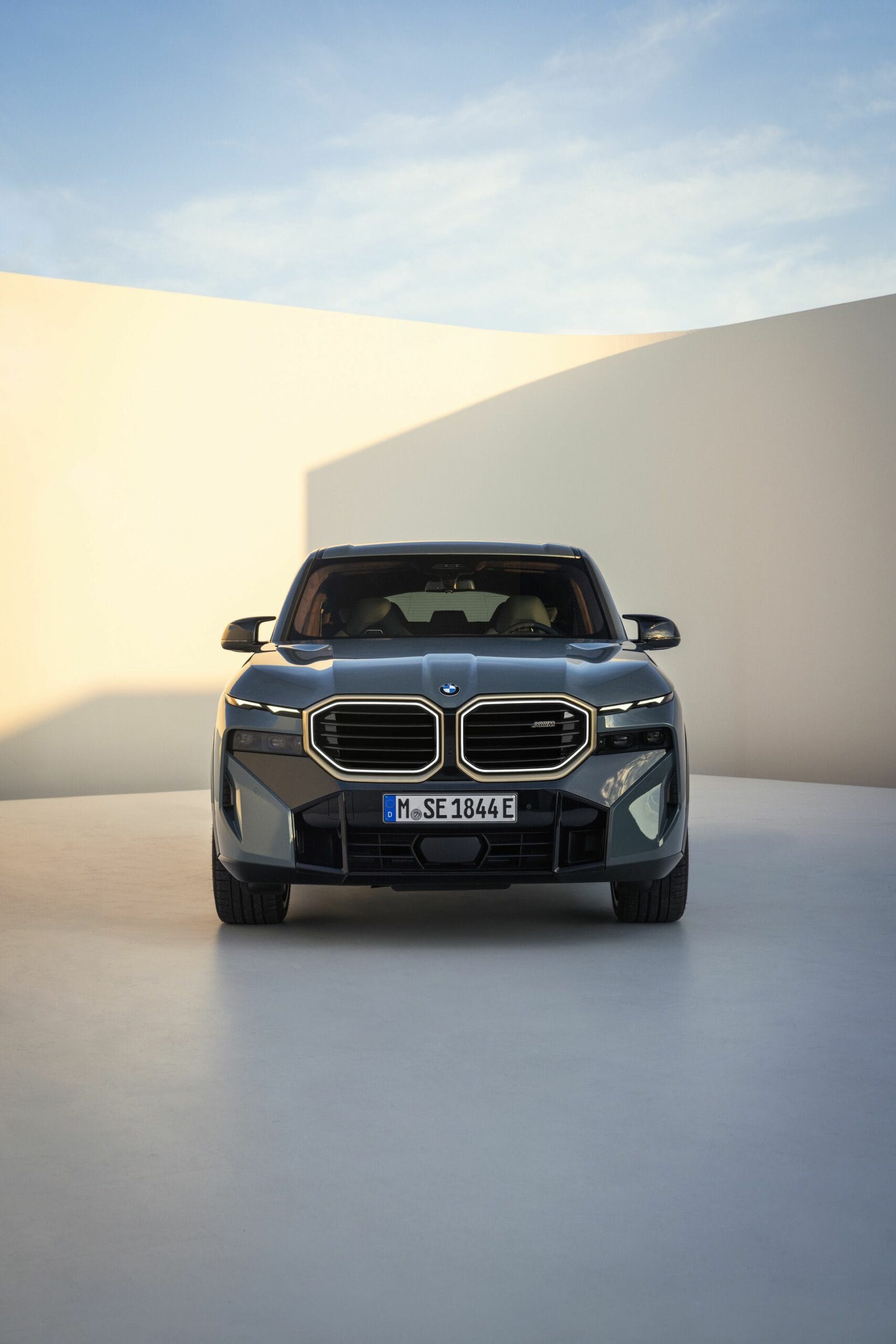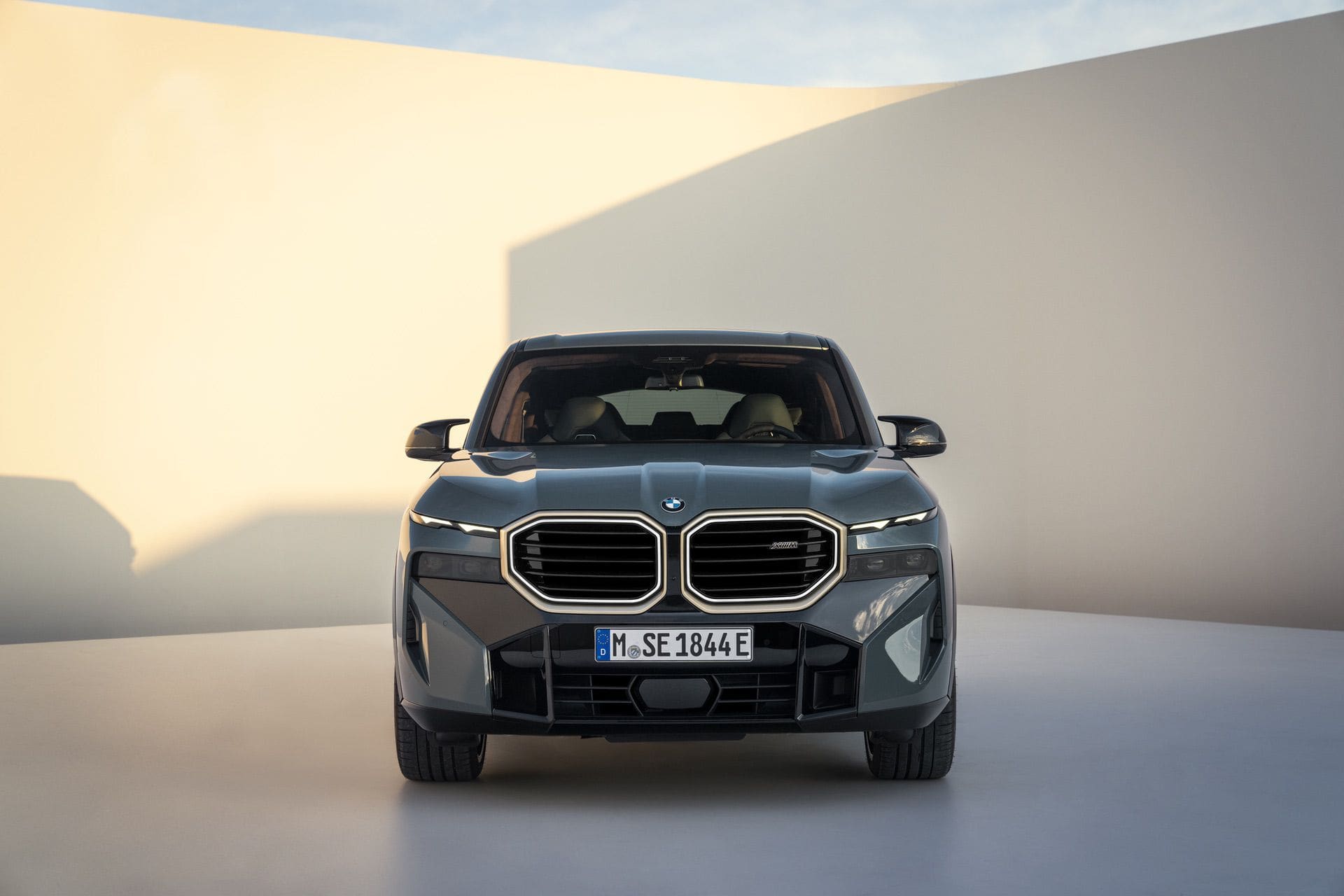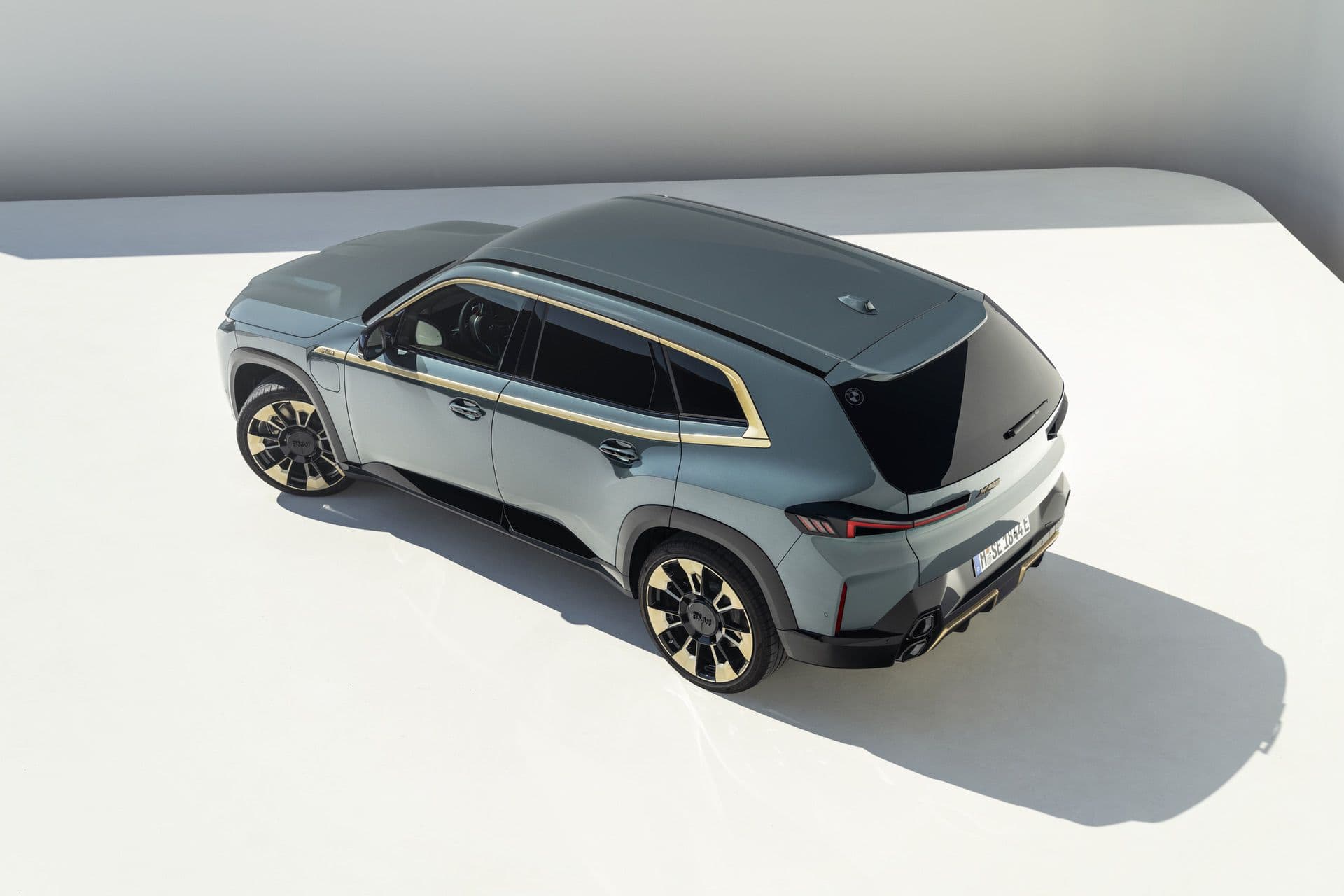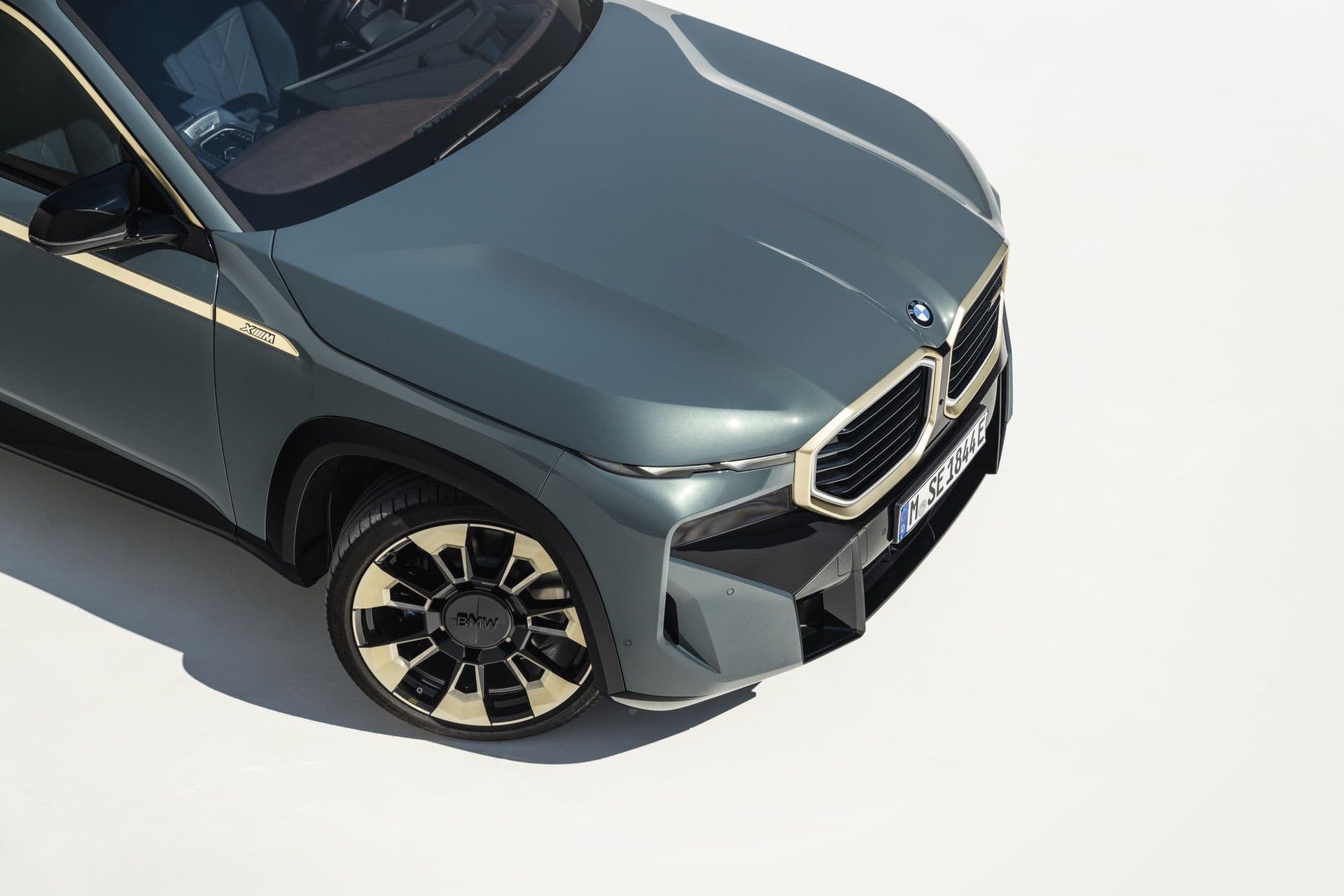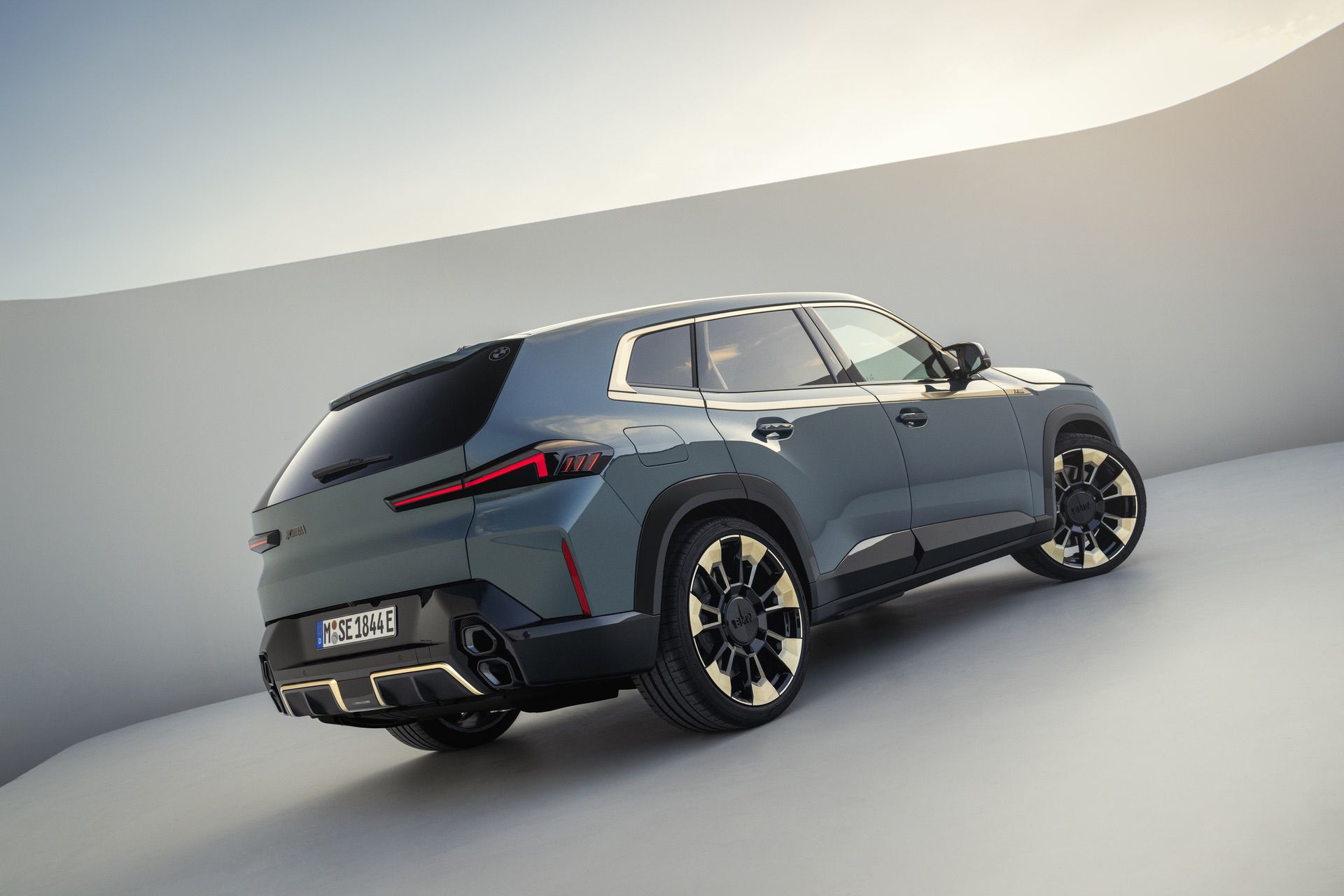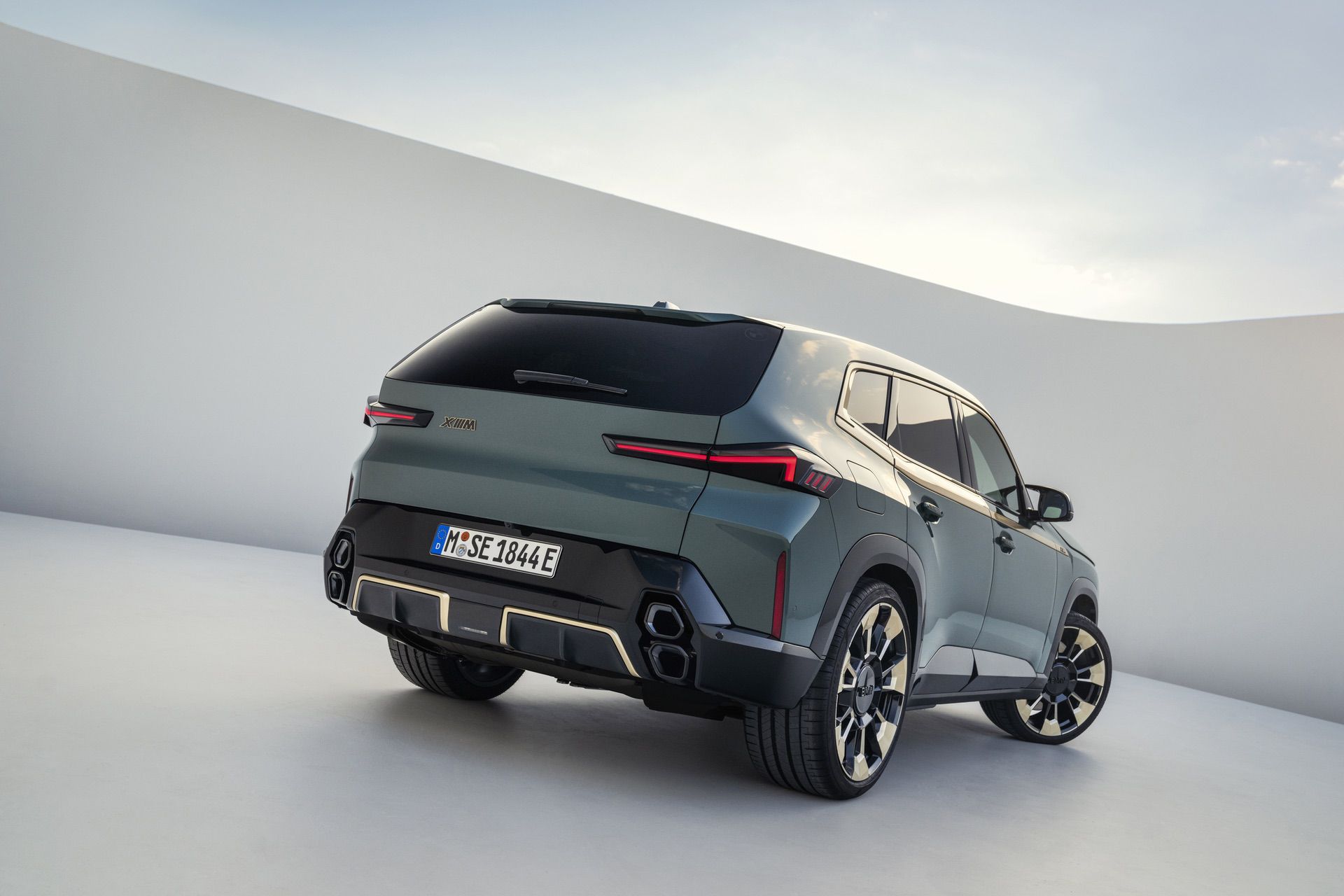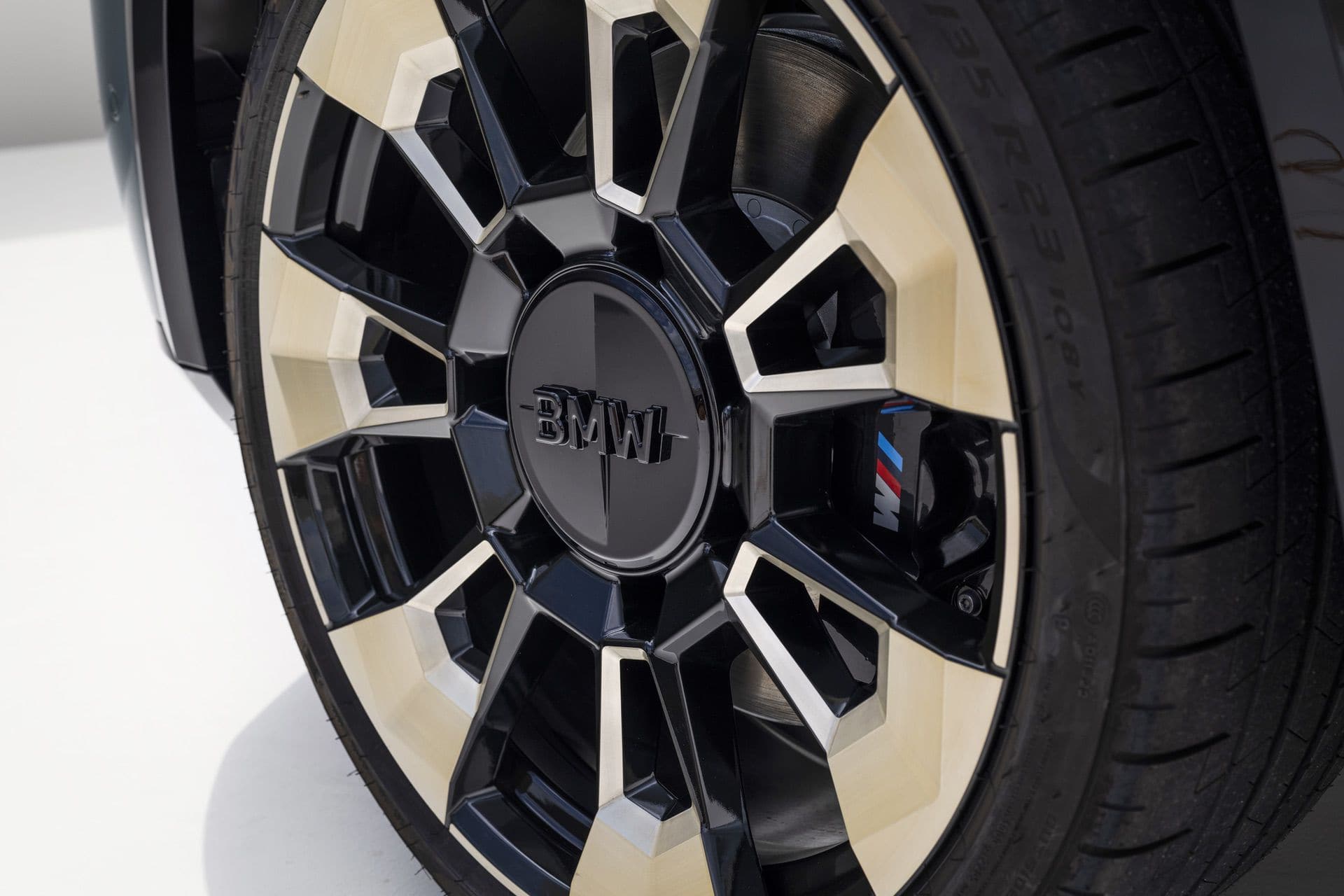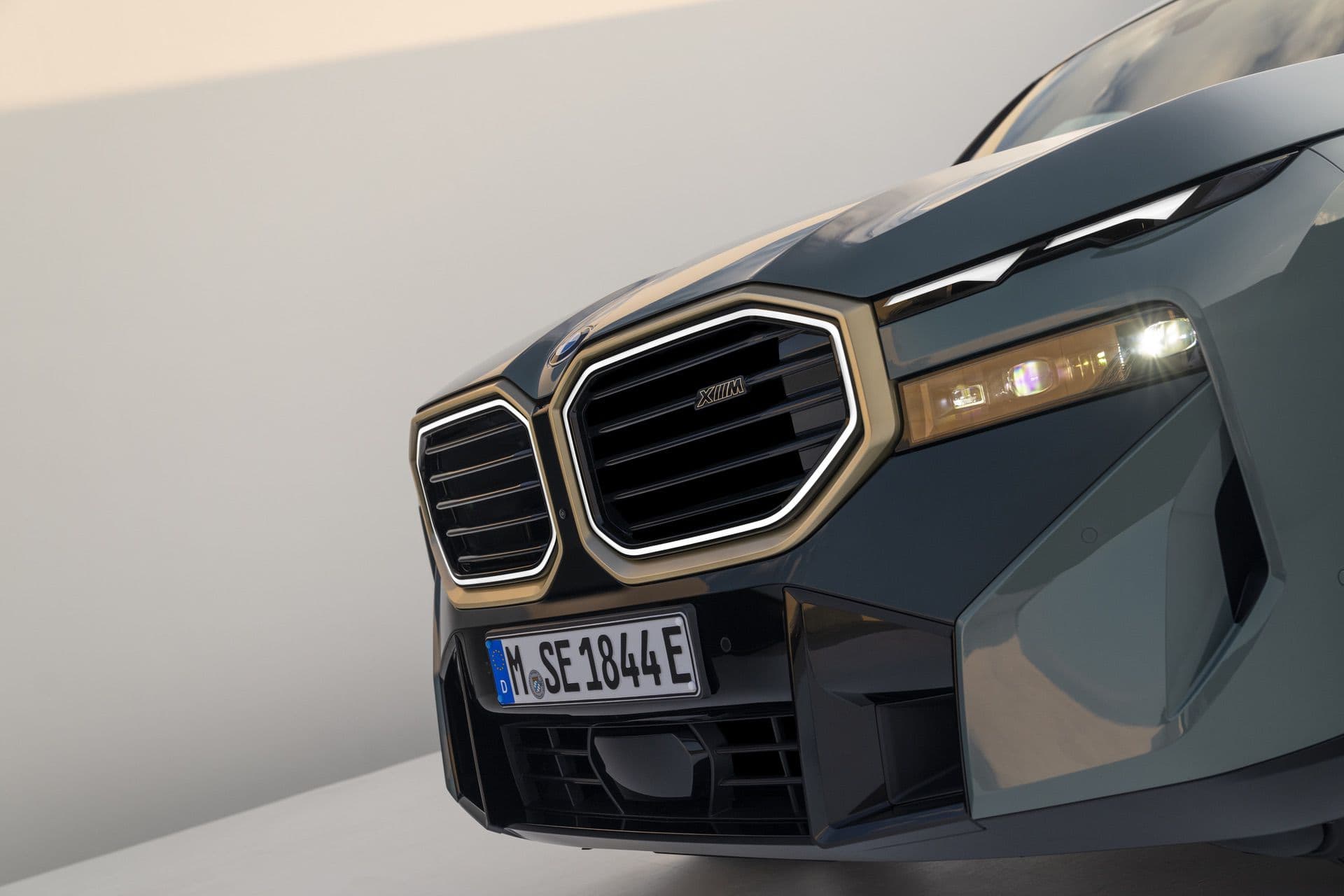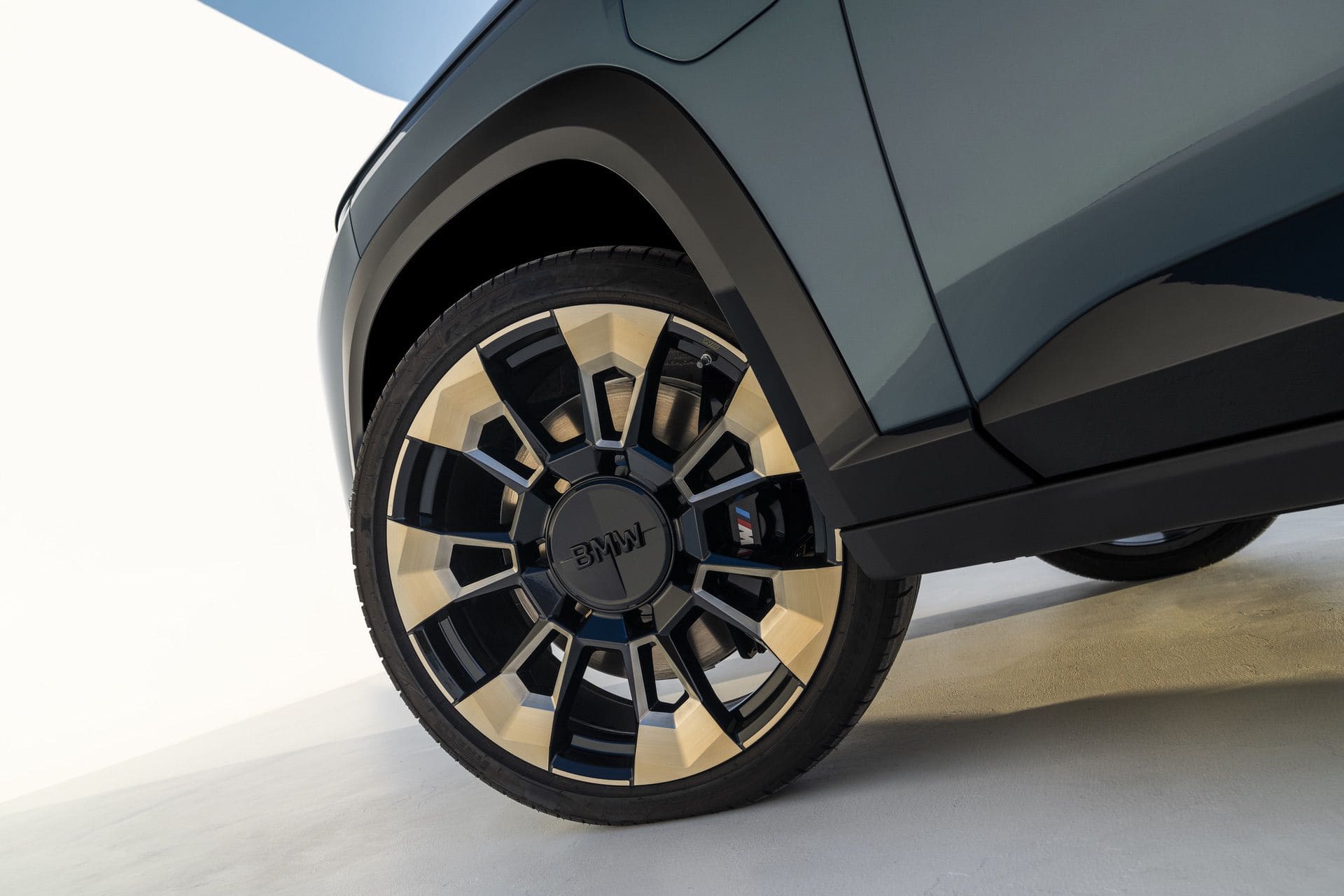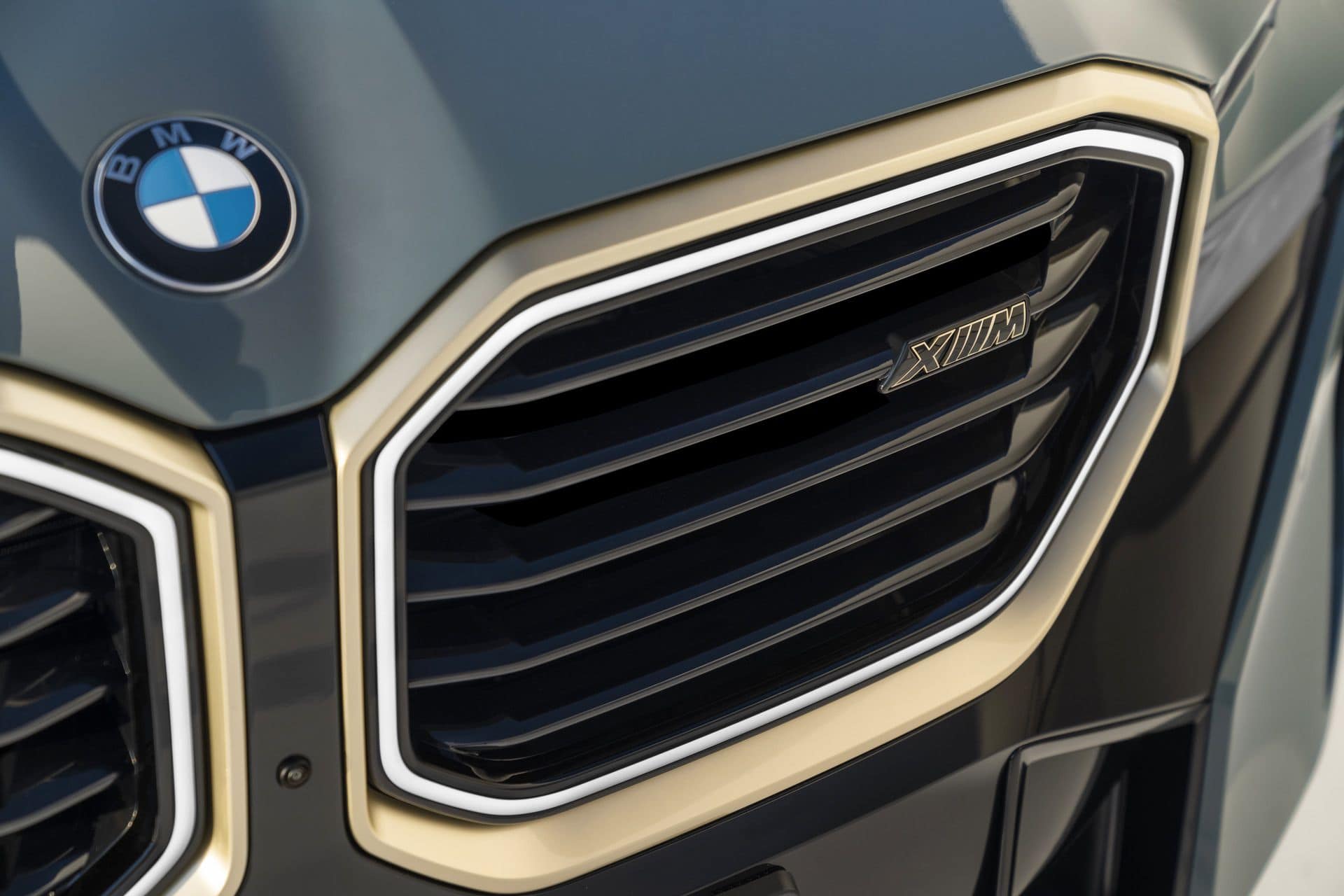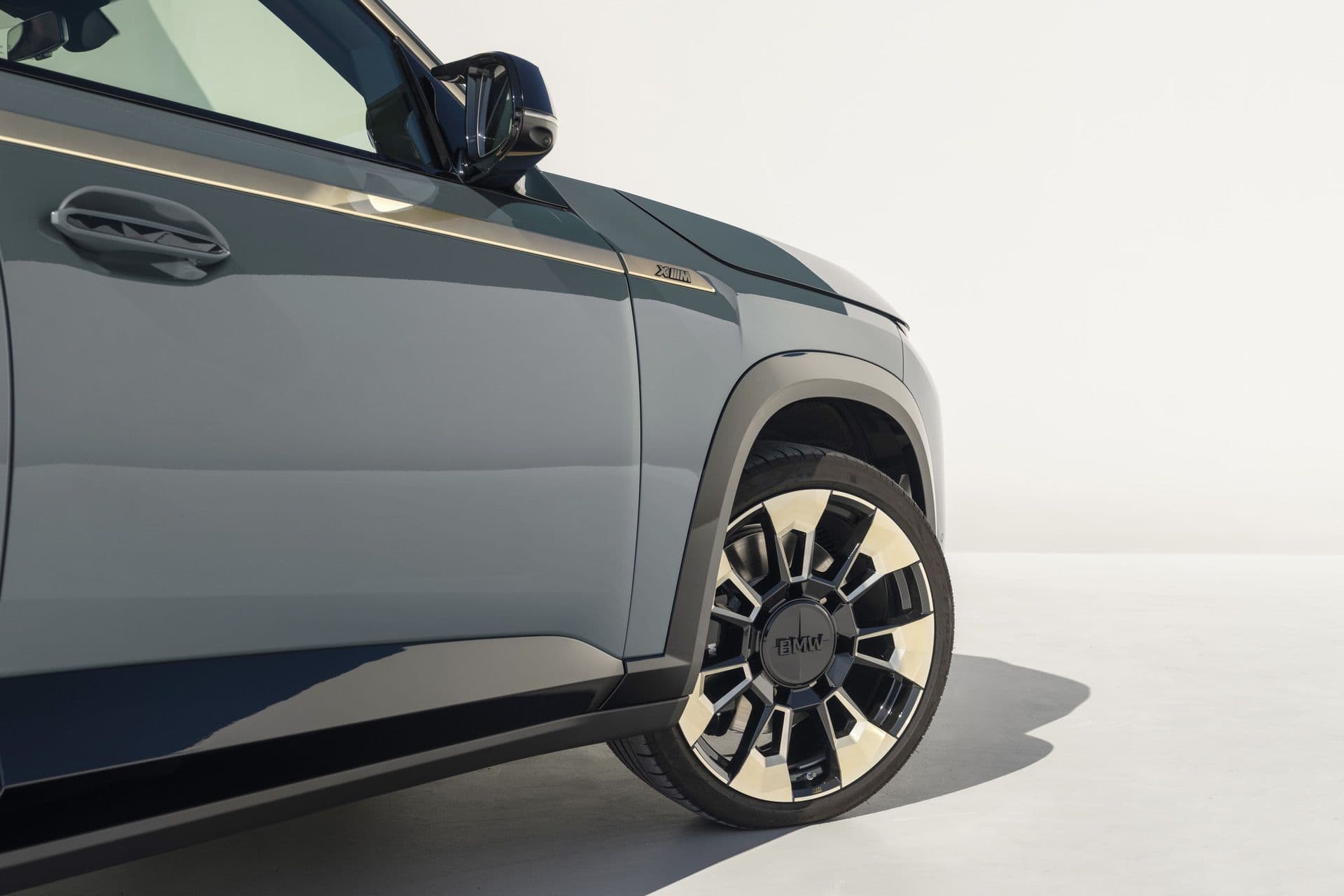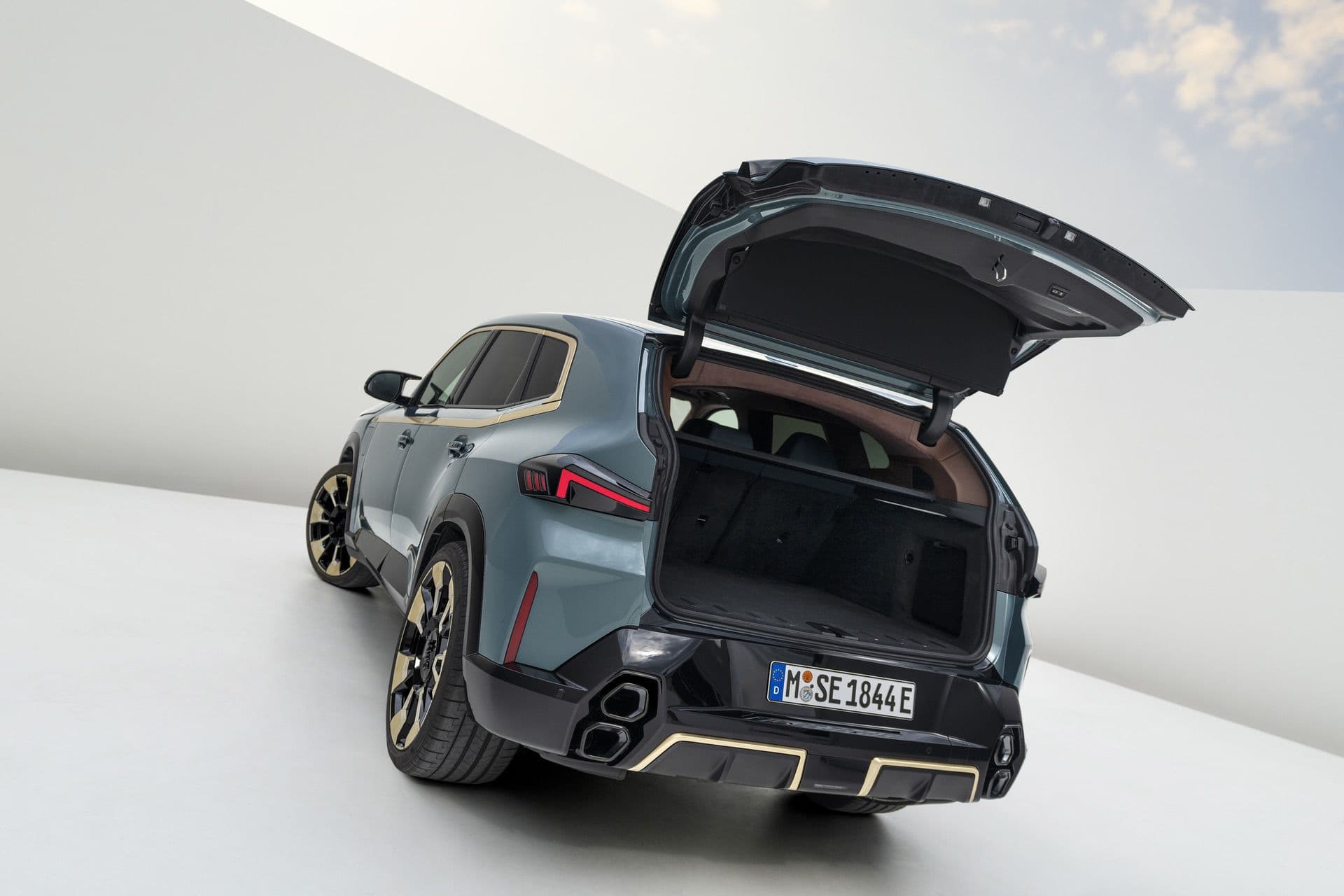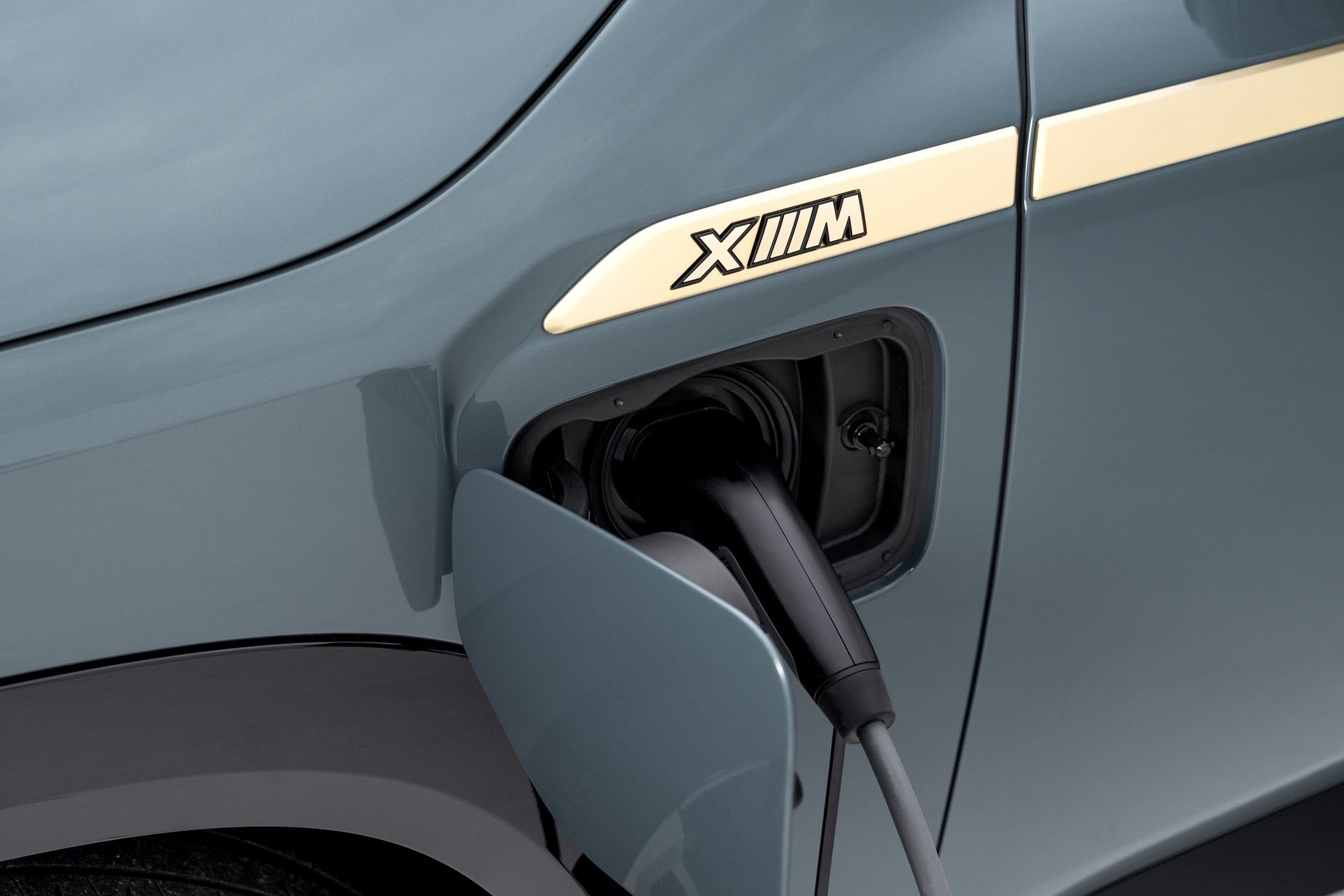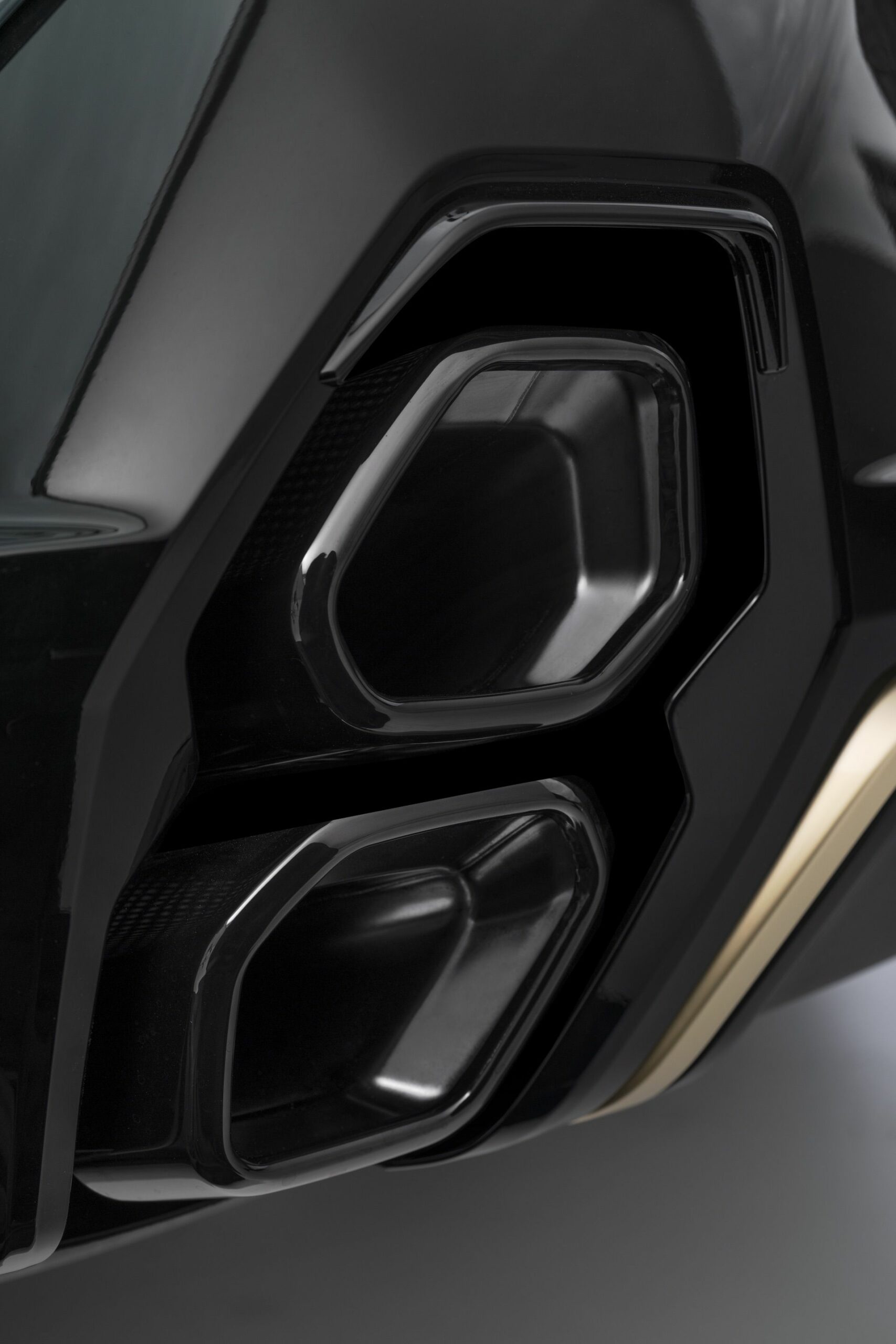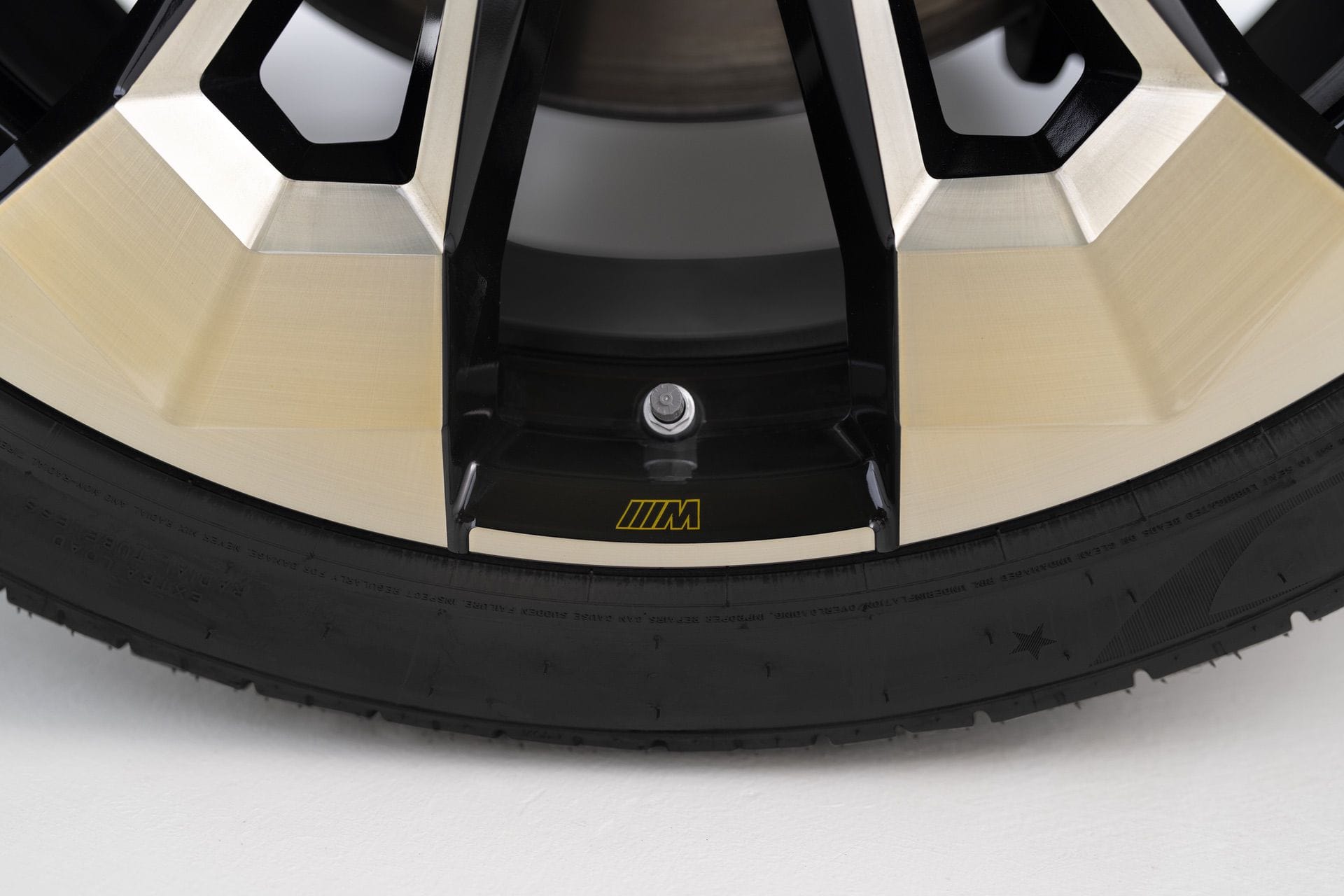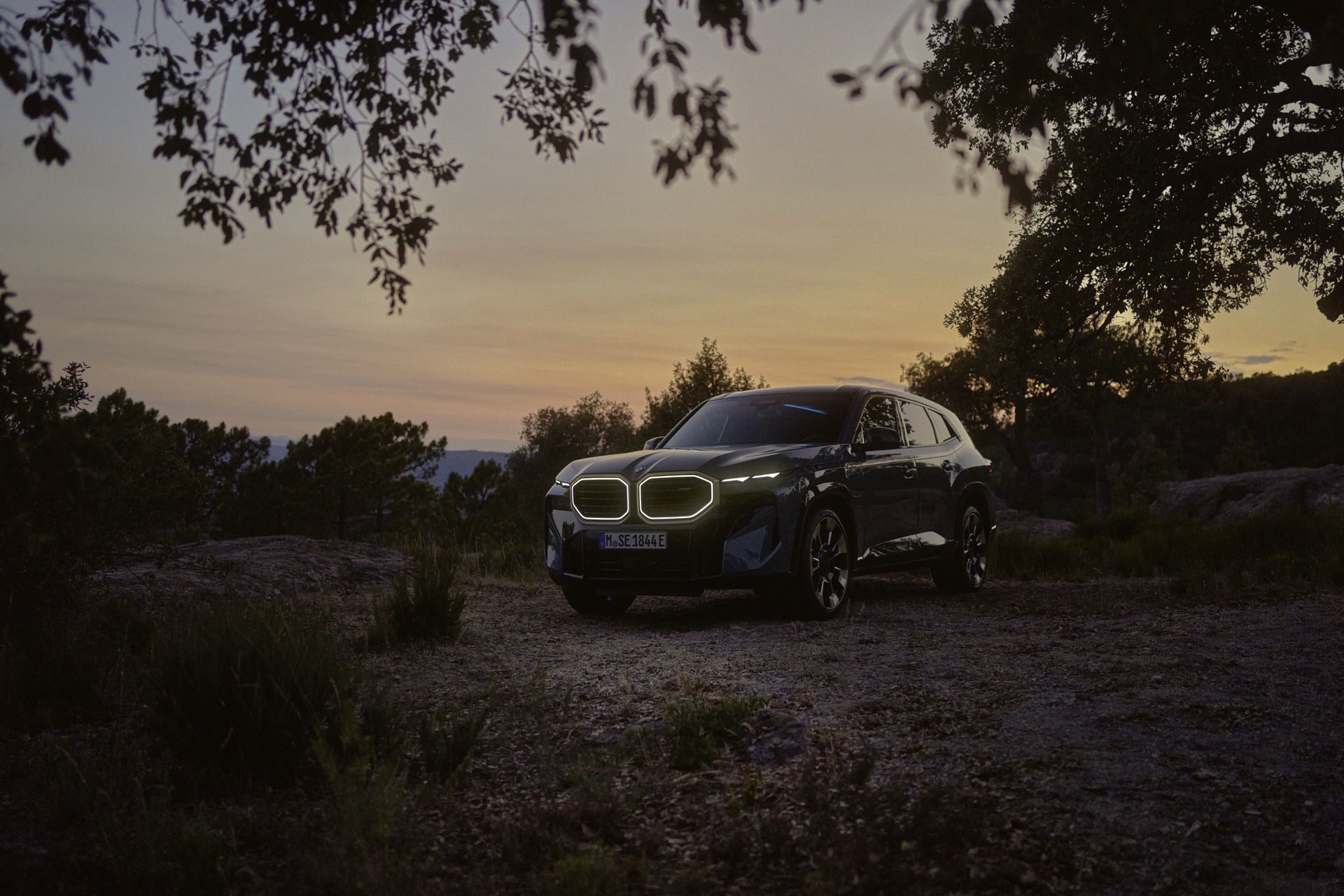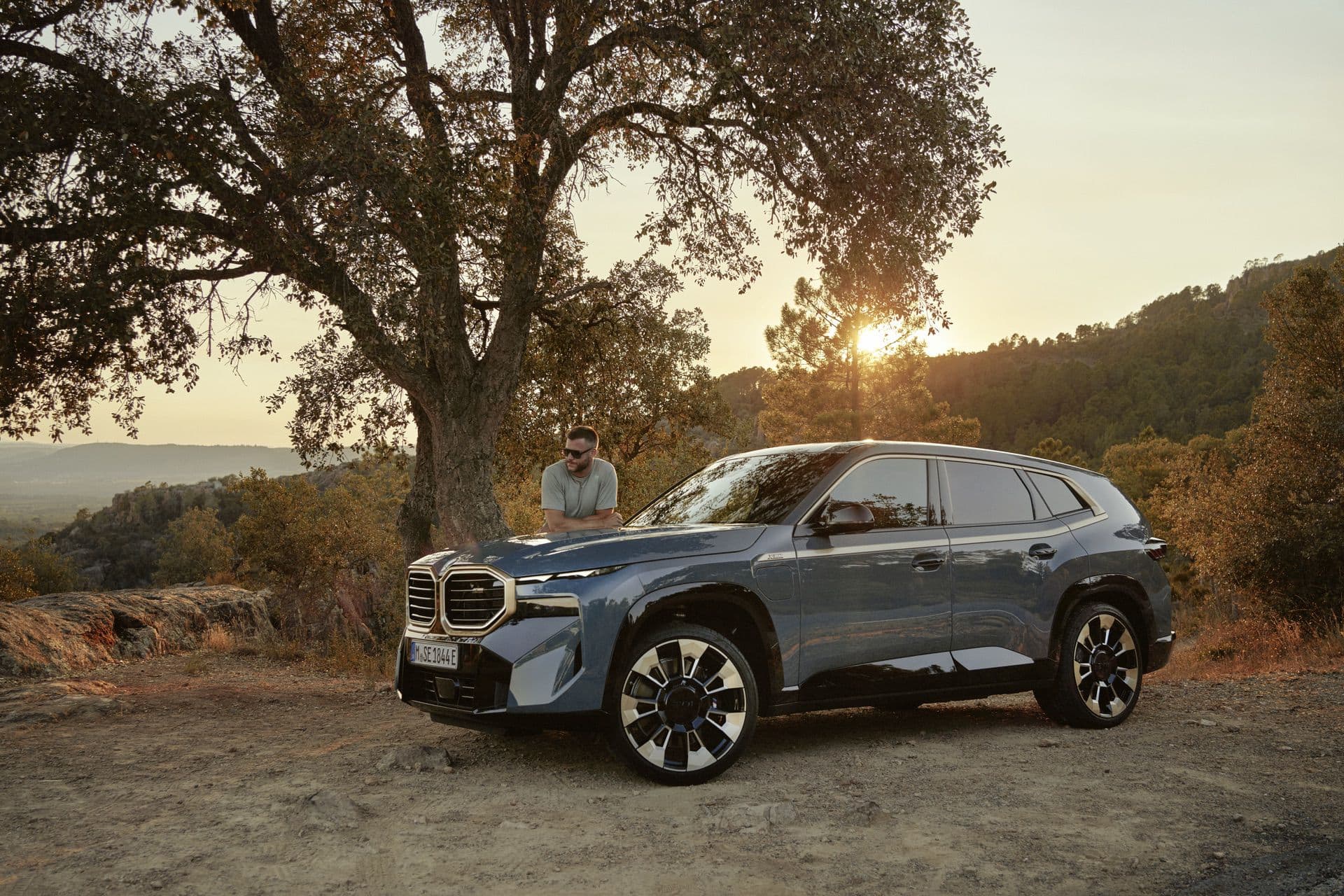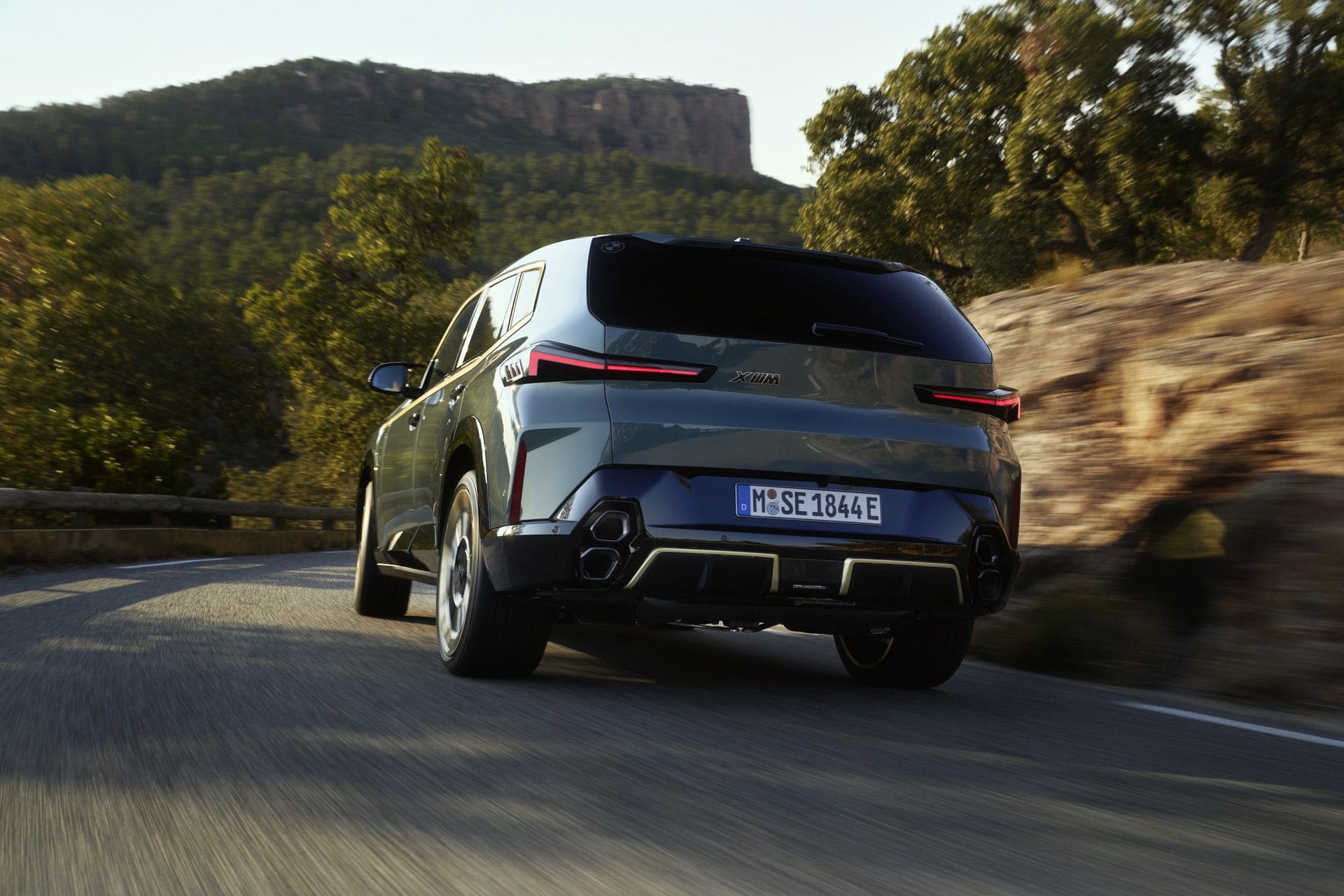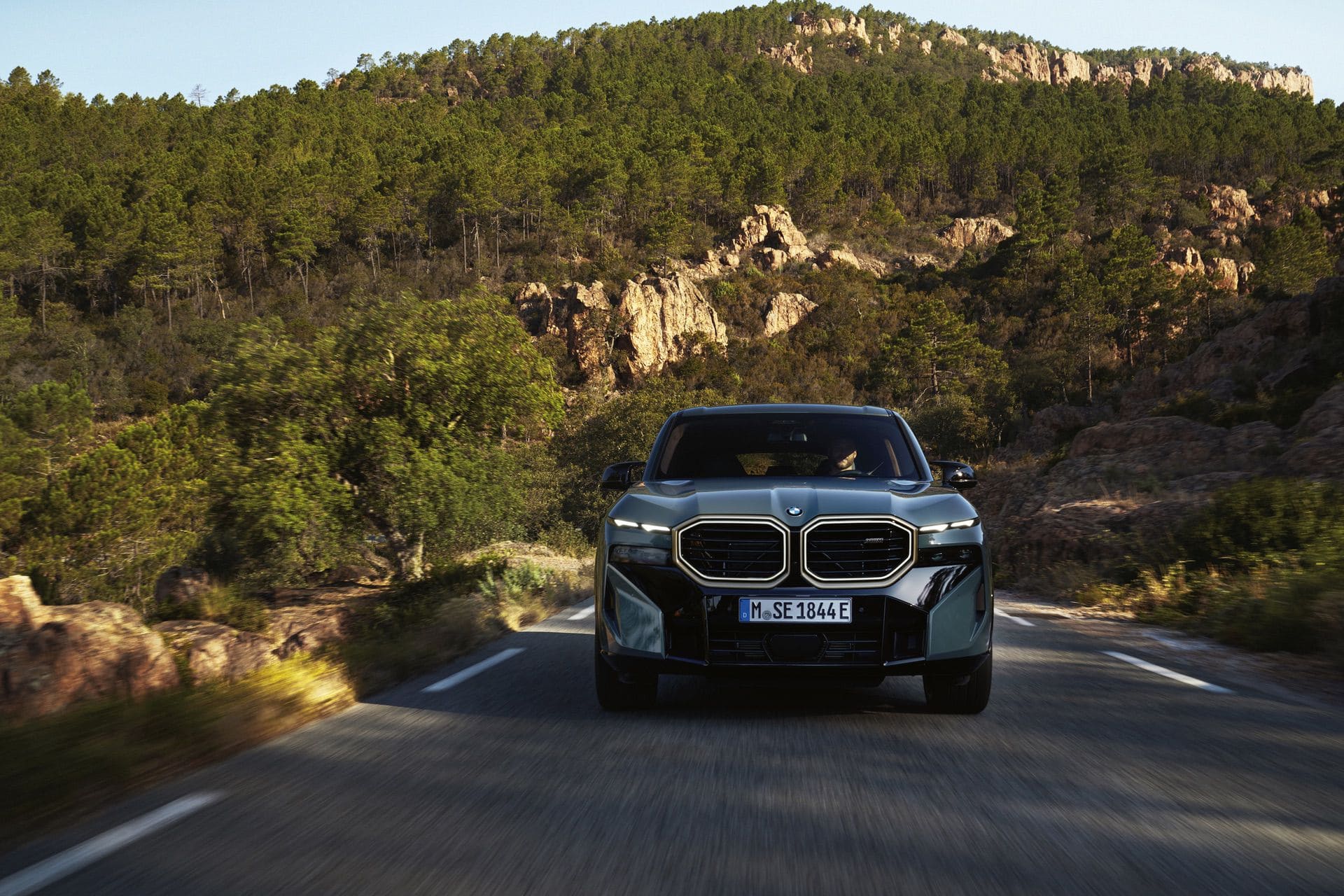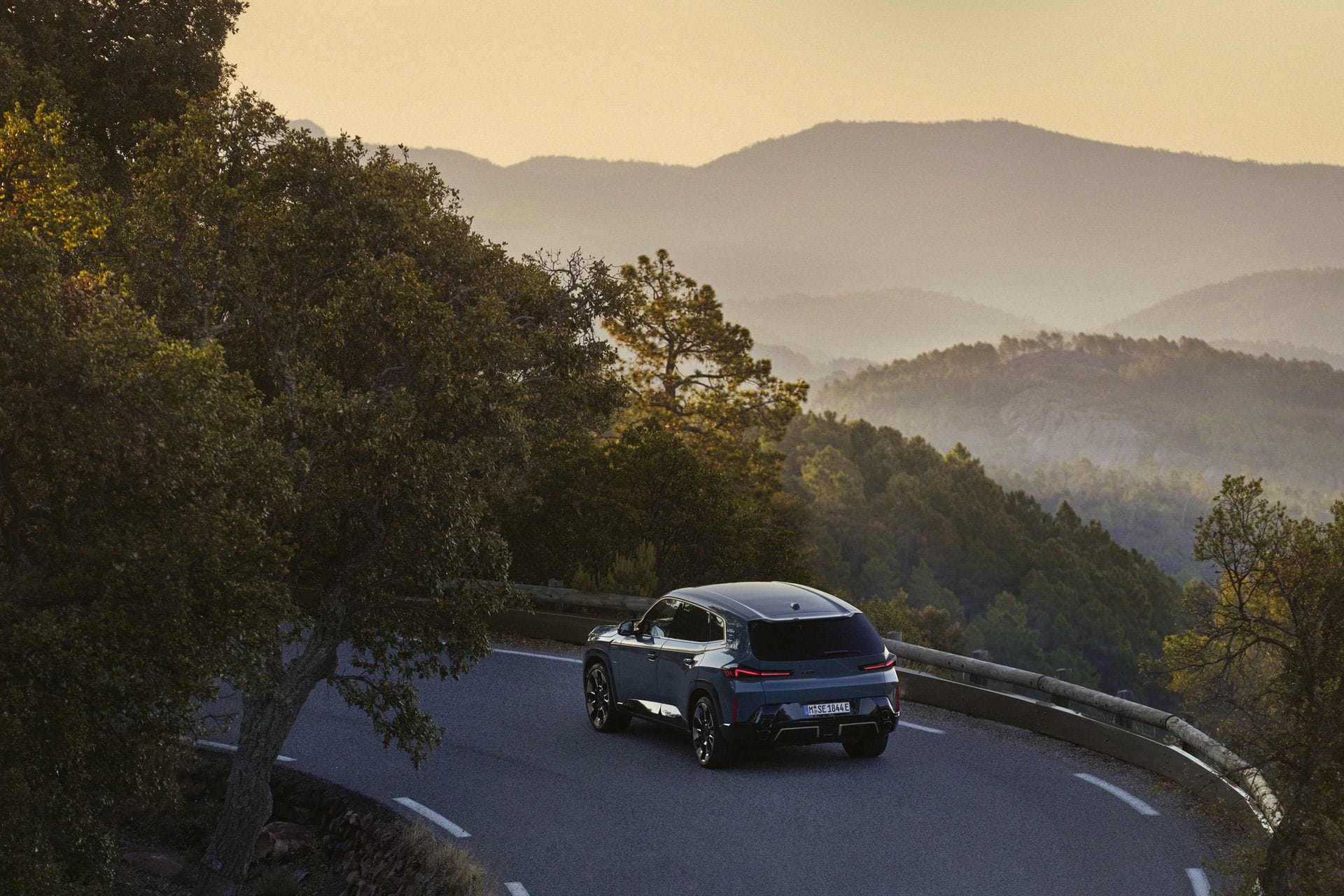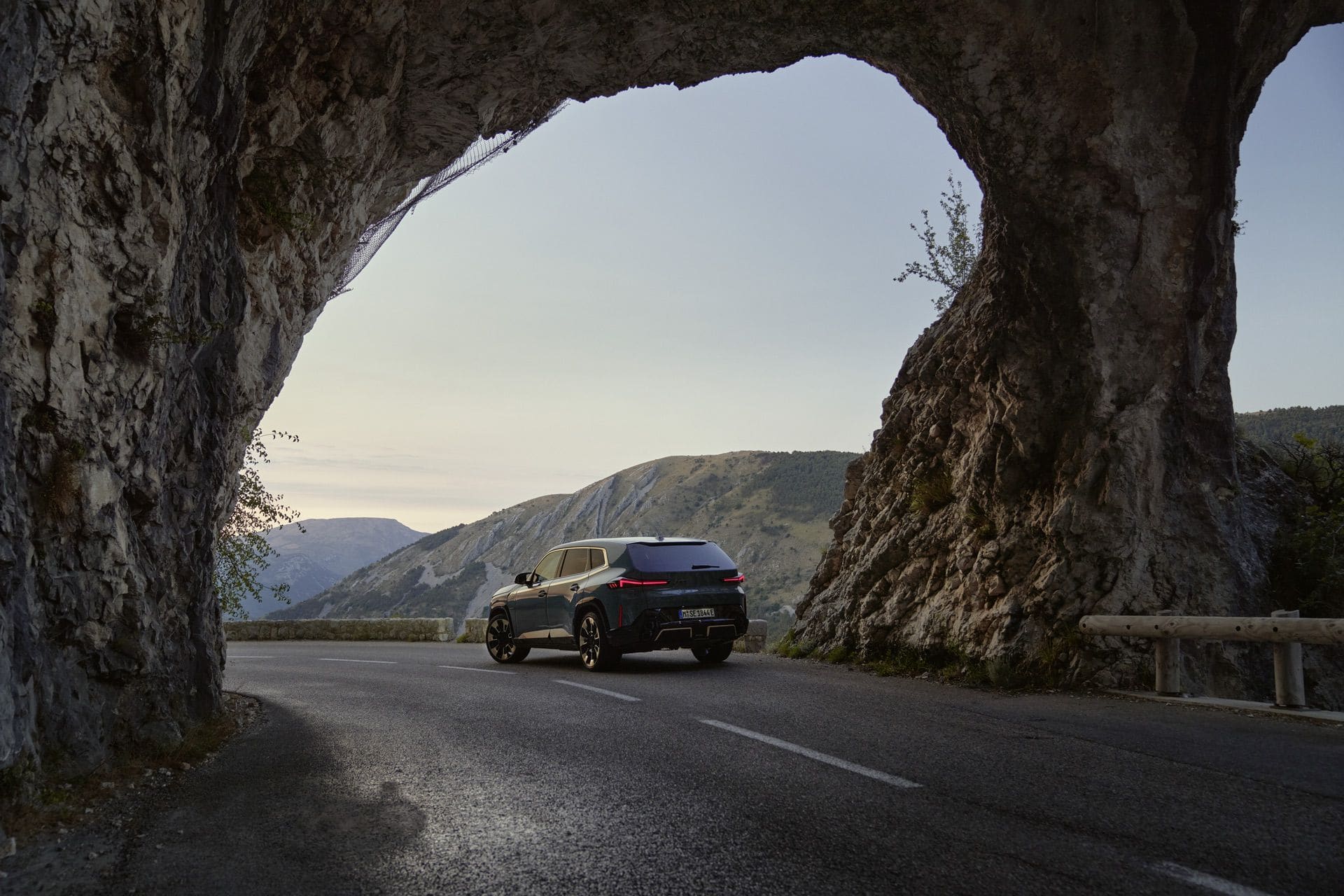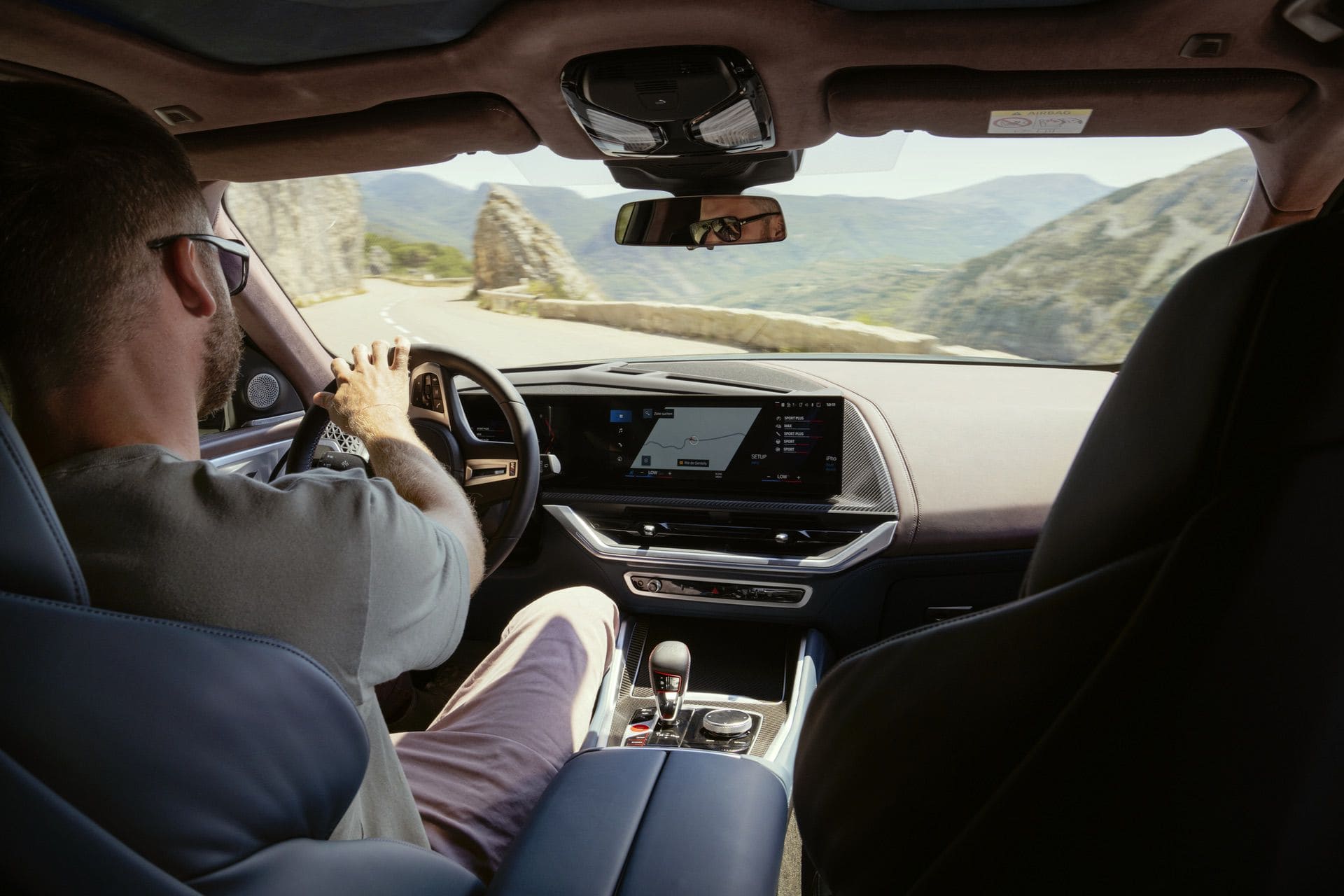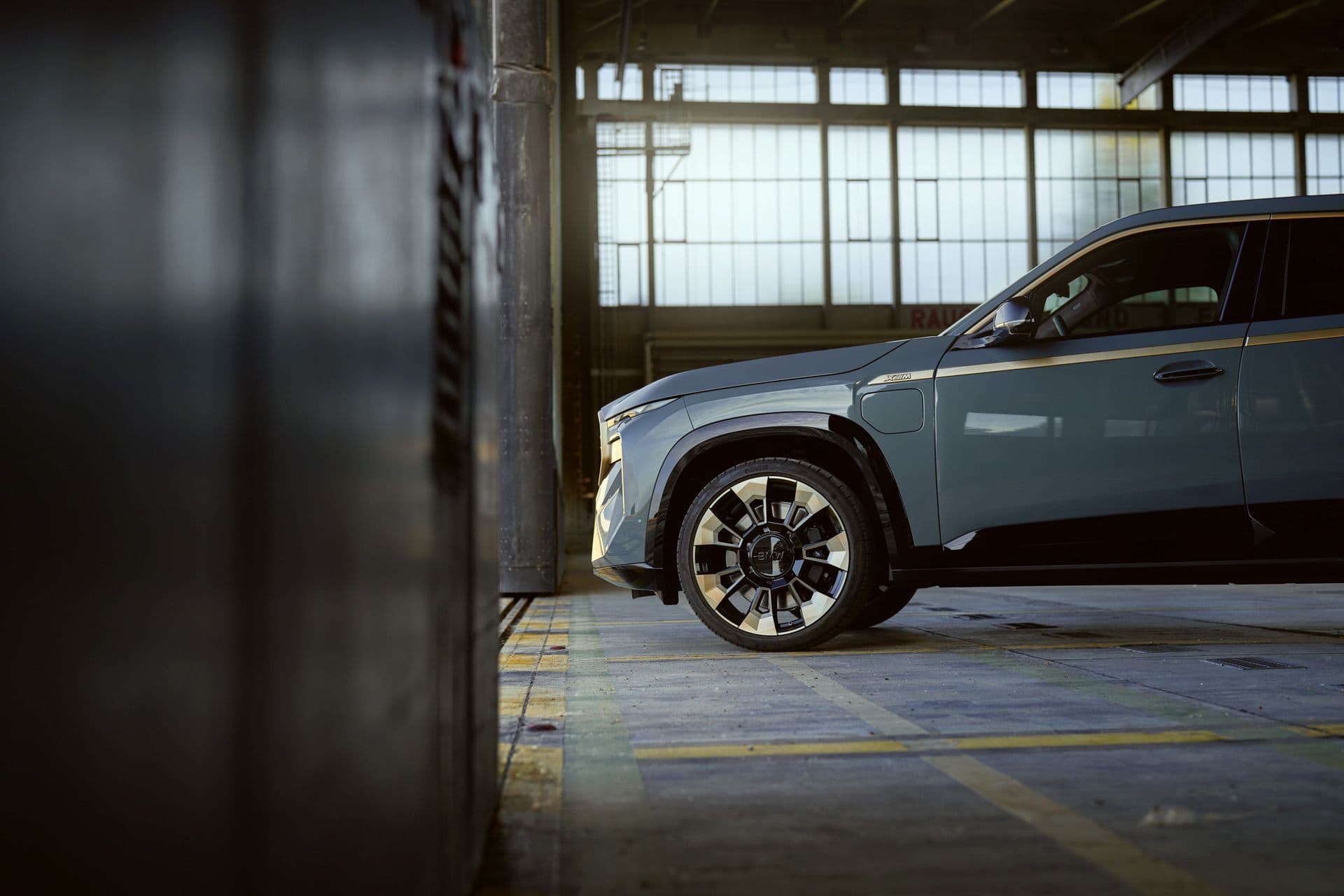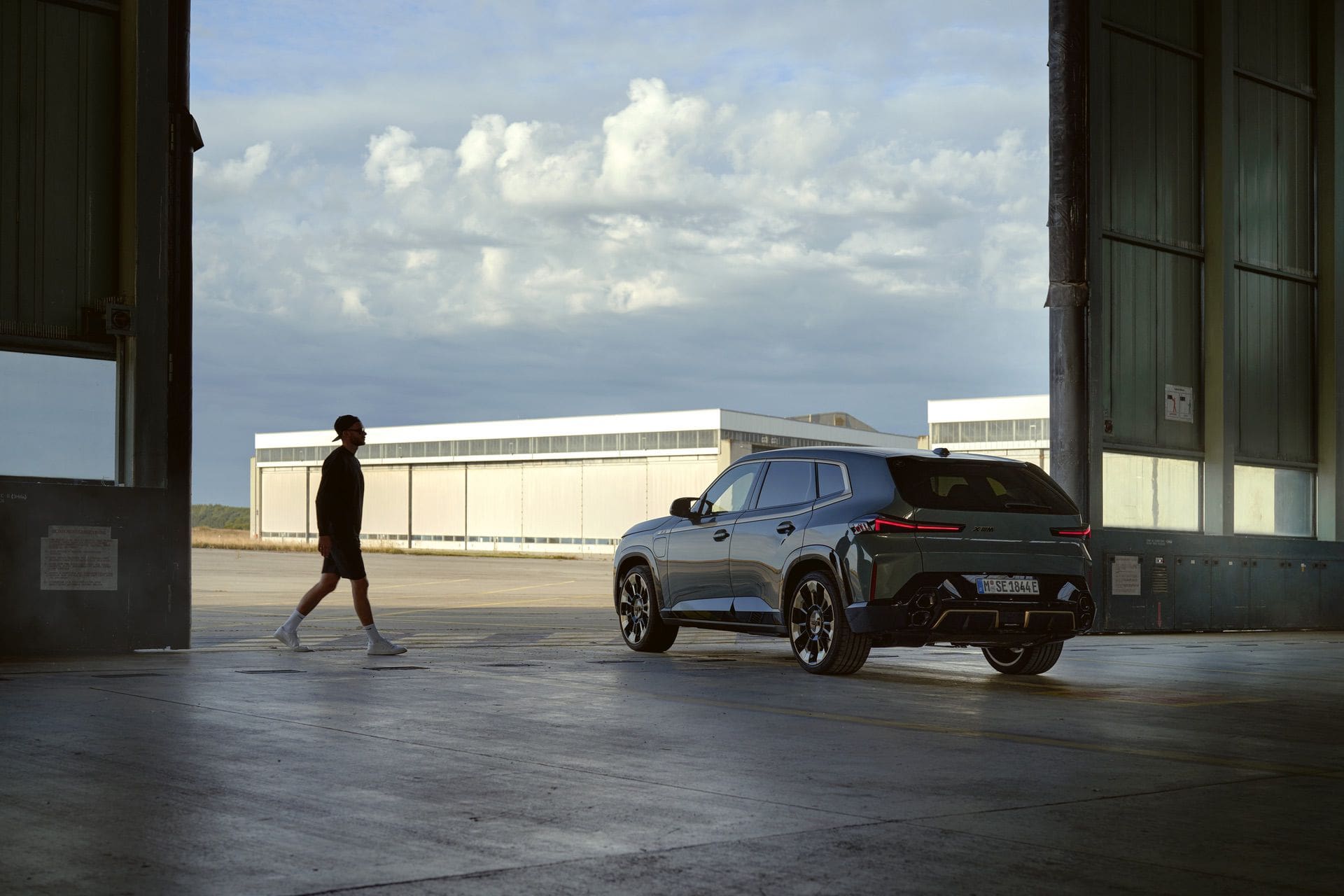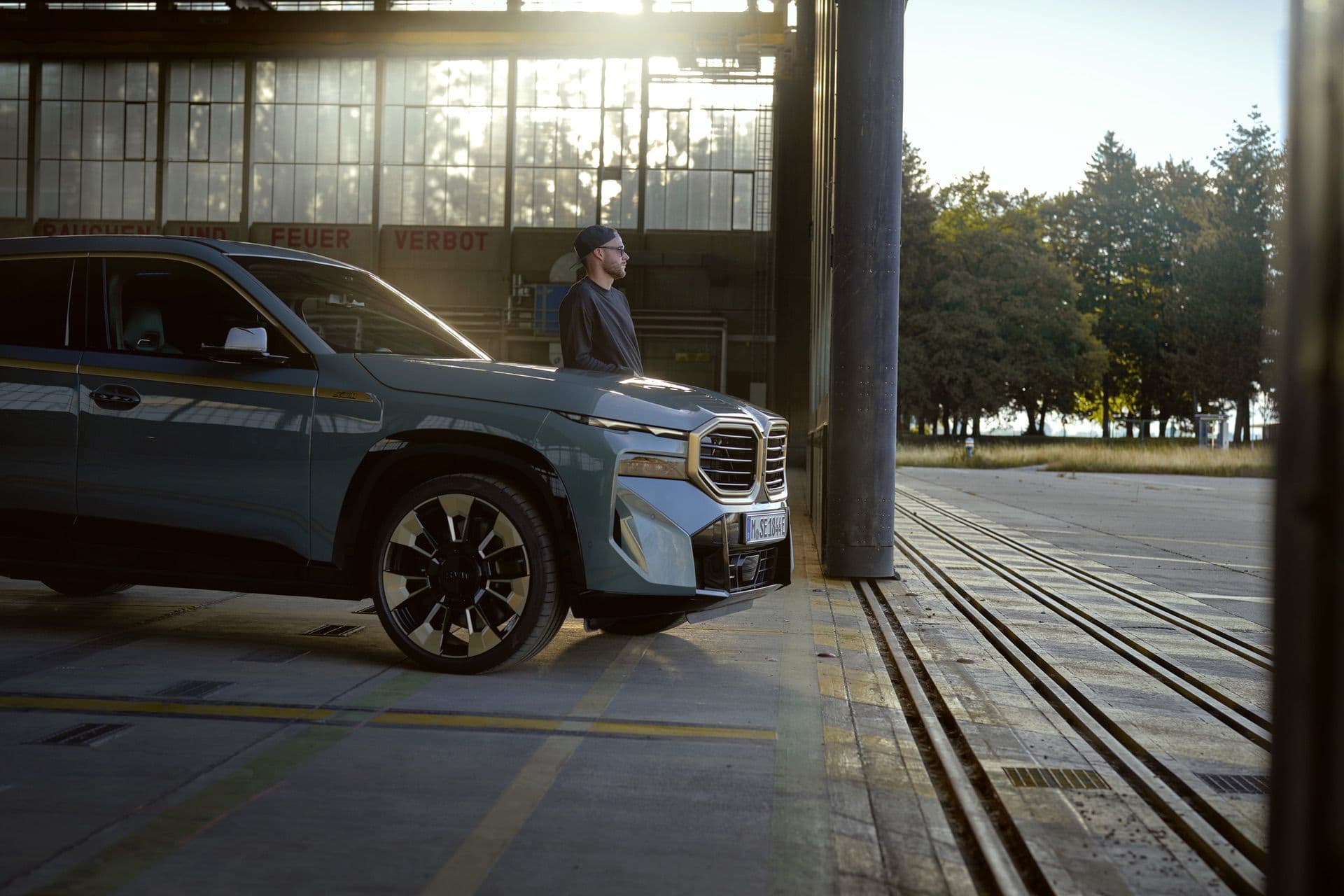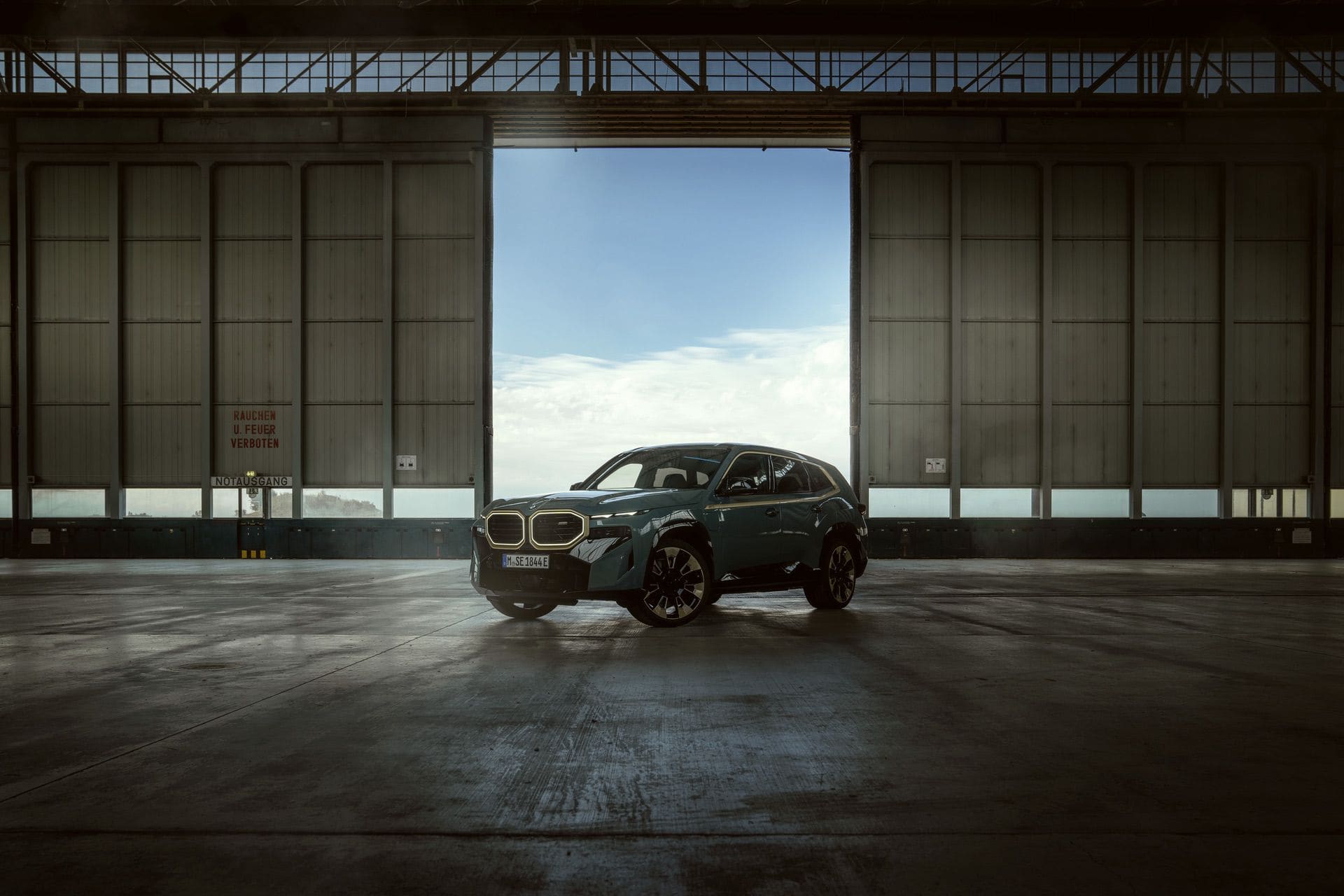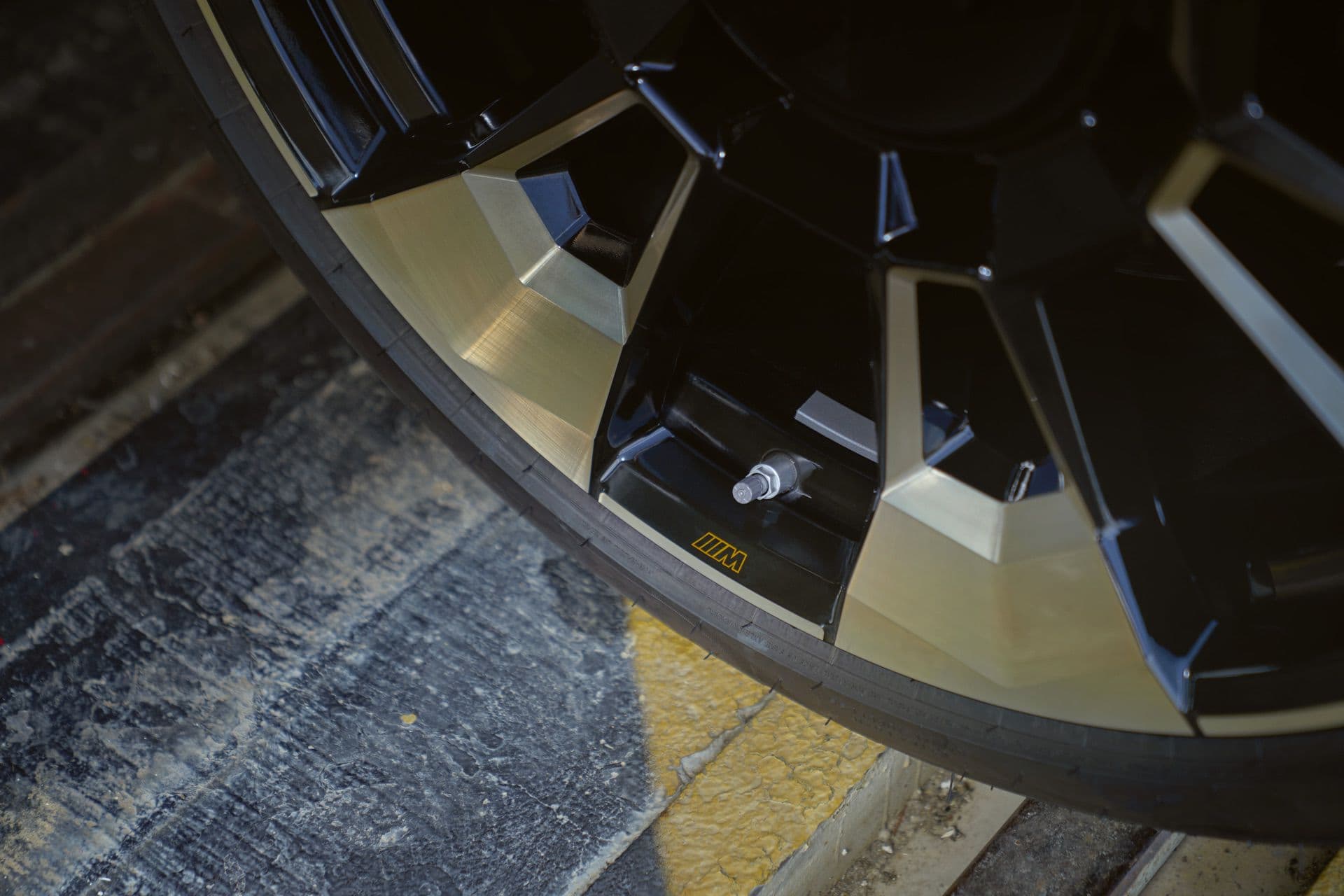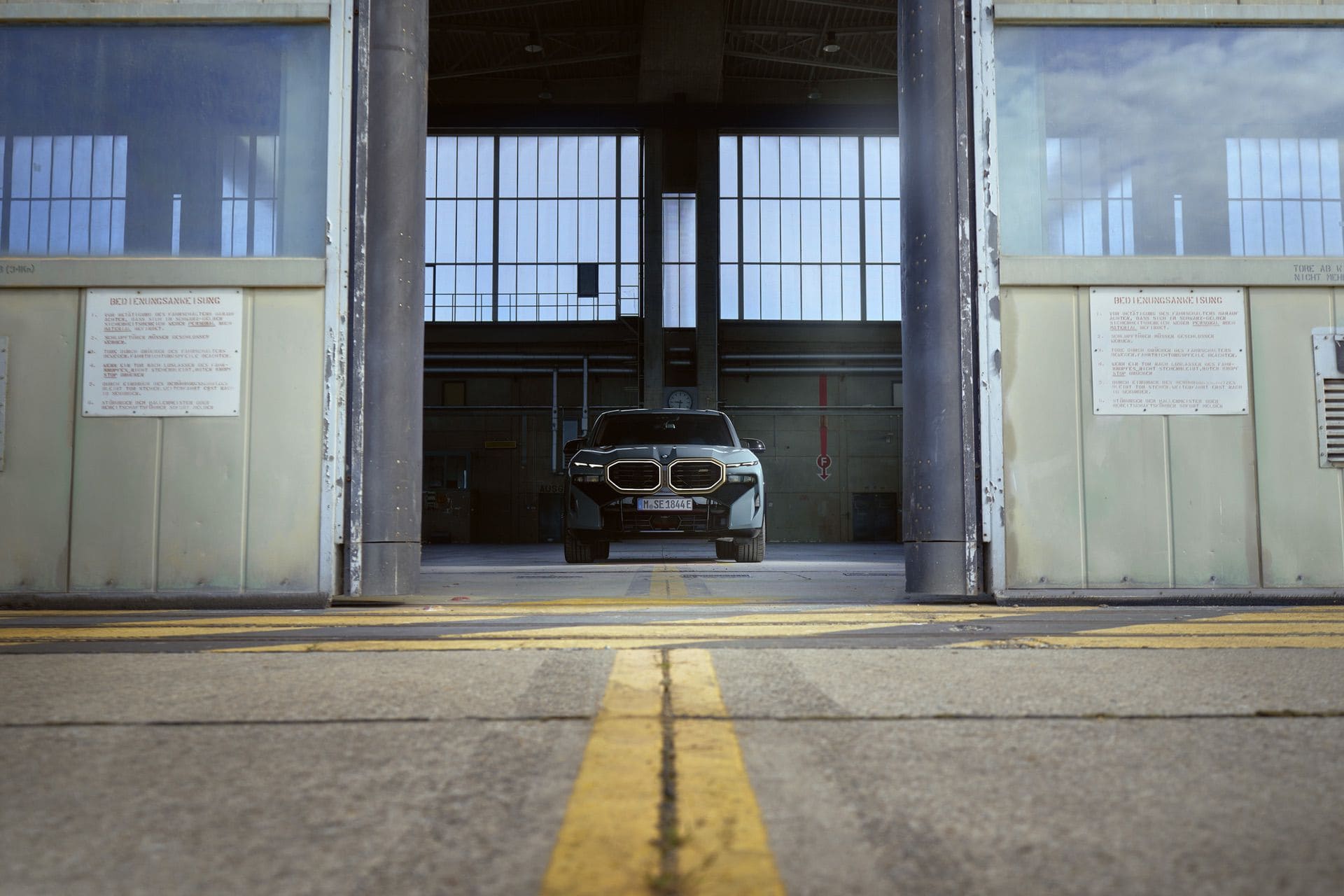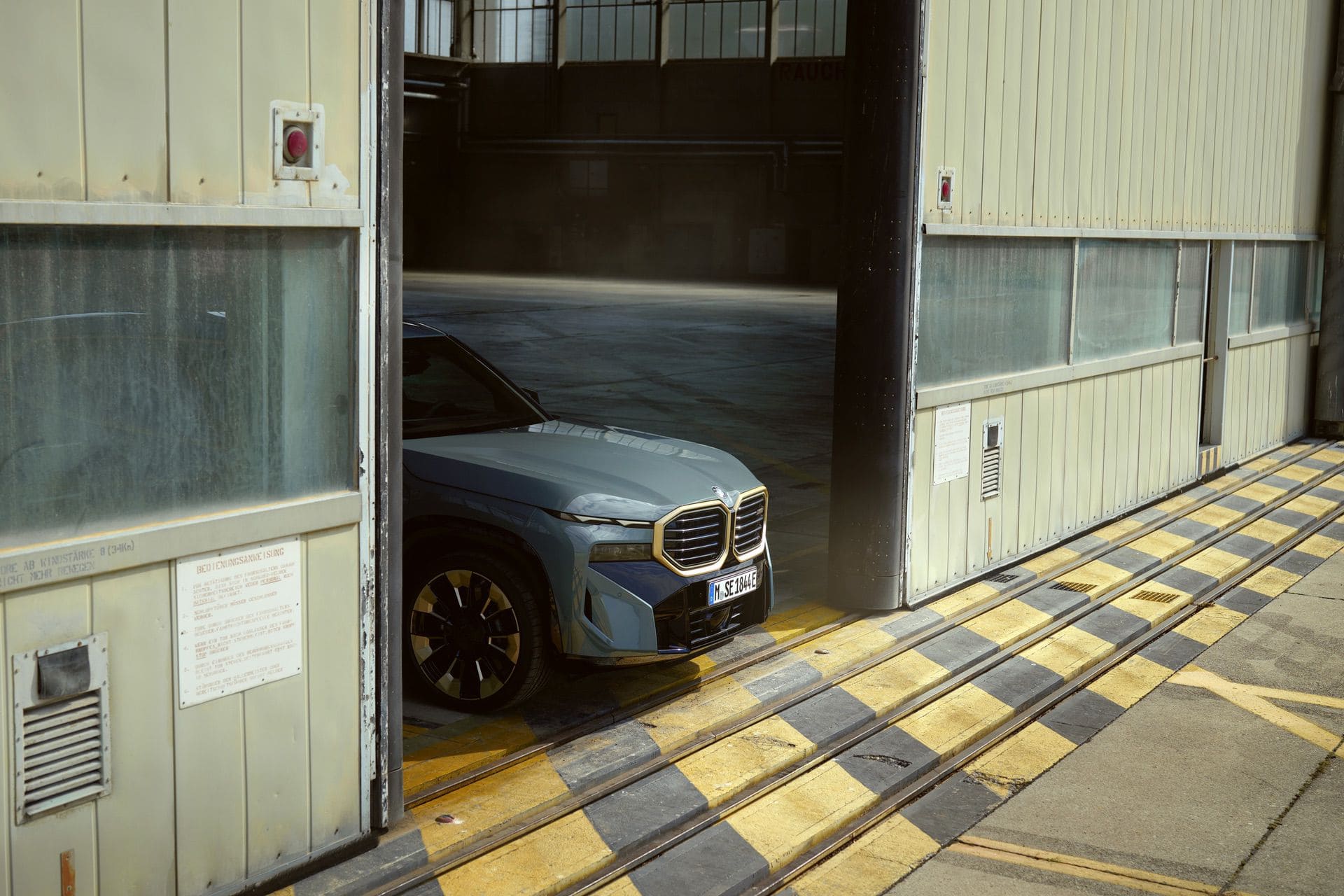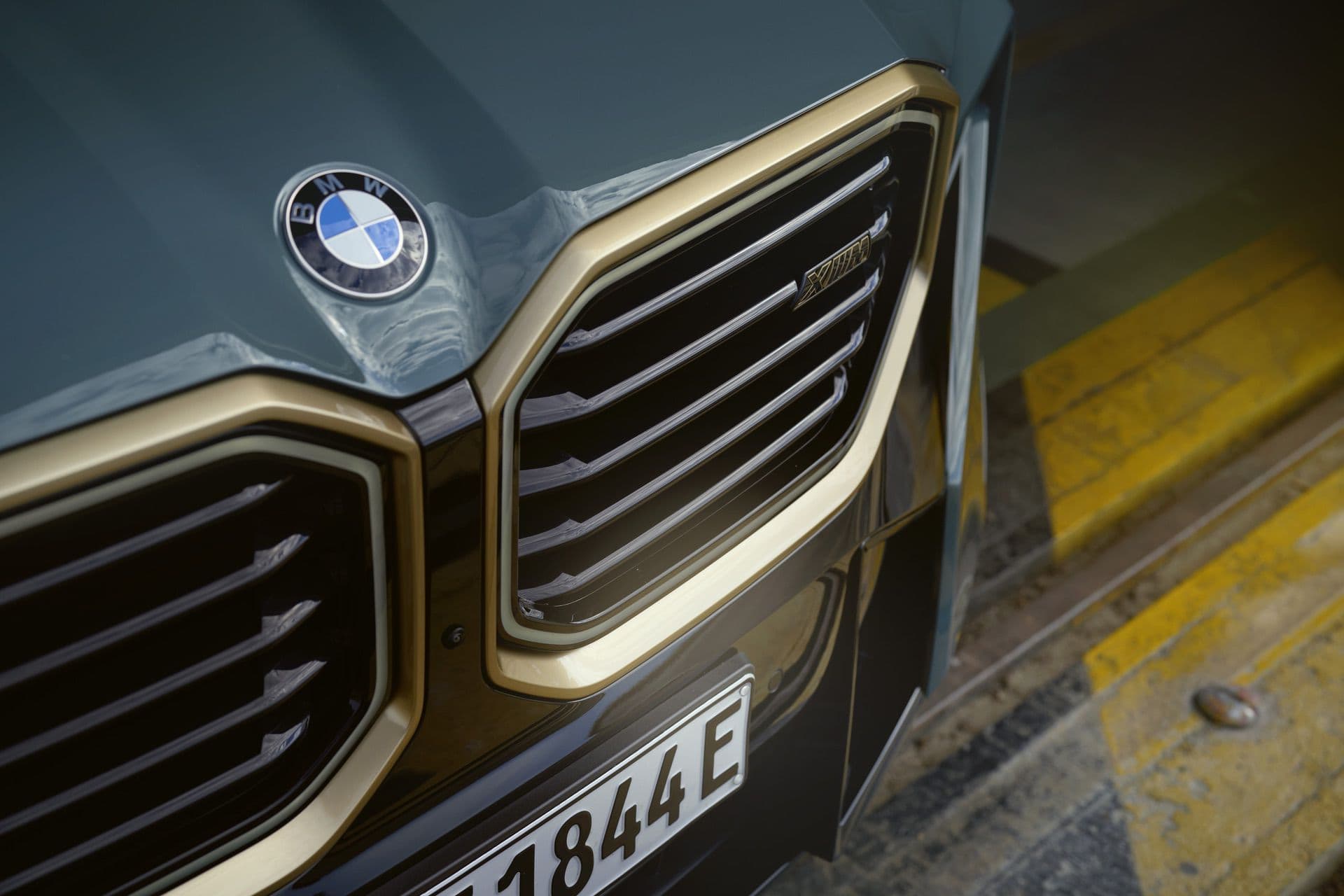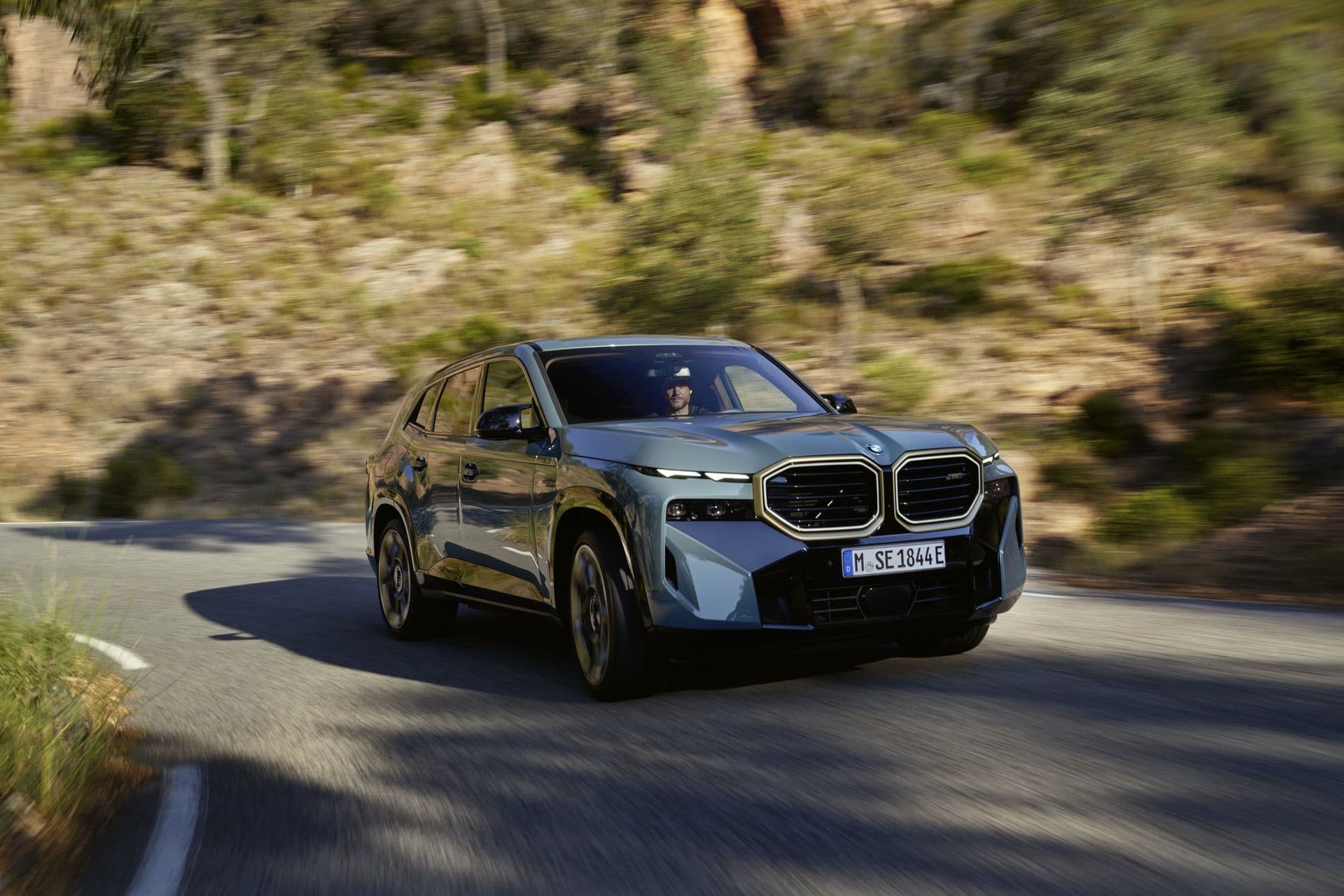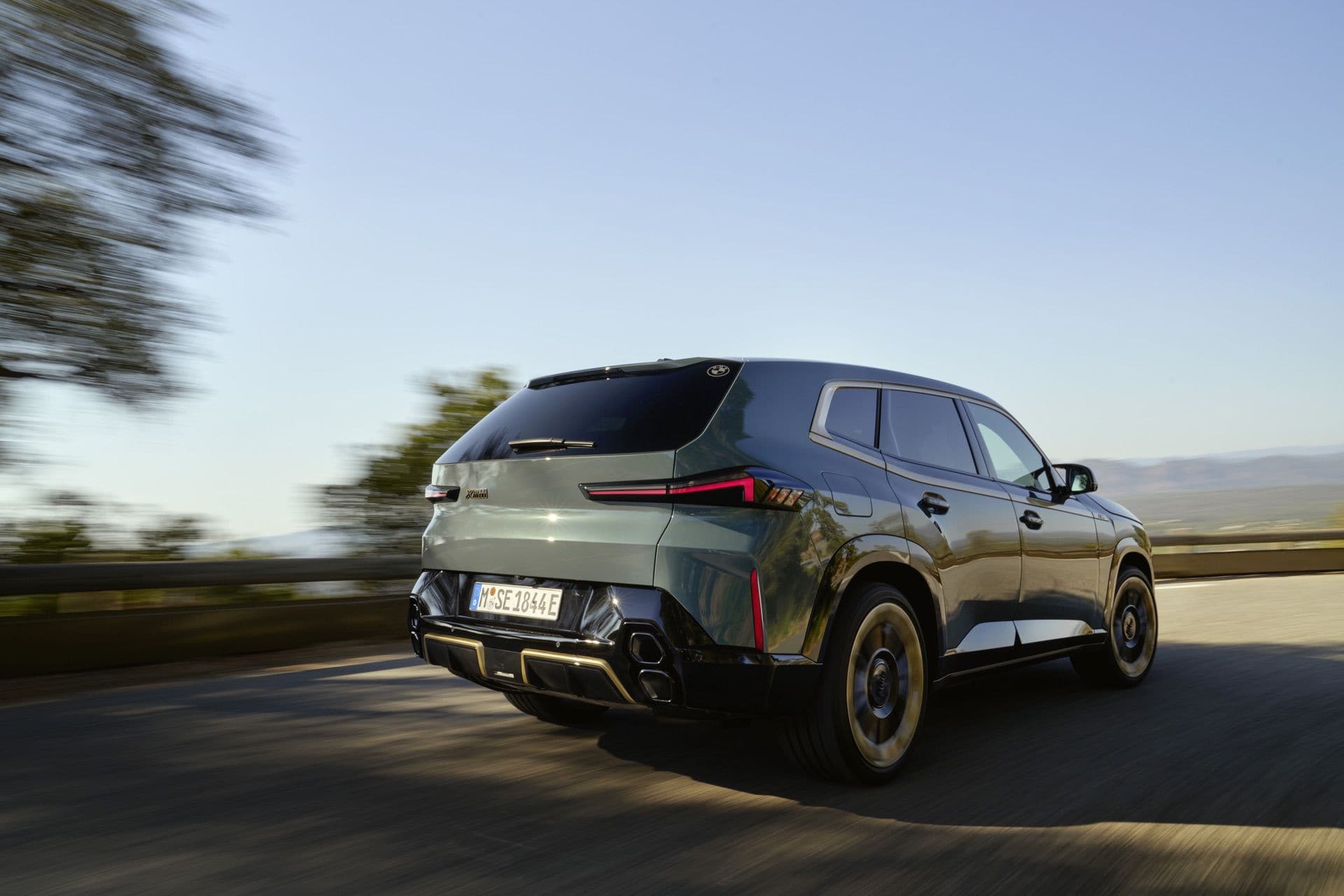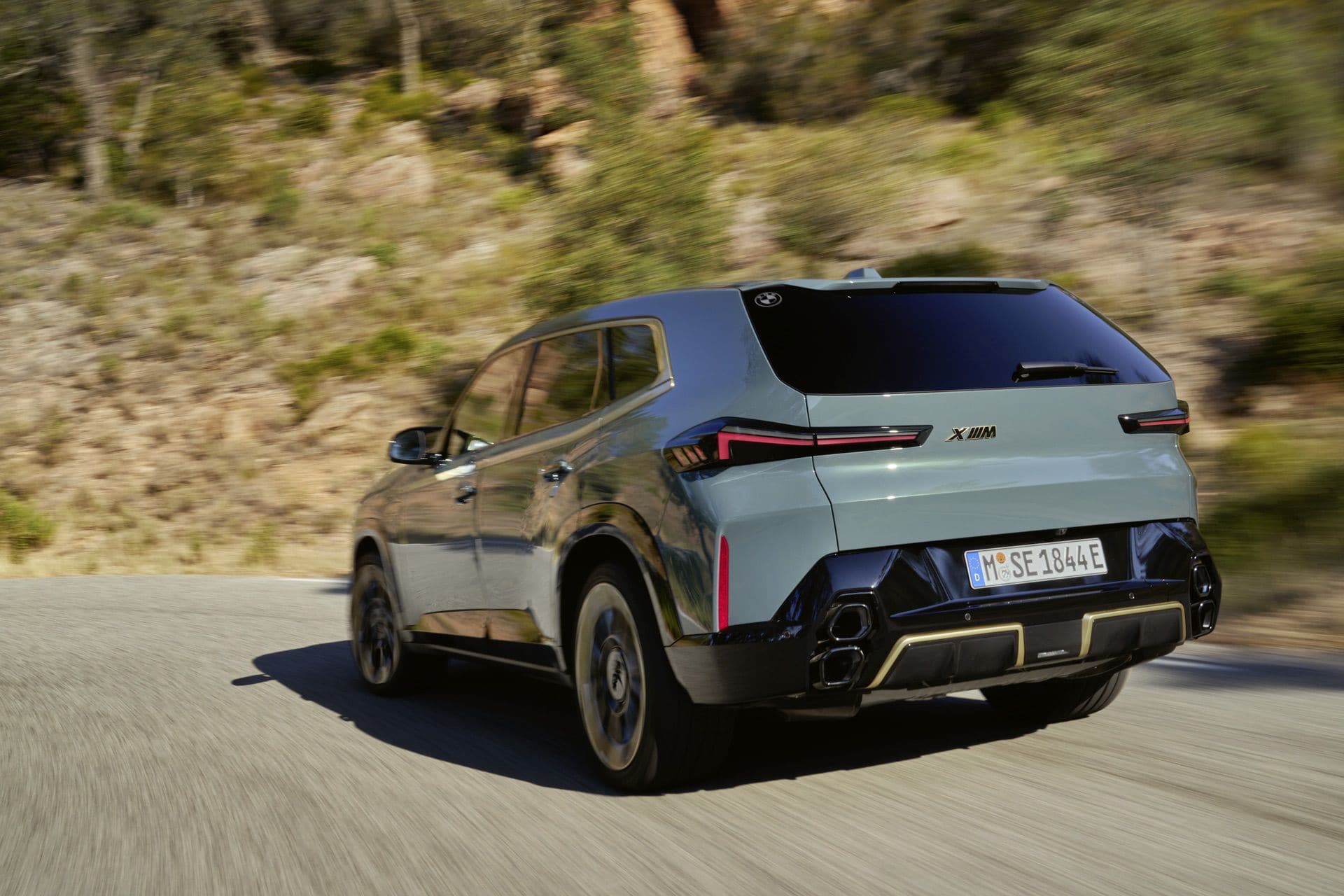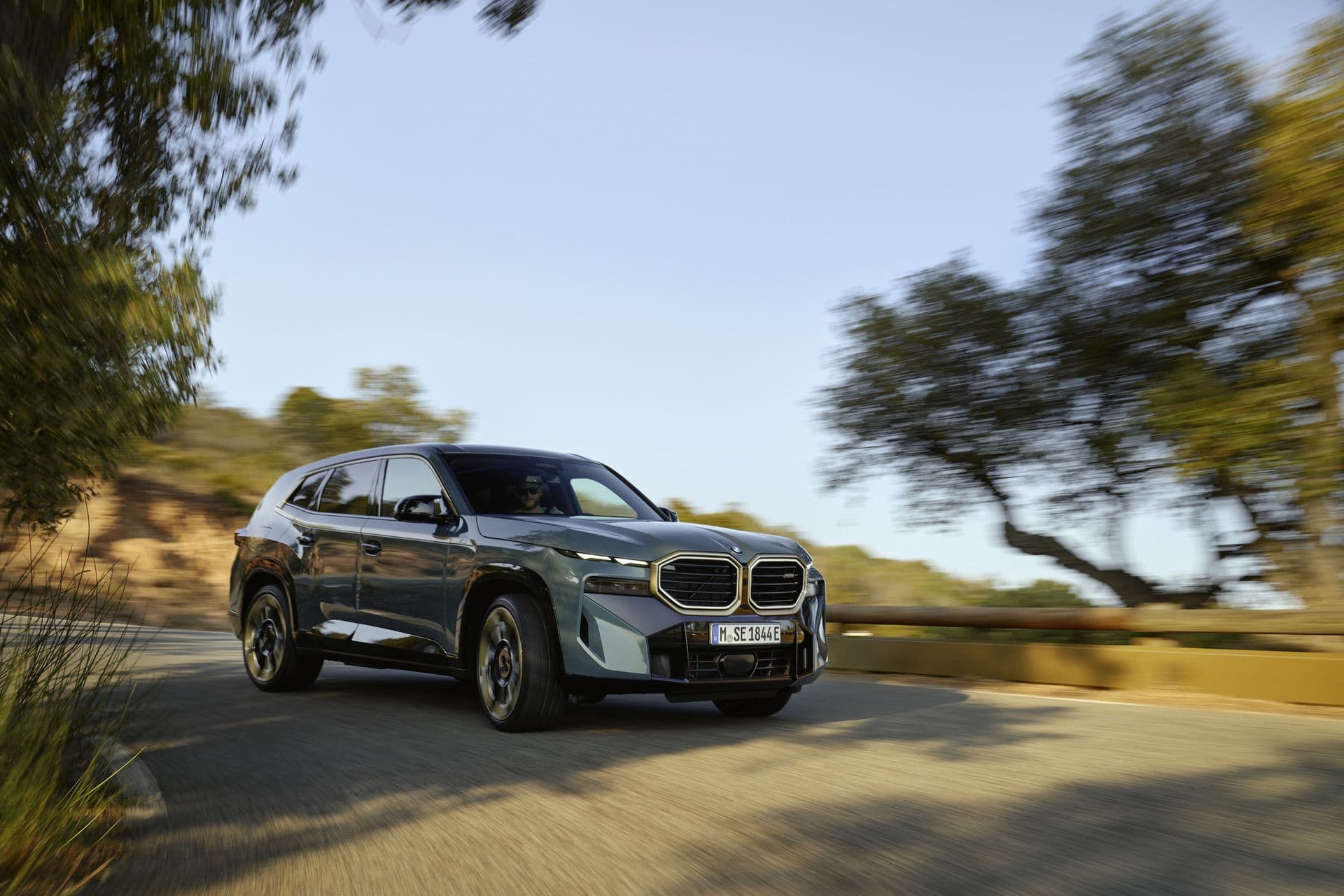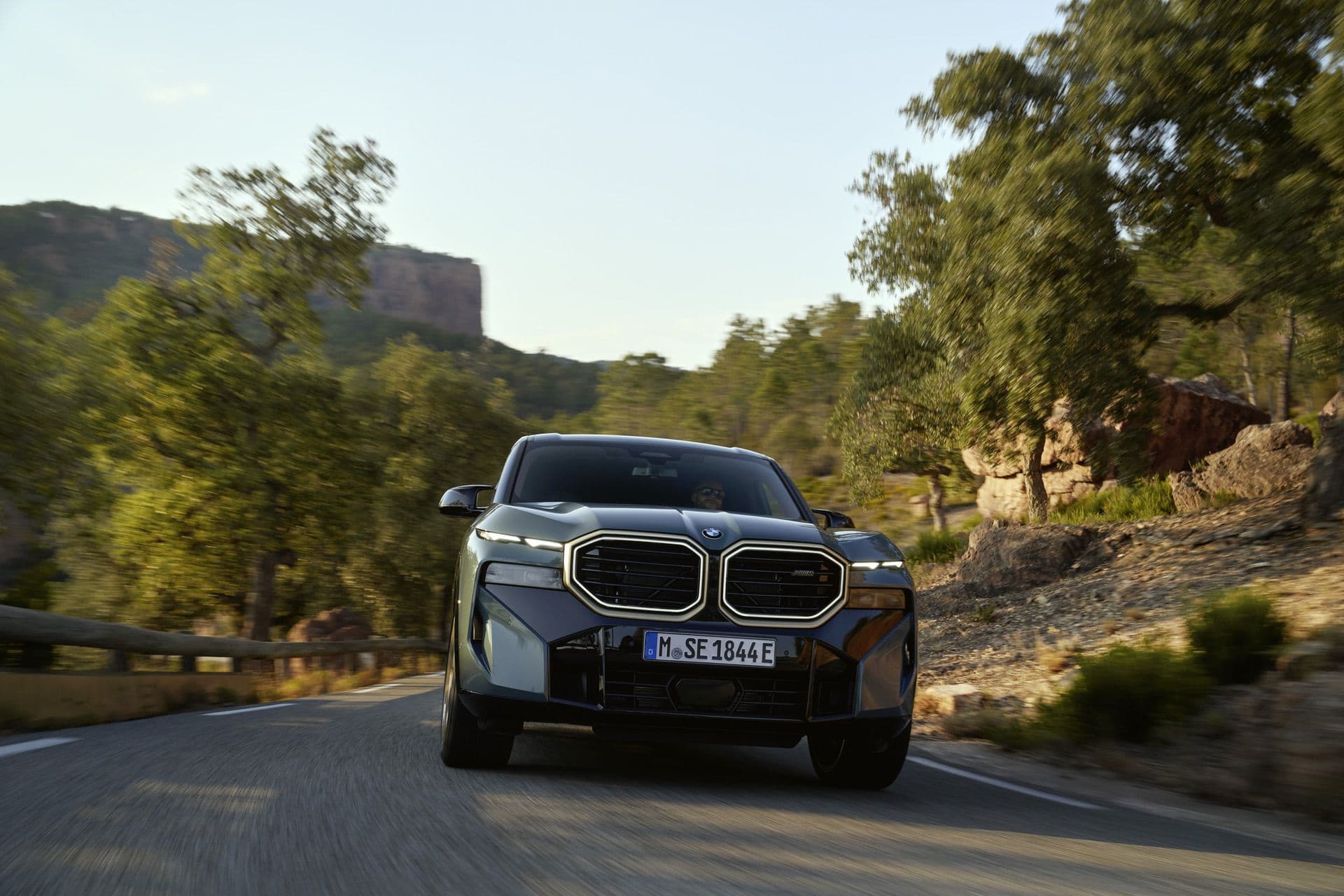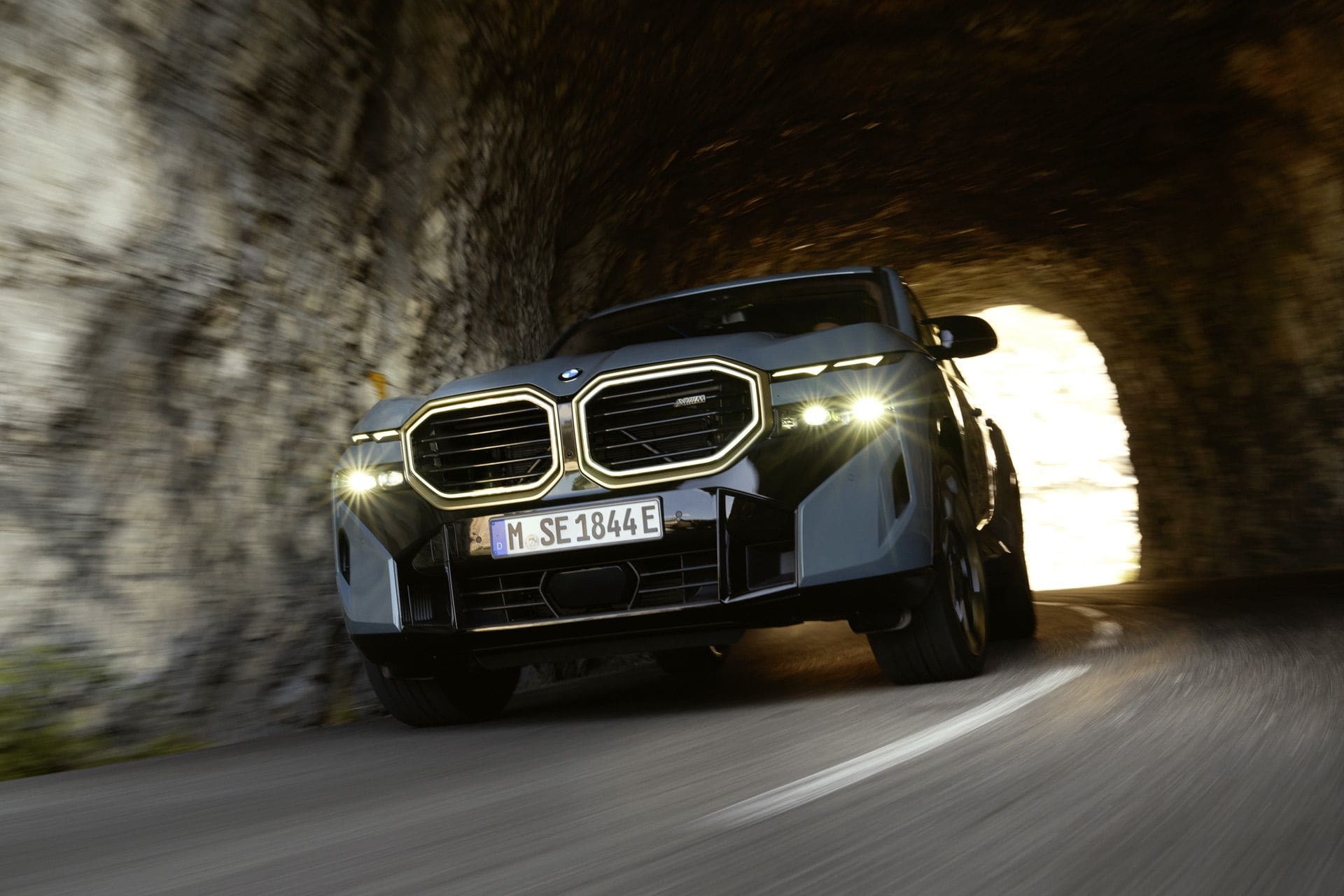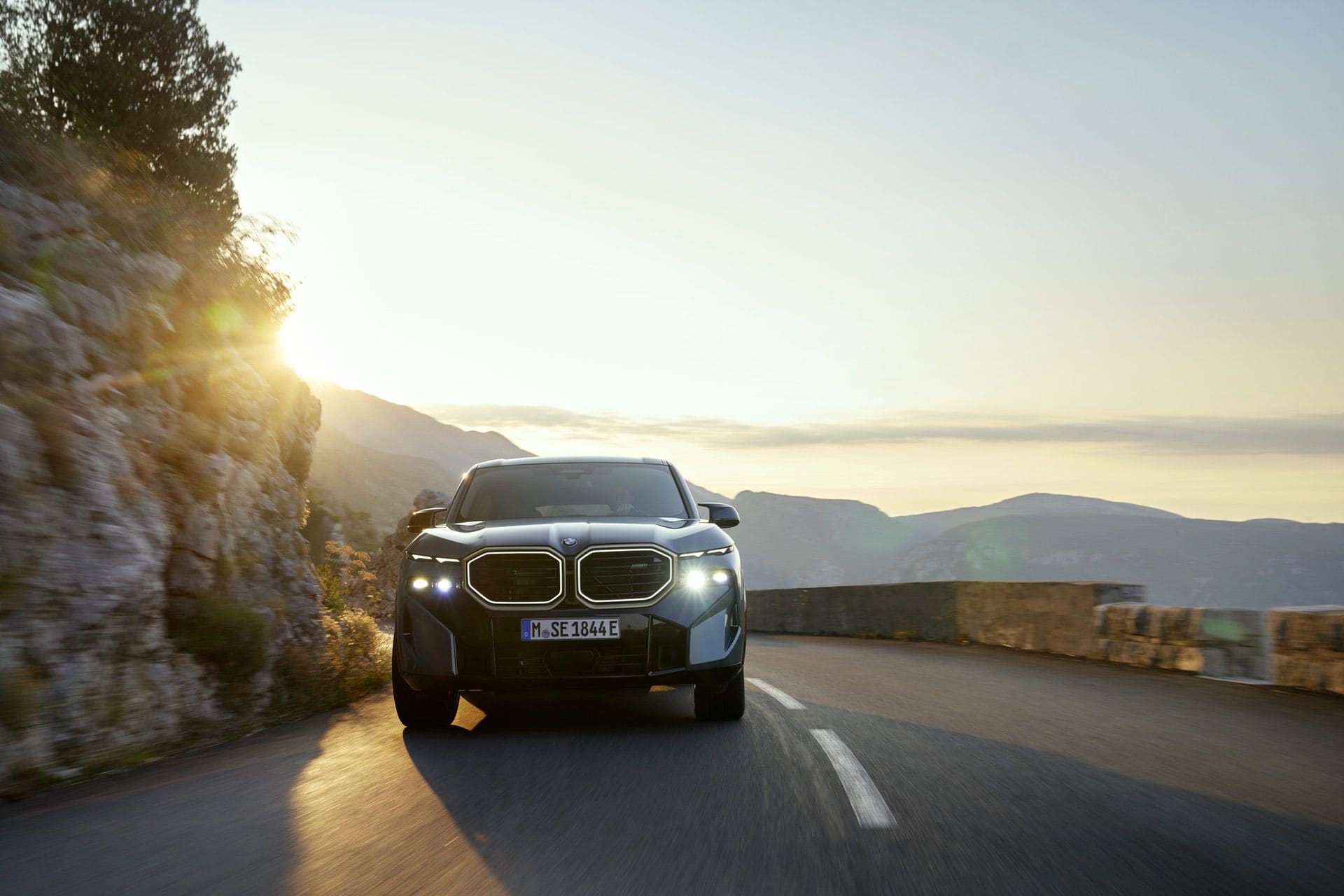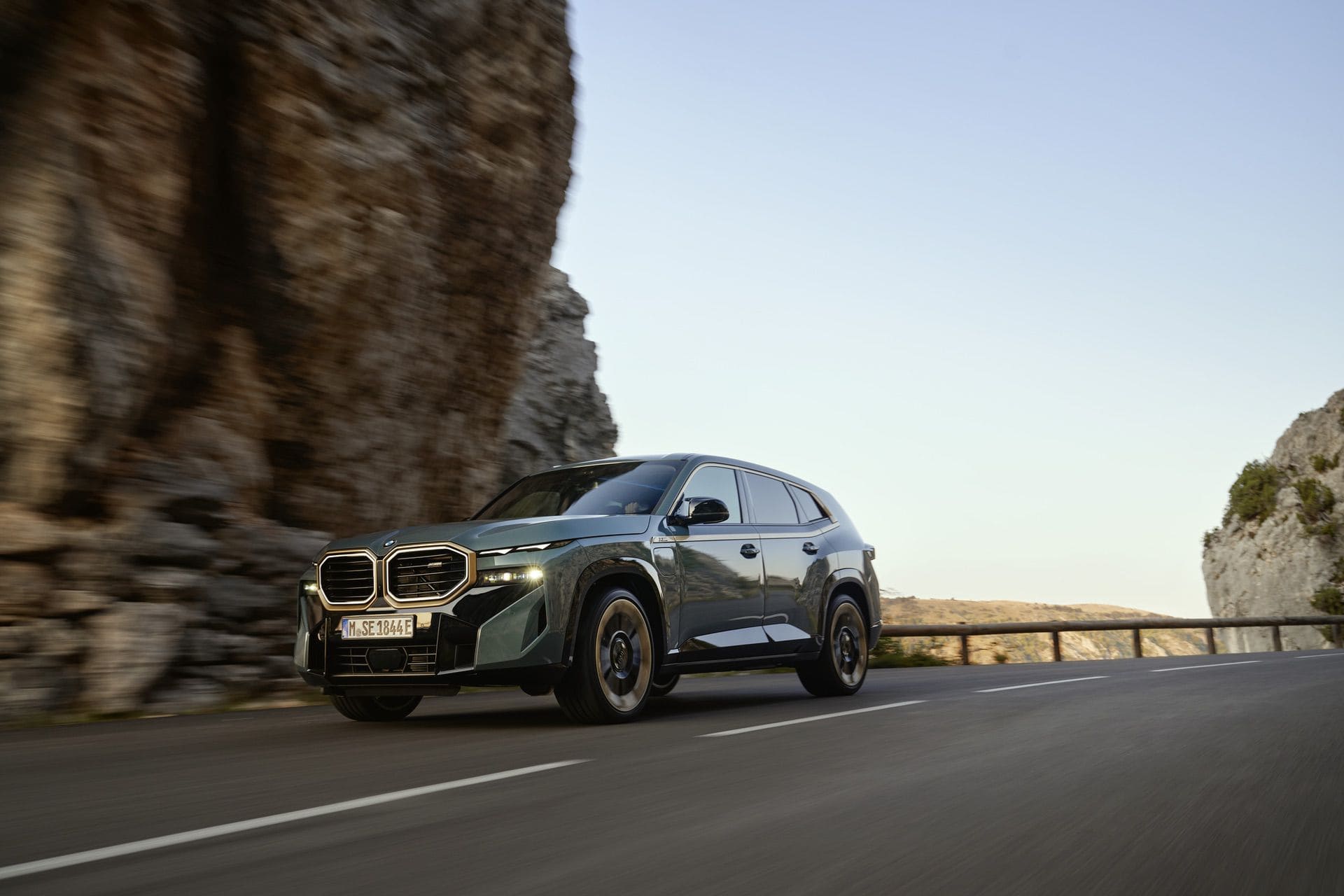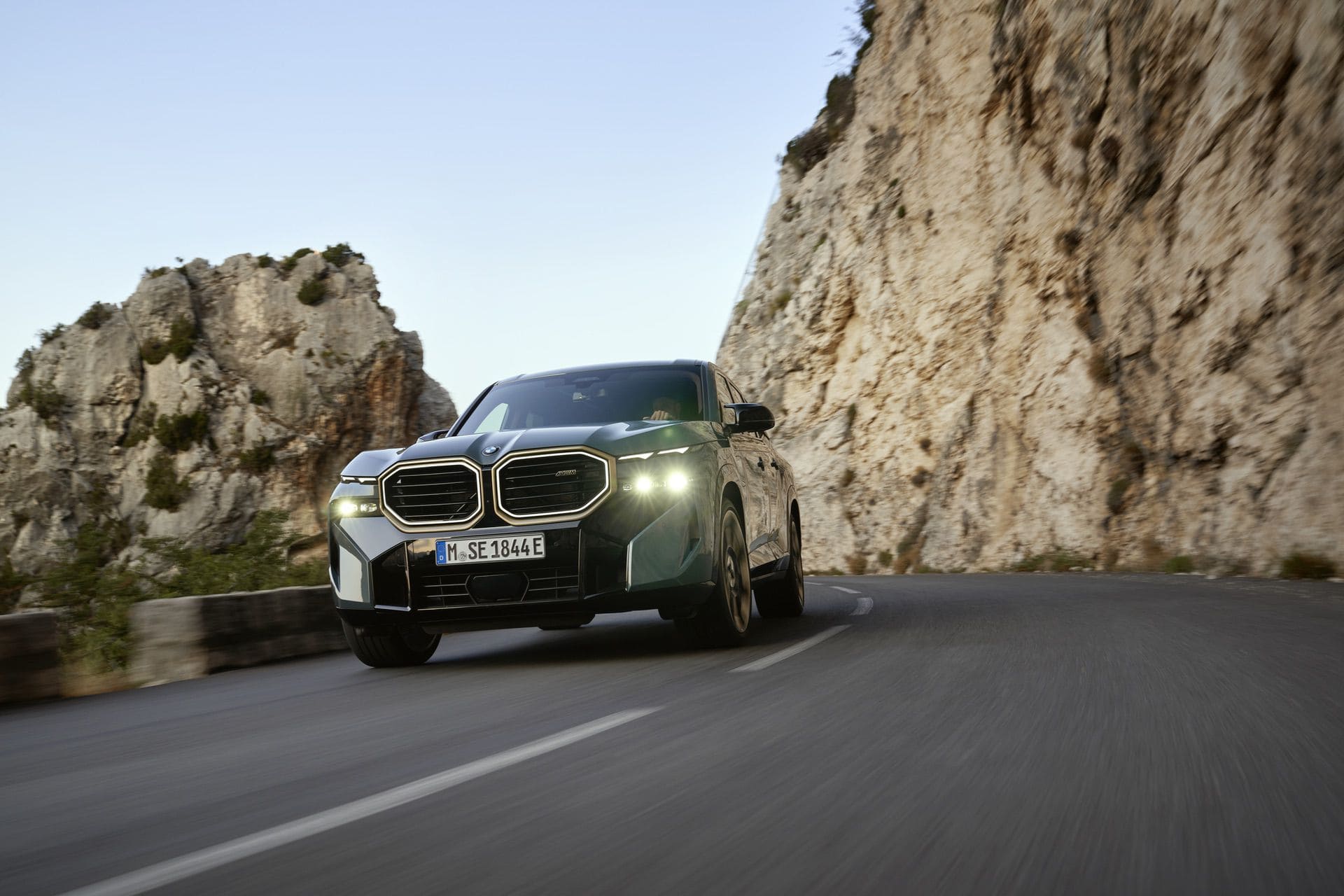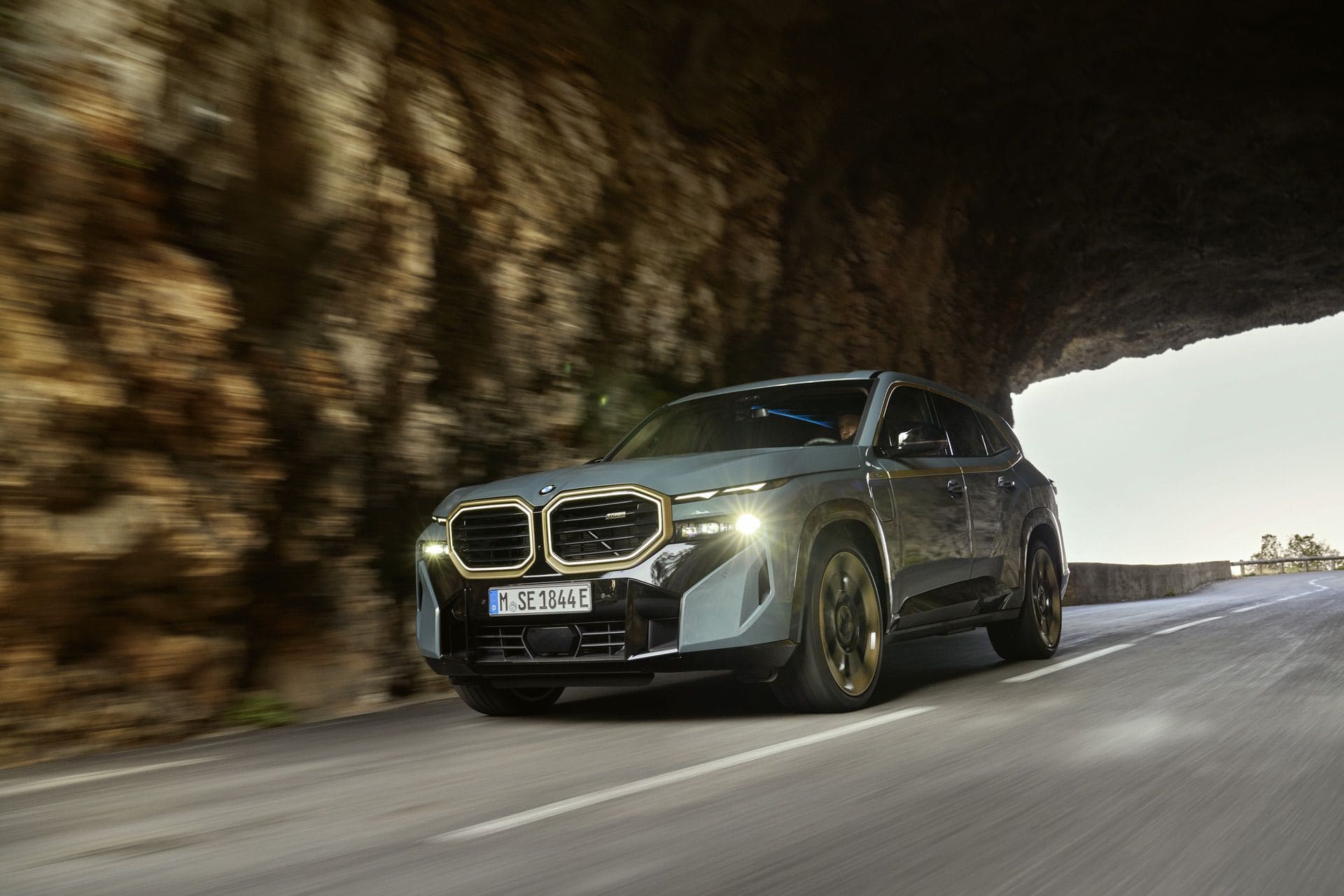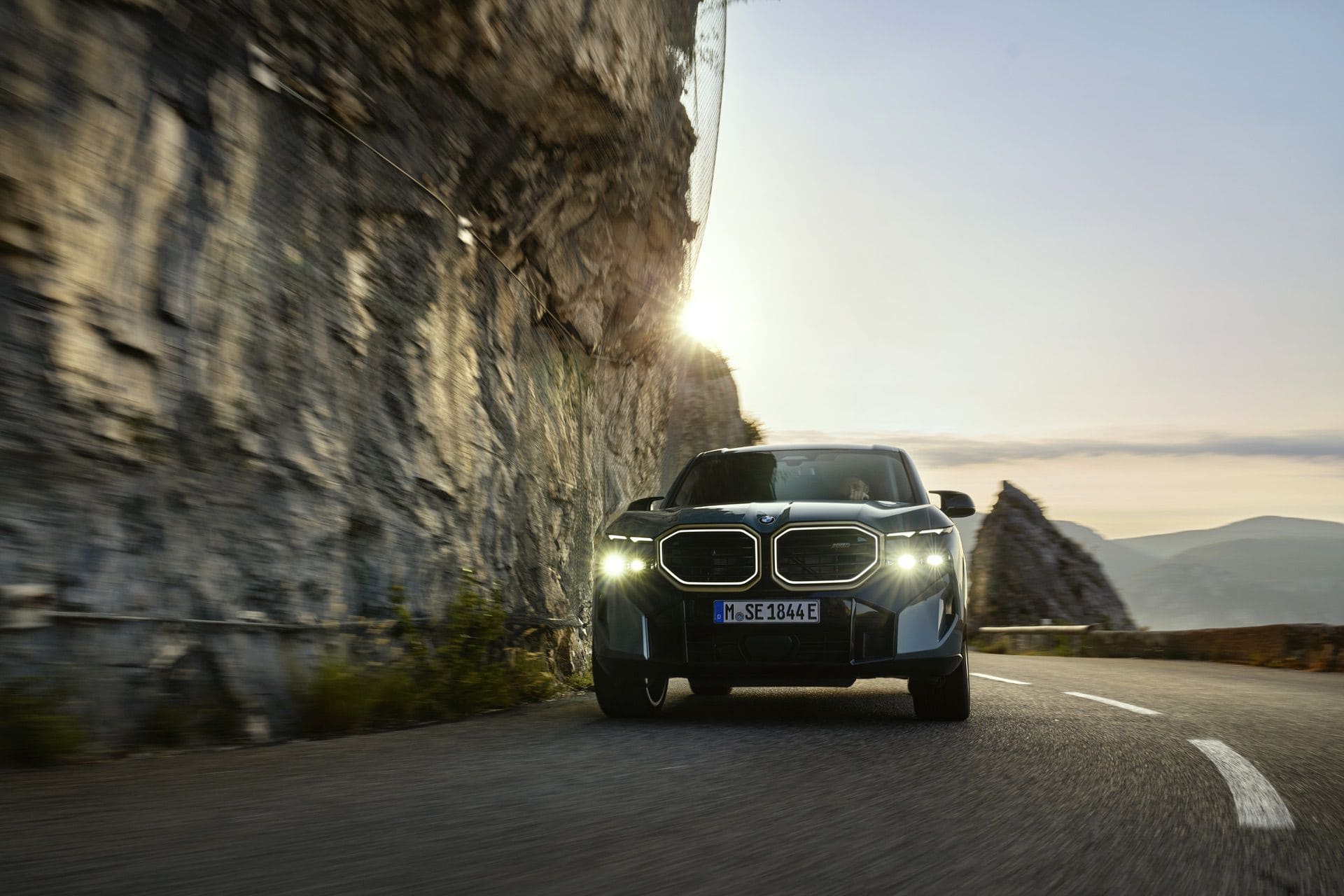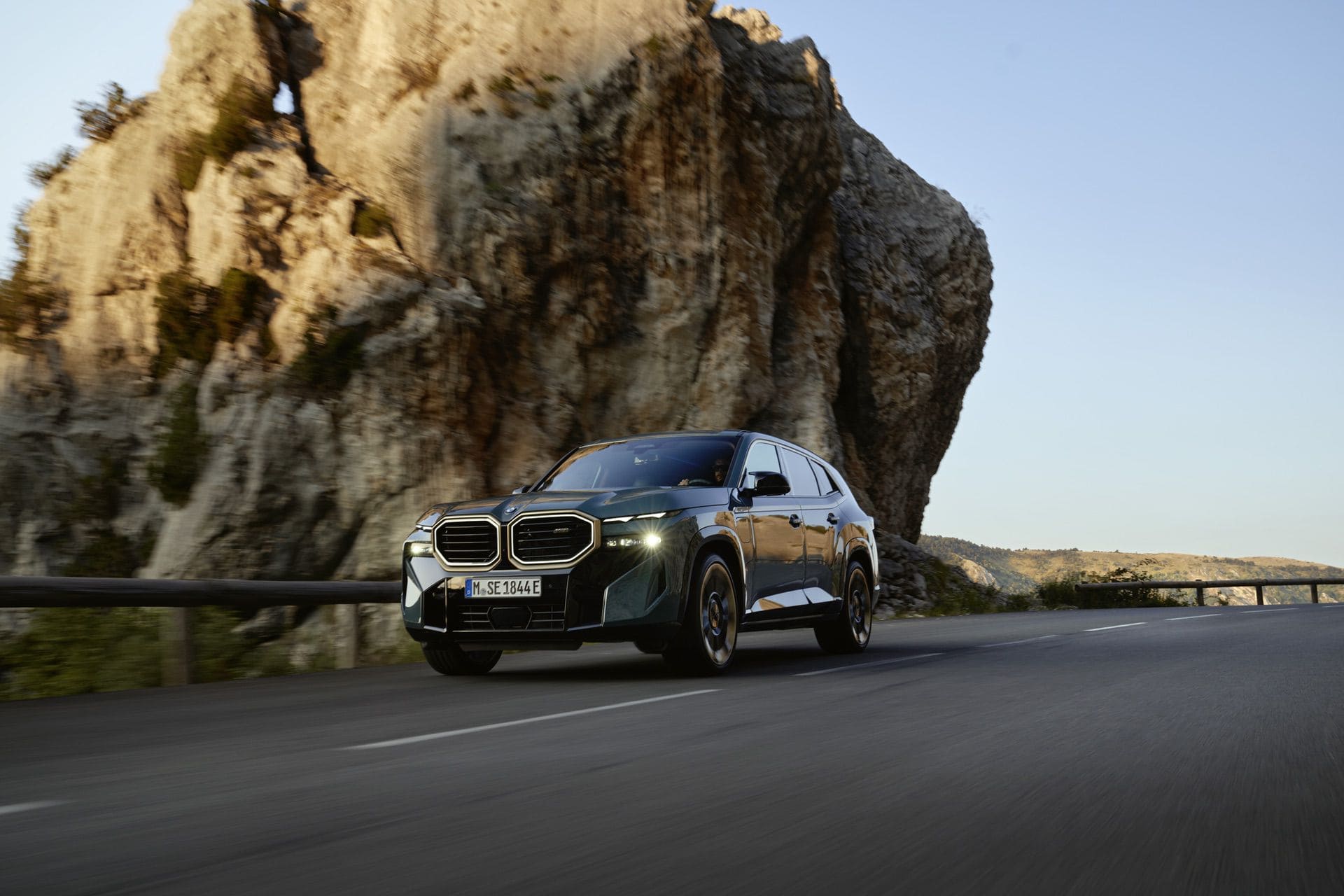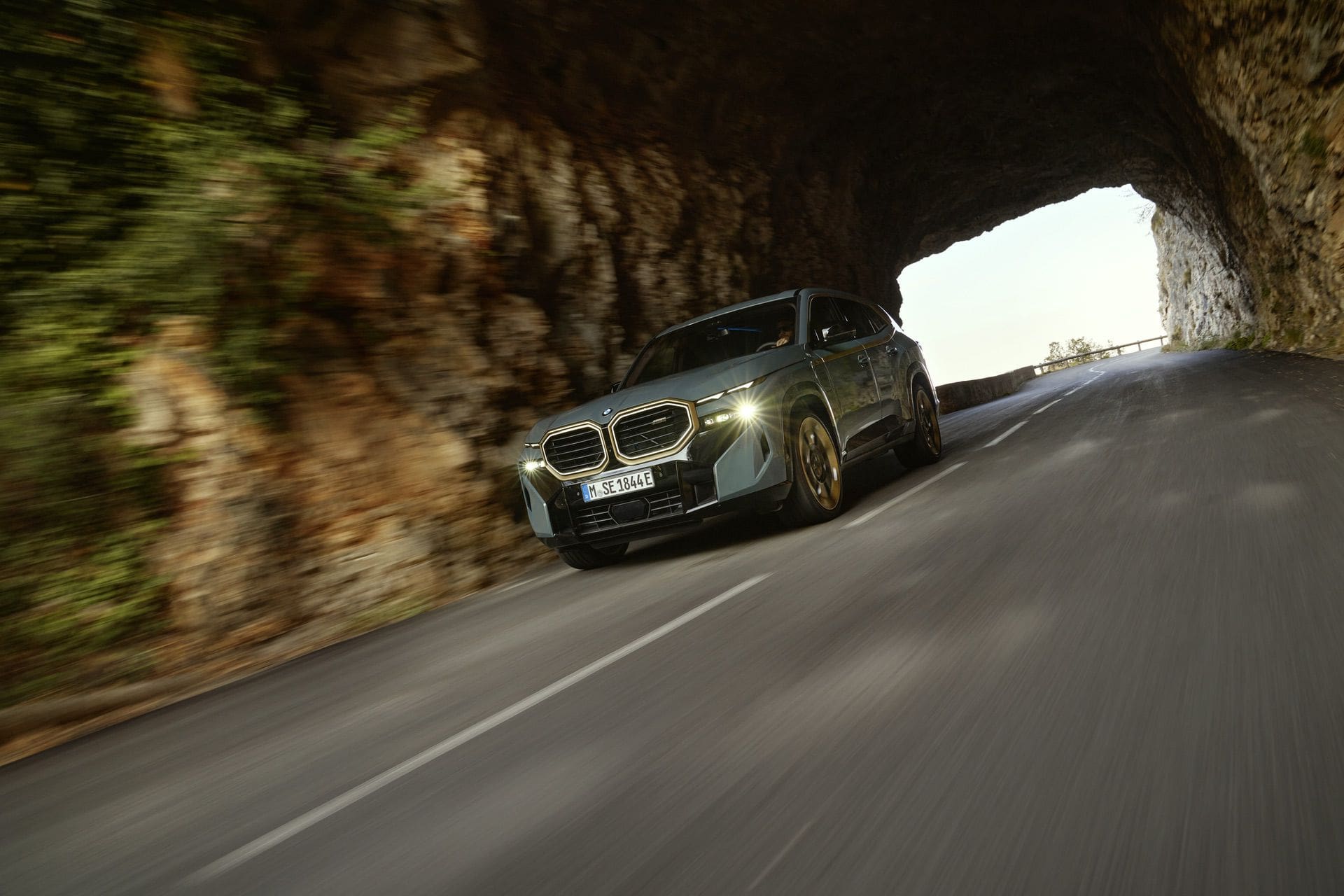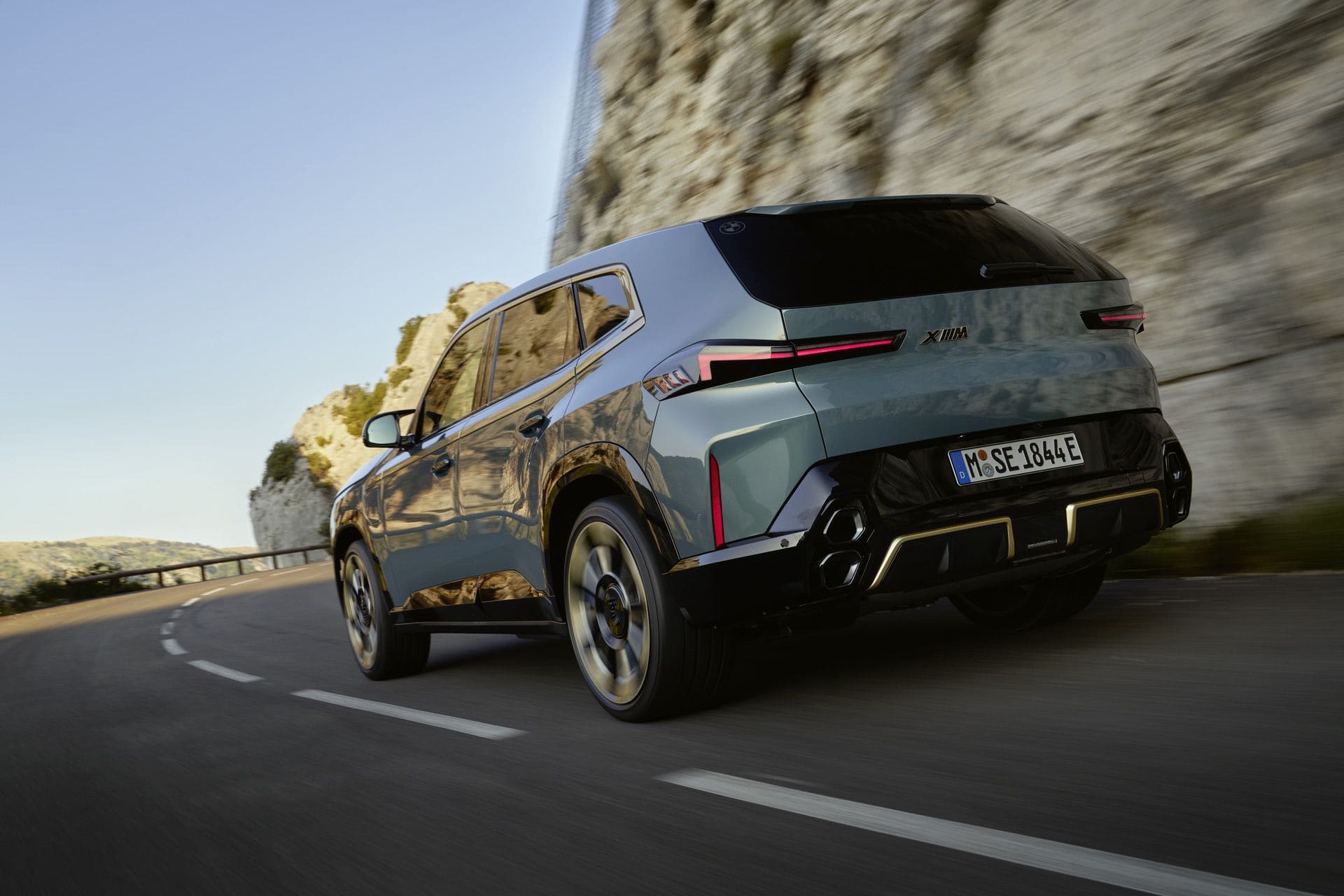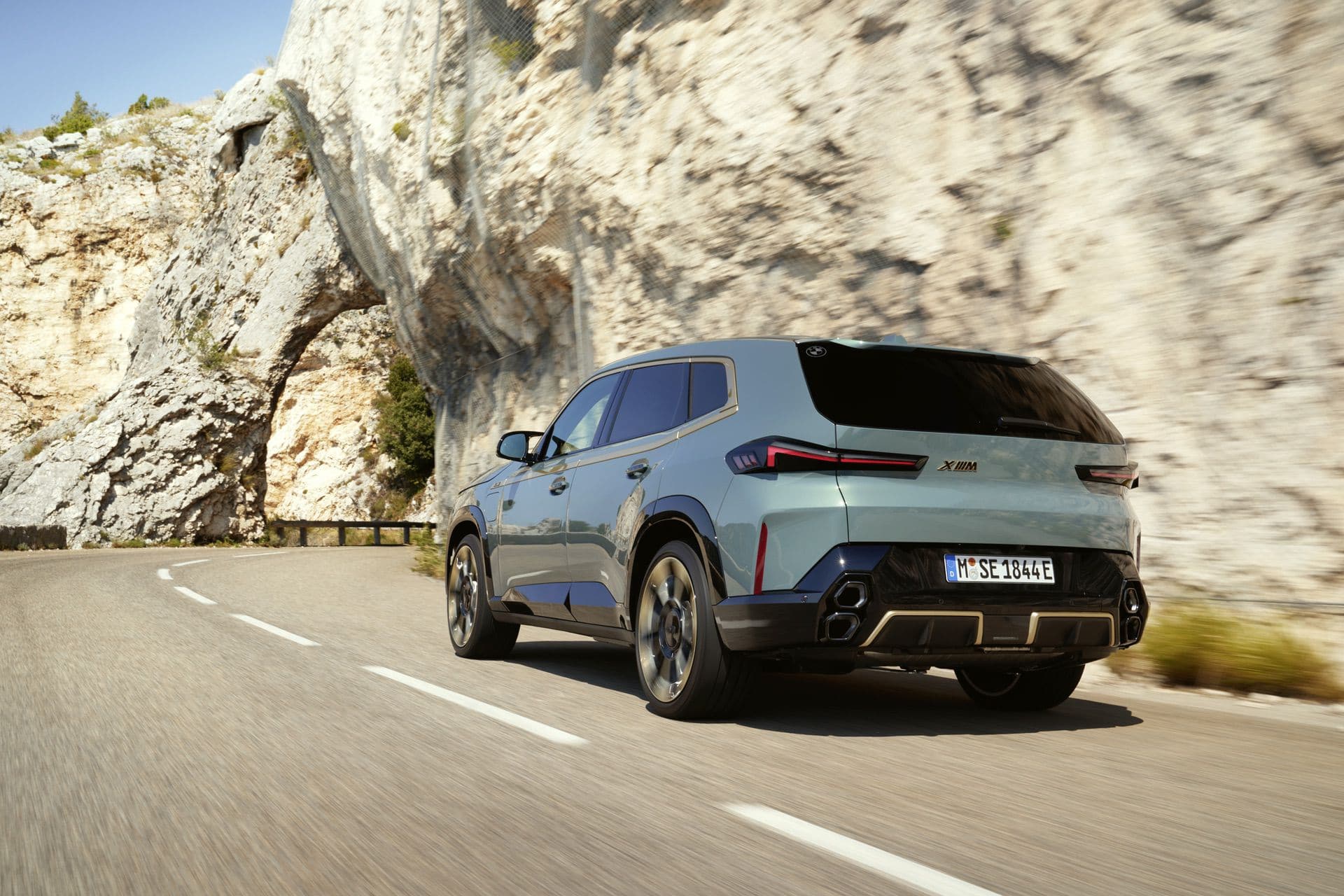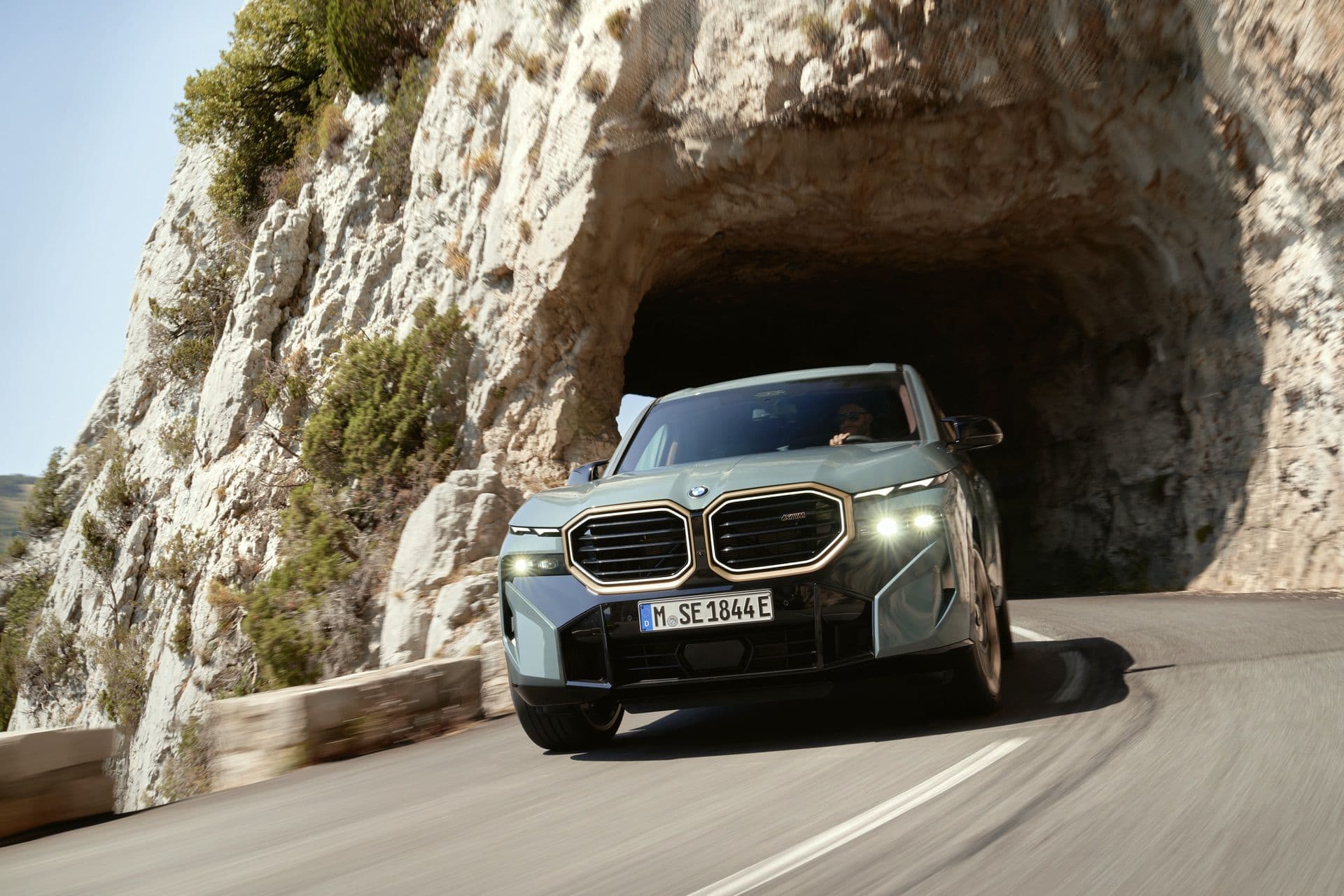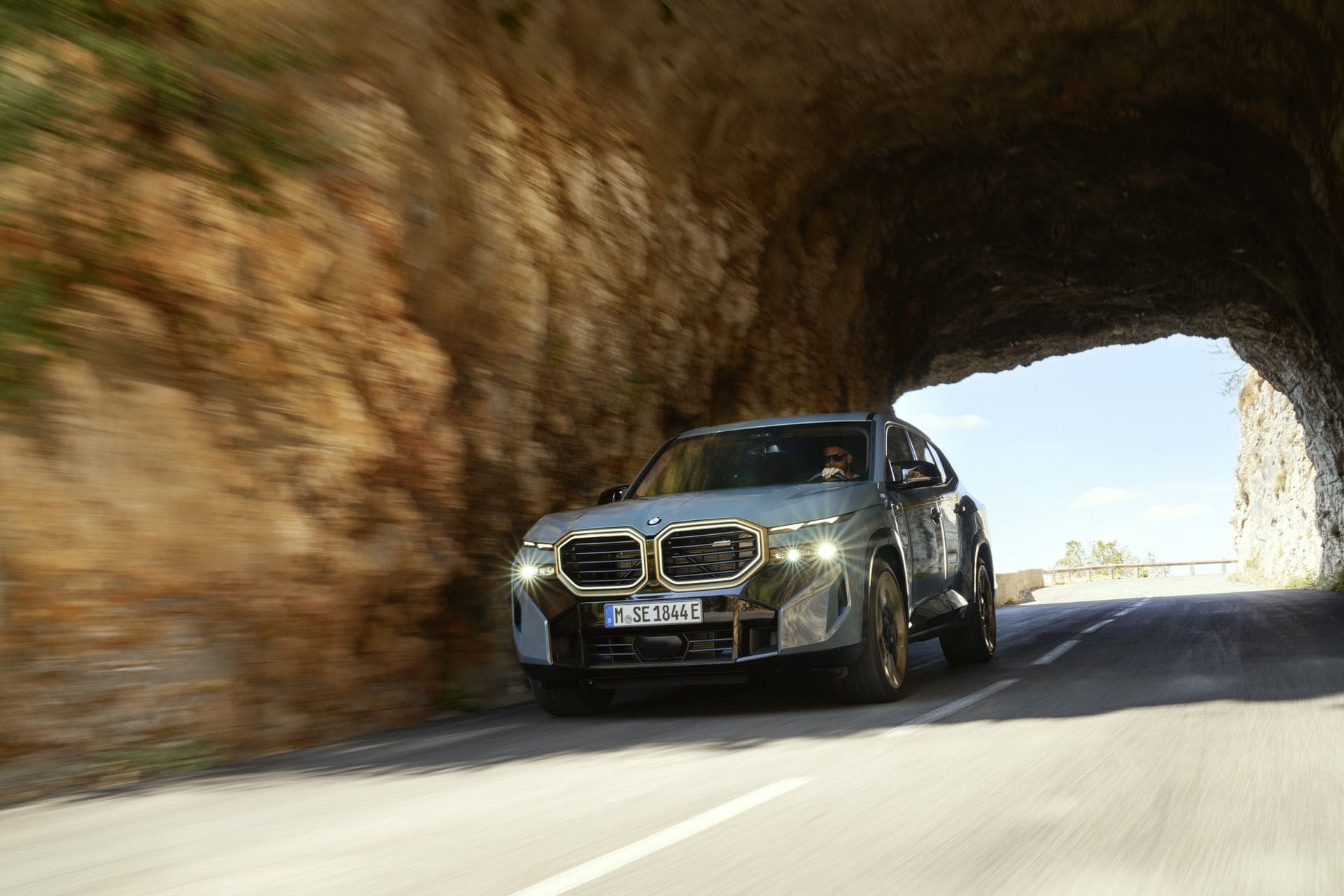This is it, folks, the moment you’ve been waiting (bracing?) for. The BMW XM is finally here and it represents a lot of new territory for BMW M. It’s the most powerful M car in history, it’s the first hybrid M car, it’s the heaviest M car ever, and it’s the first M car to not be based on an existing BMW product. However, like it or not, the XM is going to be every bit as controversial as it is novel. With that, let’s jump right into what the all-new BMW XM is all about. In the United States, the base MSRP starts at $159,000 plus $995 destination and handling. Production of the 2023 BMW XM will start in the fourth quarter of 2022 at Plant Spartanburg in South Carolina.
Two Different XMs

Let’s start with the important bit—its powertrain. There will be two models to start, the BMW XM and the XM Label Red. We’ll discuss the Label Red a bit later, as BMW M’s ‘Label’ system is another first and requires a bit more explanation.
All BMW XMs will come with essentially the same base powertrain, only in different states of tune; an “S68” 4.4-liter twin-turbocharged V8 with a hybrid electric motor sandwiched in between the engine and the eight-speed ZF automatic transmission. All XMs will be all-wheel drive as well, featuring a newly tuned xDrive system. In the standard XM, that combined powertrain makes 644 horsepower and 590 lb-ft of torque (483 horsepower from the engine, 194 horsepower from the motor). Interestingly, the electric motor by itself makes 206 lb-ft of torque but an additional gear set, in between it and the transmission’s input shaft, bumps that torque figure up to 332 lb-ft.

According to BMW, the standard XM gets from 0-60 mph in 4.1 seconds (0-62 mph in 4.3 sec) and, while it’s likely to be quicker than that in reality, it’s a little but tough to not be disappointed in that figure. A Lamborghini Urus makes less power and it quicker than the XM, despite not having the instant electric torque boost of the XM’s hybrid motor. That proves just how much weight plays a factor into the XM’s performance.
As for the battery pack itself, it has a usable capacity of 25.7 kWh, which isn’t too big but it does provide an electric range of 88 kilometers (57 miles) on WLTP, which is surprisingly good for a car of the XM’s size. Of course, the EPA range is a bit lower: estimate at 30 miles. A level 2 home charger will also charge the battery in about 4.25 hours. Top speed in EV mode is 140 km/h (87 mph), which again is pretty good for a hybrid. So if you only make short journeys, you could theoretically do them only in electric mode.
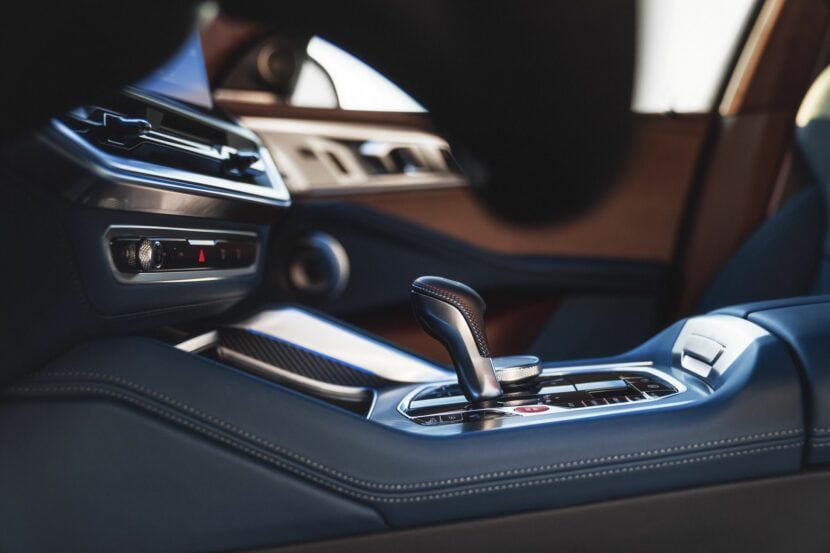
All of that is driven through the standard BMW M eight-speed ZF automatic gearbox, which eschews a torque-converter for a wet multi-plate clutch. Power is sent to all four wheels, naturally, but there’s no two-wheel drive, full-burnout mode like there is in the M3 and M5. That’s no surprise, though, as none of BMW M’s SUVs have that function, either.
BMW XM in Black Paint
BMW says that 7 paint colors are available for the exterior of the BMW XM, including three colors exclusive to M models and one BMW Individual finish. Further options are expected to be added in summer 2023. Eventually, customers will be able to choose from more than 50 BMW Individual paint finishes.
BMW XM can be ordered with a NightGold Metallic exterior trim. If this option is specified, the accent band along the sides of the vehicle, the BMW M kidney grille’s outer border, and the surrounds for the diffuser elements at the rear are finished in NightGold.
Does it Handle Like an M Car?

BMW has invested in some immense hardware and software trickery, in an attempt to make the XM far more graceful. BMW didn’t release a weight figure for the XM but it’s based on a conventional chassis, is bigger than an X5, has a massive V8, an electric motor, a battery pack, and enough flashy luxury to shock a Kardashian—so it’s gonna be heavy.
Still, don’t count it out as a genuine performer. BMW M has proven it can make elephants dance before, with the X5 M and X6 M. So it would shock almost no one if the XM is capable on both road and track. However, that capability will come (perhaps intentionally) at the expensive of engagement.
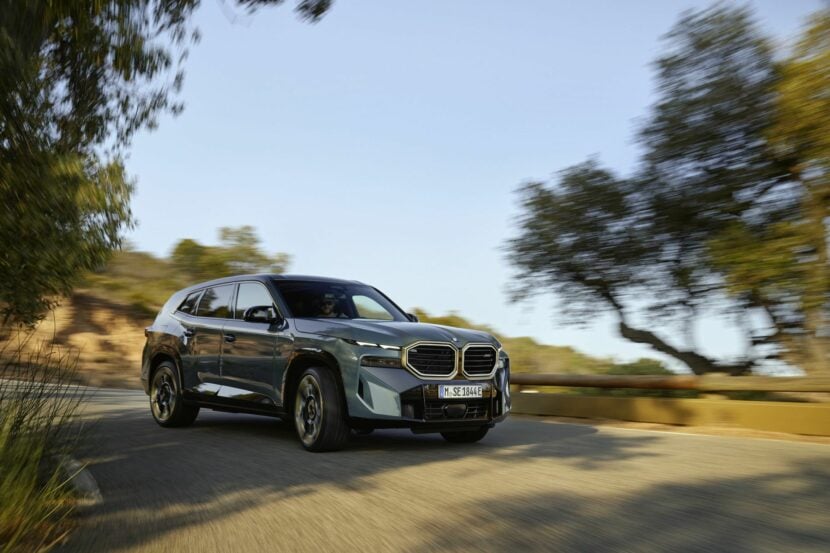
The BMW XM will boast an impressive suite of hardware and software handling enhancers. For example, it will get a new double-wishbone front suspension setup, with forged upper control arms, aluminum wheel carriers, and lightweight end links. BMW claims an almost 50/50 front/rear weight distribution but doesn’t provide specifics. Still, it gets steel springs with new adaptive dampers, 48-volt active anti-roll bars—which use electric motors to stiffen while turning and slacken off while driving in a straight line. The former decreases body roll and improves agility, while the latter reduces rigidity and adds comfort.
BMW XM Technical Highlights
Another first for an M car is the BMW XM’s Integral Active Steering, which is BMW-speak for rear-wheel steering. Like all such setups, it steers the rear wheels opposite of the fronts at low speed for improved agility and a tighter turning circle. However, at higher speeds, it turns the rear wheels slightly in the same direction as the fronts, for increased high-speed stability.
BMW also get the XM an entirely new rear differential, designed to cope with the immense torque punch of the hybrid powertrains. Aiding that new differential is BMW’s near-actuator wheel-slip limitation system. Essentially, it’s an additional traction control system that monitors wheel slip only, which is faster than utilizing the traditional DSC for the same function, and can help keep all of the XM’s immense power to the ground. To keep things smooth and stable, the XM also gets model-specific half-shafts, to help manage all of its instant torque.
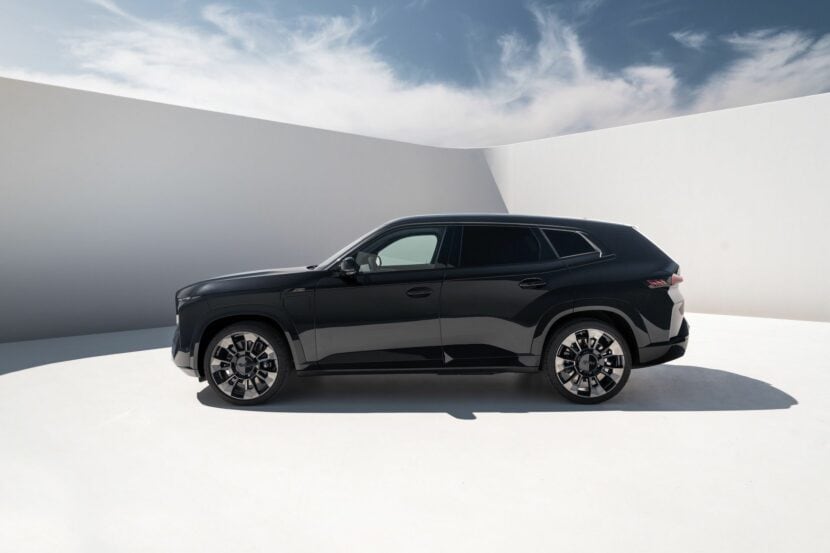
But a performance car is only as good as its brakes, especially when it’s as big and heavy as the XM, right? Thankfully, the XM should have a good set of stoppers. As per usual with modern M cars, the BMW XM gets a brake-by-wire system and two different brake pedal configurations: Comfort and Sport. The main difference with the XM is that there’s regenerative braking added to the mix, which will add some juice back into the battery under braking. That will also help slow the car down on its own, so brake pedal calibration needs to be spot-on to manage those two things seamlessly. BMW has done well with such systems in the past, so it wouldn’t come as a surprise if the XM’s brake pedal feel is quite good.
Those brakes are aided by simply massive tires. Standard are 23-inch wheels, wrapped in 275/45/21 front tires and 315/40/21 rear tires. BMW didn’t say which tires are available just yet but expect some sort of Michelin, like the newest Pilot Sport 5. Available as an option are 22-inch M aerodynamic wheels with inserts that reduce both weight and drag. Customers may also choose 23-inch bi-color M light-alloy wheels. These are finished either in Black or Night Gold and feature a unique hub cover with BMW lettering.
A Standalone Car Gets Standalone Looks

I was very curious to see what BMW might design with a completely clean slate. The XM is an M car but it isn’t based on a pre-existing BMW product, so BMW designers truly had a blank sheet of paper to develop a single, standalone model from scratch. So what did they come up with?
Well, they designed a massive SUV with some unusual proportions and design elements that are sure to baffle BMW purists for years to come. The front end isn’t even the worst part, as it is with some recent Bimmers. The grilles are big and the split headlights are novel but neither look particularly bad. In fact, they actually work with the size of the front end. However, it’s the rest of the car that seems odd.
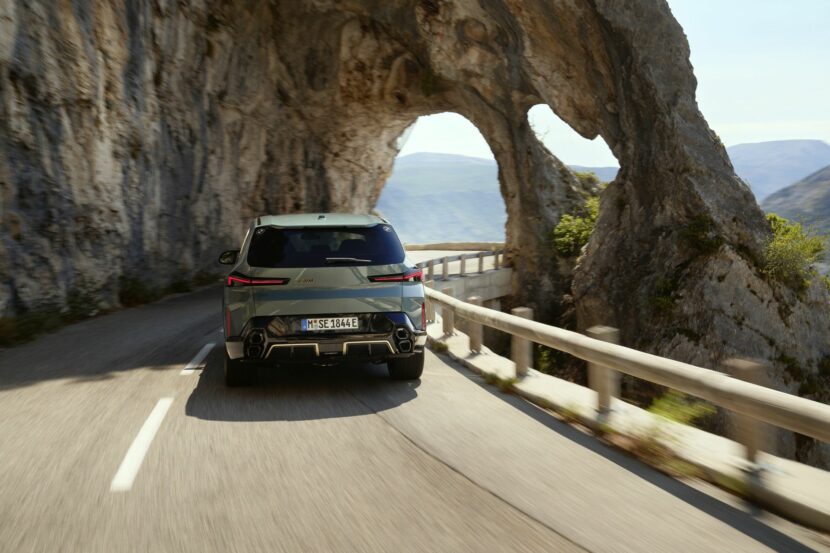
BMW XM Design Sketches
For starters, the shape of its roofline and shoulder line just don’t seem quite right. Then there’s the unusually bulbous rear window, strange the shoulder line trim, and the controversial vertically-stacked exhausts. Nothing about the XM is typical of BMW design but that was sort of the point. The XM was designed to be different because, after all, it is. However, the issue is that it seems to be a bit disjointed, as if the front, side, and rear of the car were designed by different people, in different rooms, without consulting each other. But again, styling is subjective, so take my opinion with a grain of salt.
It doesn’t really look much different than the XM concept car that BMW released earlier in the year, so if you’ve seen that car, you get the idea. However, what is actually interesting is the interior.
Style Over Performance Inside

It used to be that M cars had driver-focused cabins, with interiors designed to feel sporty and motorsport-inspired. The BMW XM changes things up a bit. While the cockpit is still sporty, the XM’s emphasis is on luxury and style, especially in the back seat. Front passengers will get unique air vents, the new curved iDrive 8 screen, a new steering, and new multifunction seats. Black chrome accents make all of its buttons and switchgear seem both sporty and high-end, as well.
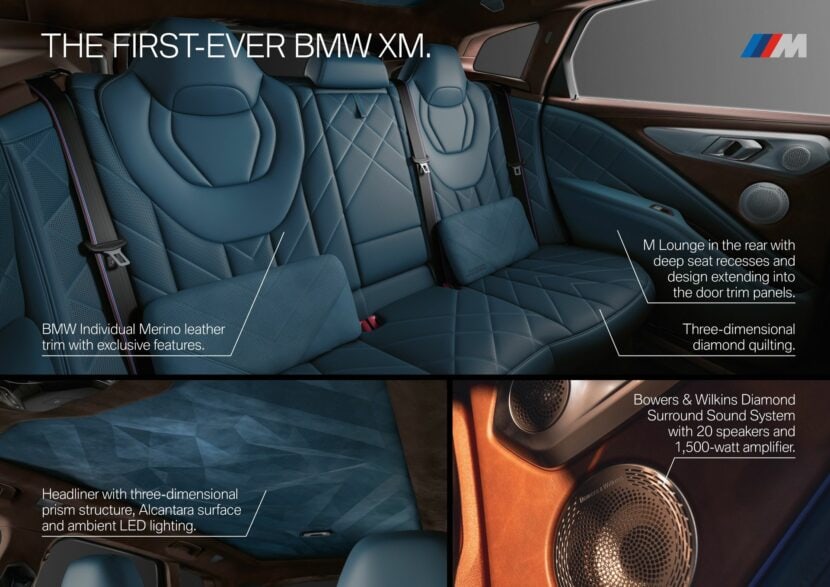
However, the headline news is two-fold: the back seat and the leather. Since when is the back seat more important news than the front seat, in an M car? Since now, apparently. In the back of the BMW XM, passengers are greeted to a more lounge-like atmosphere, with rear seats that allow the side two passengers to look at each other, creating a more conversational environment. While there is a middle seat, and BMW claims it’s large enough for a passenger, the XM is really about seating two people in comfort in the back. Even the rear seat bottoms are angled in such a way to create a more comfortable, relaxed experience.
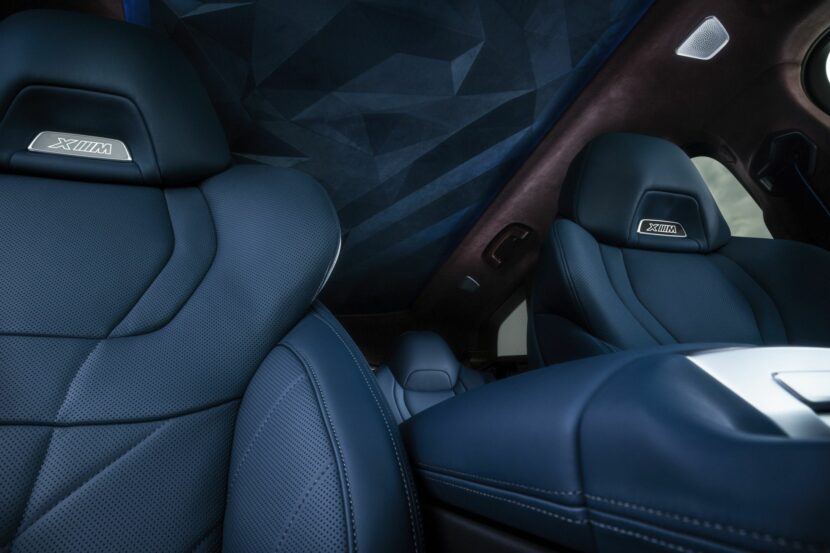
Above all passengers is a new “3D prism-sculpted” Alcantara headliner, which also comes with LED lighting. So as to not step on Rolls-Royces toes, the BMW XM doesn’t use its headliner lighting to recreate any starry nights. Instead, it borders the headliner, to create what BMW calls a “photo mount” border. Those lights can also change based on driving mode, the welcome and goodbye modes, and when the driver starts the car. That LED border is supposed to give passengers a sense of mood lighting, more than anything else.
BMW XM Interior Design
The other headline interior feature is its new vintage leather option. BMW is offering a soft Coffee Brown Napa leather that’s been intentionally aged, so it shows every crease, imperfection, and even bug bit in the cowhide. That gives a more luxurious, sort of gentleman’s lounge chair-like feel than your standard leather. Admittedly, Audi had a similar leather on the original TT almost two decades ago but we’ll let BMW be excited about this for now. It’s still a unique option that makes the BMW XM stand out from its siblings.
Despite the fancy leather and lounge-like backseat, the BMW XM is still surprisingly practical. The trunk offers 527 liters of cargo space on its own but that number jumps up to 1,820 when the rear seats are folded down. It also has a towing capacity of 2,700 kg.

I’m also happy to report that the BMW XM will get a new digital gauge screen, made specifically for the XM (and likely all future M cars). It’s said to feature new graphics and even rev lights. BMW’s digital gauges have never been the best but I’m optimistic that these new ones will be better.
Speaking of screens, BMW will let you use the main iDrive screen a bit more than usual. If you’re stopped, charging the car, you can stream YouTube while you wait. BMW doesn’t specify whether that function will work while driving, though that remains doubtful. At least we hope it does.
What is the Label Red

Of course, that brings us onto the Label Red, which will be more powerful and faster, though there’s an asterisk need for the latter.
The BMW XM Label Red uses a pumped up version of the same powertrain and it makes a mightily impressive combined 735 horsepower and 735 lb-ft of torque. It makes that total power output by bumping up the engine power to 585 horsepower and 553 lb-ft of torque. Obviously, this will be the faster version but BMW hasn’t released official performance figures just yet, so how much faster is still very much in question. BMW claims peak torque from the engine comes in at 1,500 rpm and lasts until 5,000 rpm, giving it an incredibly wide, flat powerband.
Why is it called Label Red? The BMW answer is something about emotion but the real answer is that it makes the car sound more high-end for would-be buyers. It also gives BMW the opportunity to develop new Label models in the future, with different power output and styles. BMW hasn’t officially announced any new Labels but we hear there are more on the way. The MSRP is not finalized, but BMW of North America says that it will start at over $185,000.
Controversial but Profitable
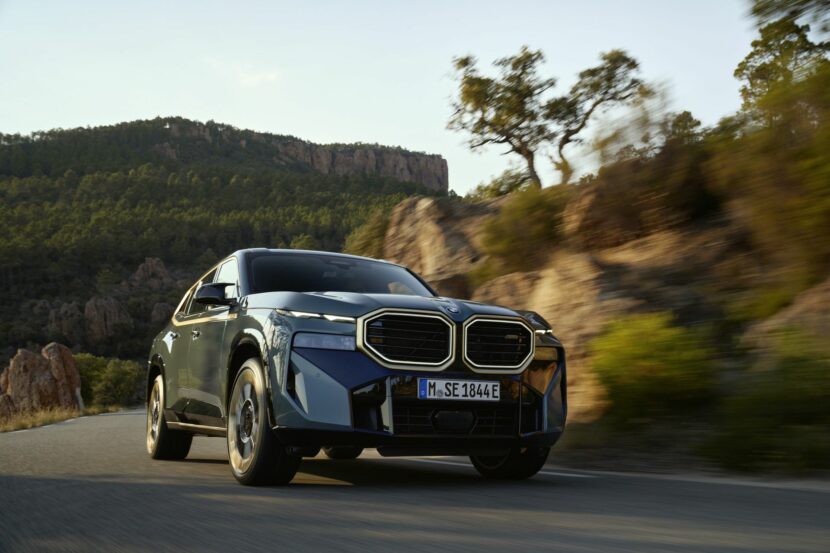
BMW understands it’s going to annoy purists with the XM. Its designers, engineers, and executives are fully aware of the critical feedback of the XM’s design, weight, and hybrid nature. However, BMW is going to make a fortune with the XM, so it really doesn’t care what critics have to say. BMW isn’t even hiding those intentions, either. In its own press release, BMW admits that the XM’s largest targets audiences are the U.S., China, and the Middle East, all areas where large displays of exuberance are celebrated. BMW is openly making a car specifically for high-profit markets, for no other reason than to make big money.
It’s also going to be expensive, with a price tag of 159,995 in the U.S. (with destination included). Though BMW didn’t finalize pricing for the Label Red, its $185,000 starting price will likely quickly increase with special options. Don’t be surprised to see $200,000-plus XM Label Reds. That makes it the most expensive production BMW in history. Production begins in December, 2022, at the Spartanburg, South Carolina plant.
The BMW XM certainly isn’t your dad’s BMW, nor is it yours, probably. The XM is not a car for purists, or die-hard BMW fans. Instead, it’s a car for new, more premium buyers who need an SUV but want something fast and flashy. Will it be a sales hit for BMW? Probably, especially in markets like Beverly Hills. Will it be a car enthusiasts grow to love? We’ll just have to wait and see.


